English calligraphy dominates with plumilla and watercolor techniques to create elegant and artistic works
Discover the fascinating world of classical and contemporary calligraphy with a specialization that ranges from the most historical styles to the most sophisticated ornamental techniques. Learn to master English calligraphy, characterized by its elegance and precision, and the uncial style, known for its use in medieval manuscripts. Immerse yourself in the refined art of italic calligraphy, exploring both its formal and cursive versions, and delve into the foundational style, which combines classical aesthetics with modern functionality.
Plus, hone your skills by incorporating flourishes and ornamentation that add a unique artistic dimension to any piece. Each instructor—from Bego Viñuela Galarraga with her mastery of copperplate, Joaquín Seguí with his expertise in uncial, Belén La Rivera with its italic art, Leo Calderón with foundational calligraphy, and Panda, a specialist in flourishes—will guide you step by step. By the end, you'll have a portfolio that demonstrates your technical skill and creativity, opening doors to new opportunities in graphic design and visual communication.
What will you learn in this specialization?


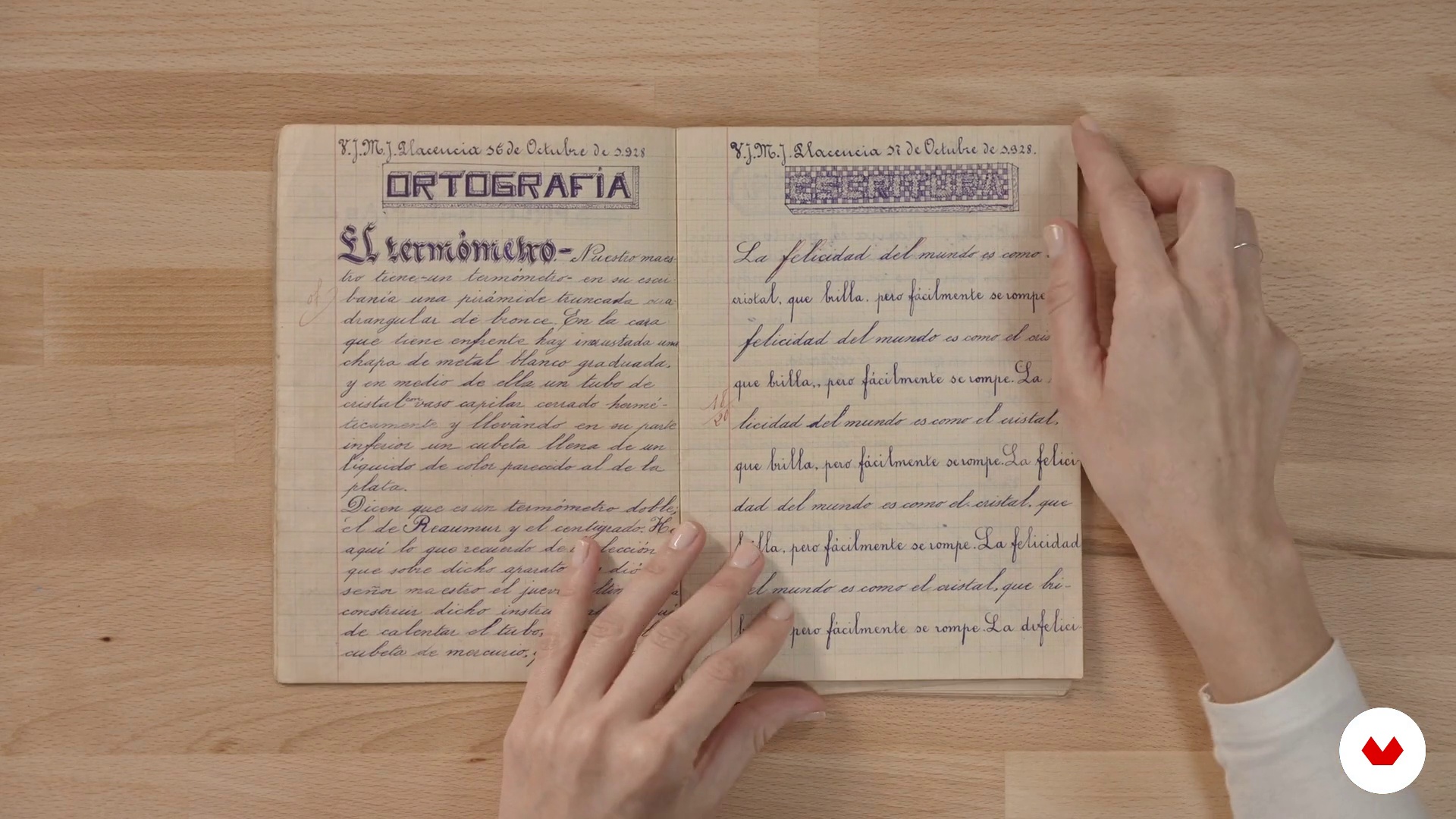

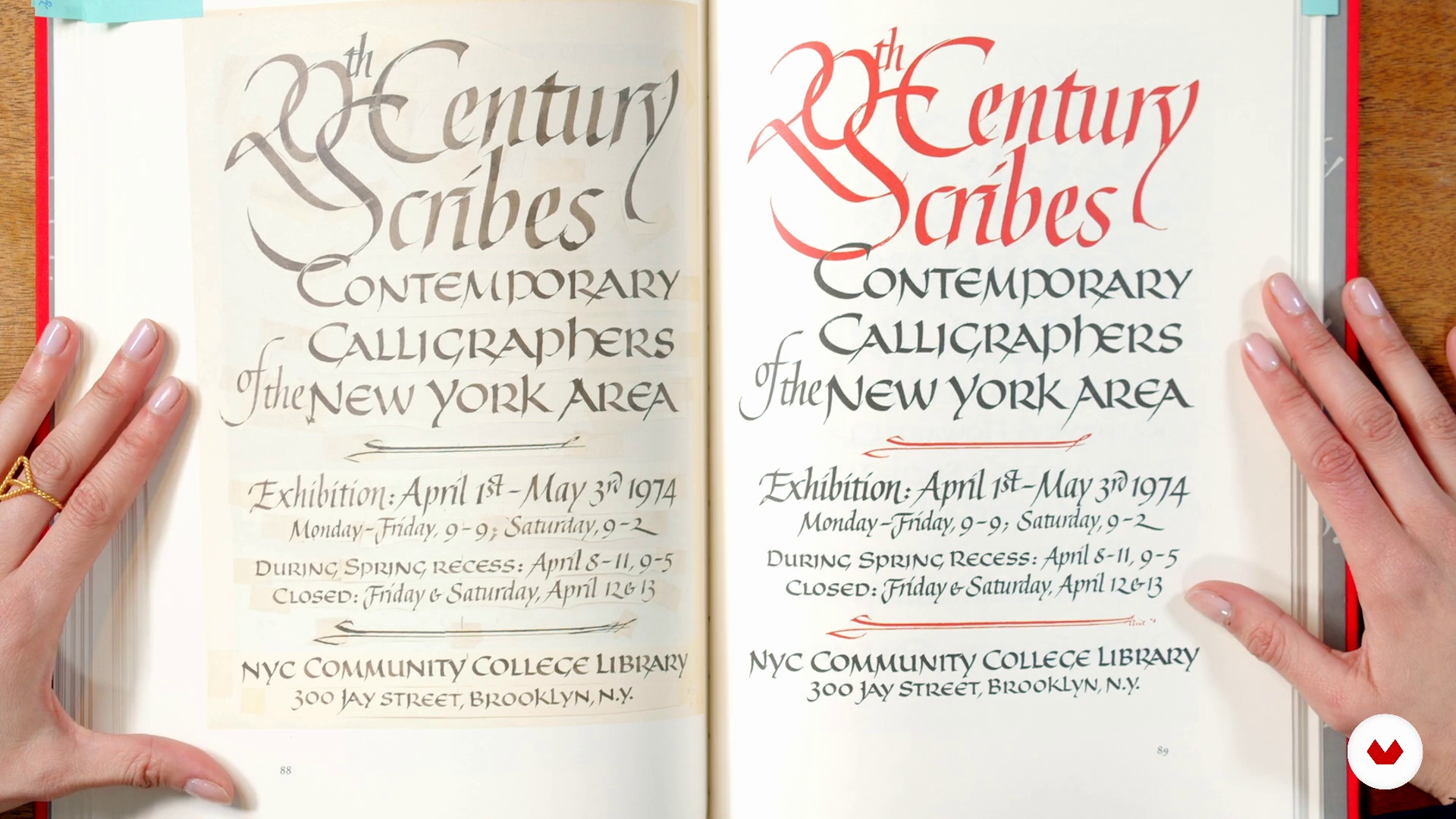
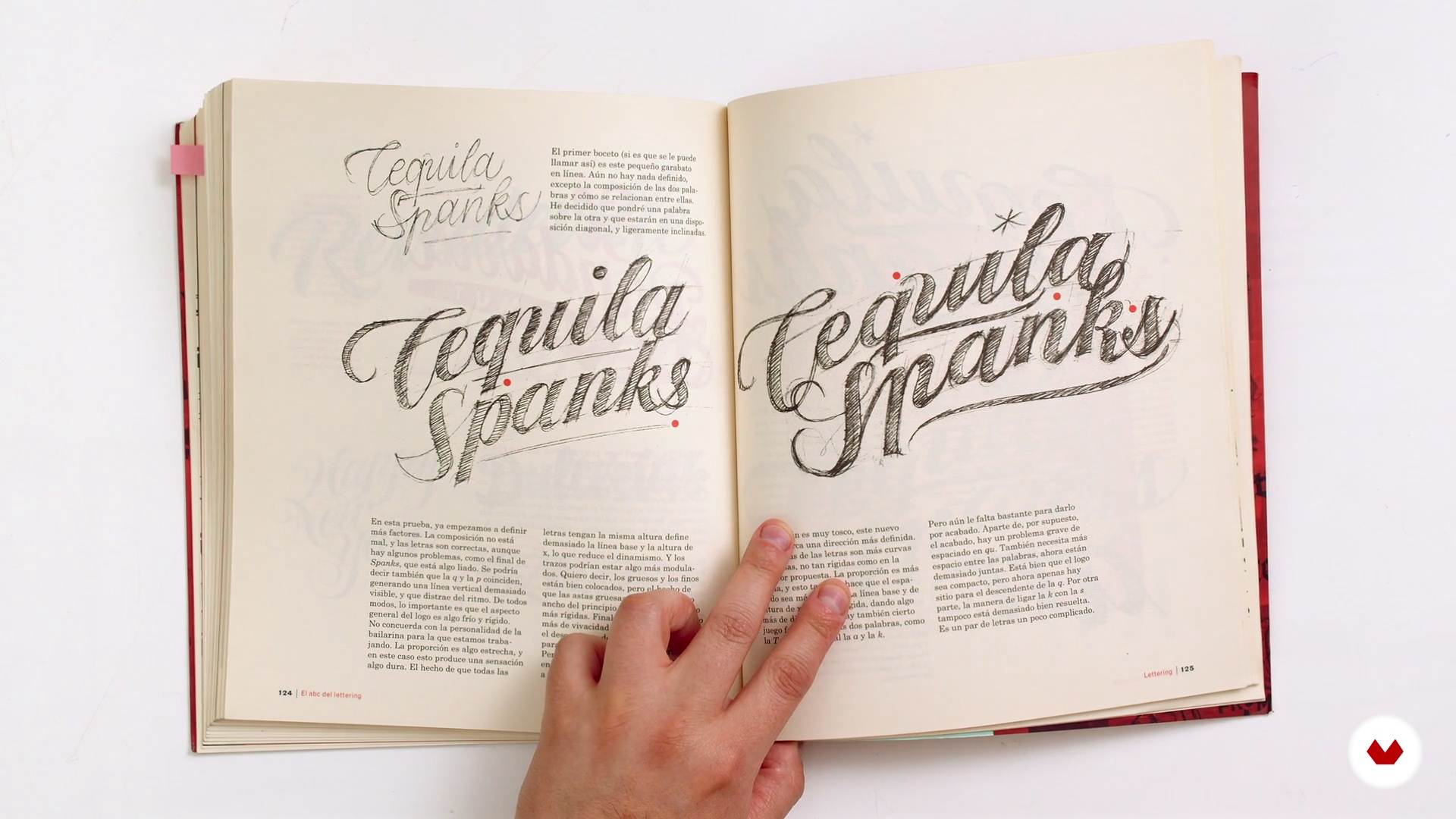
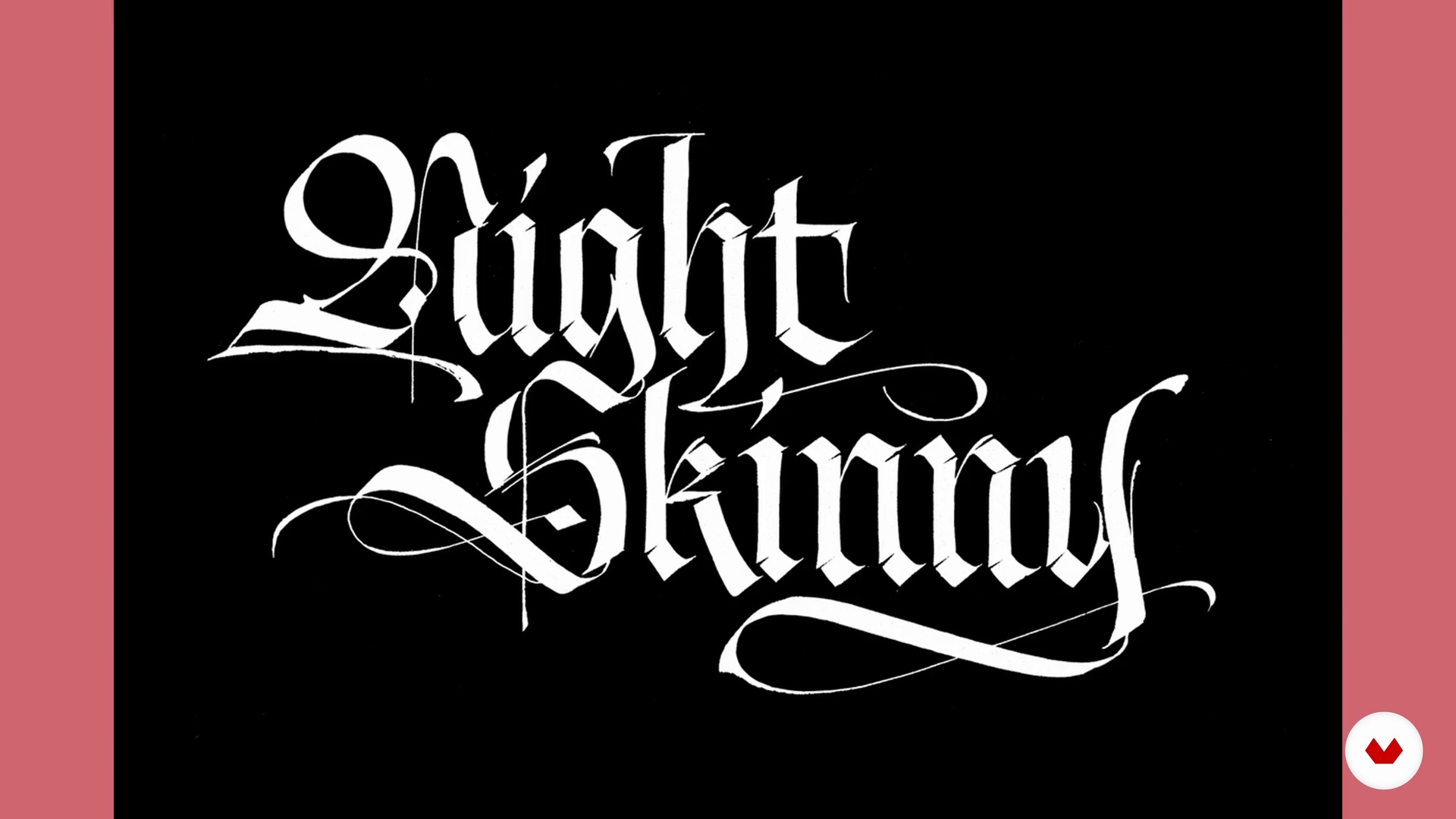

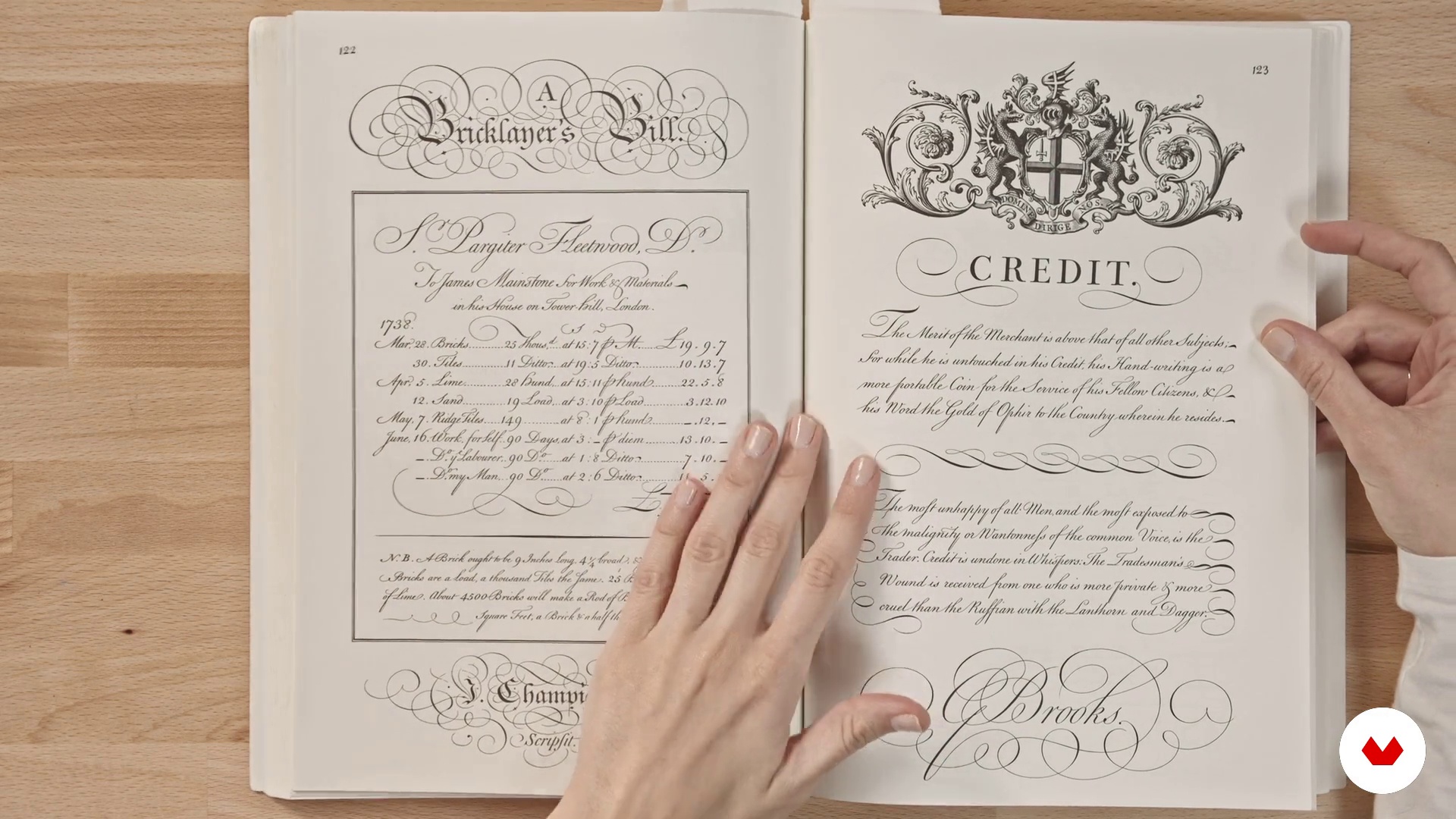
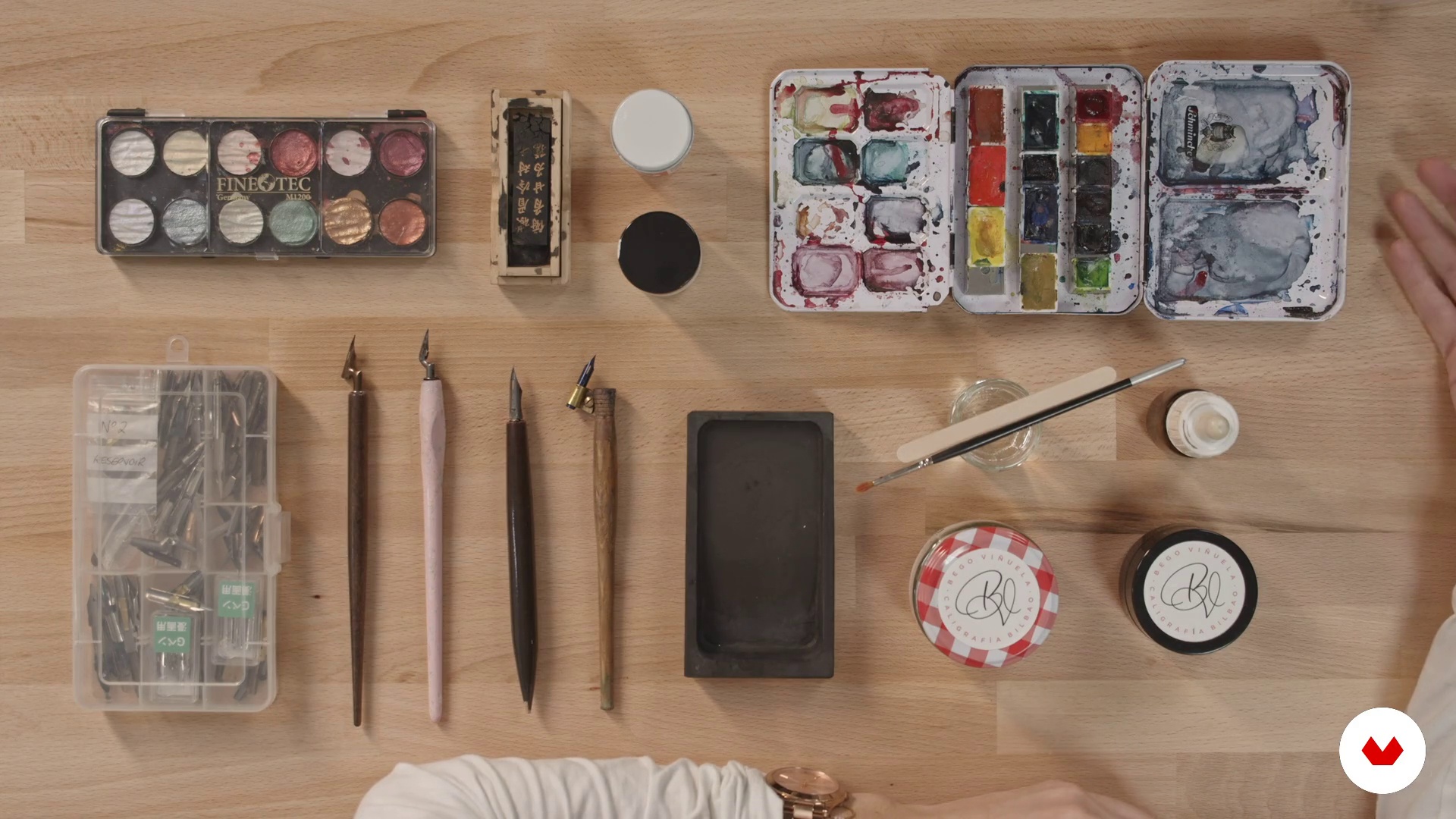
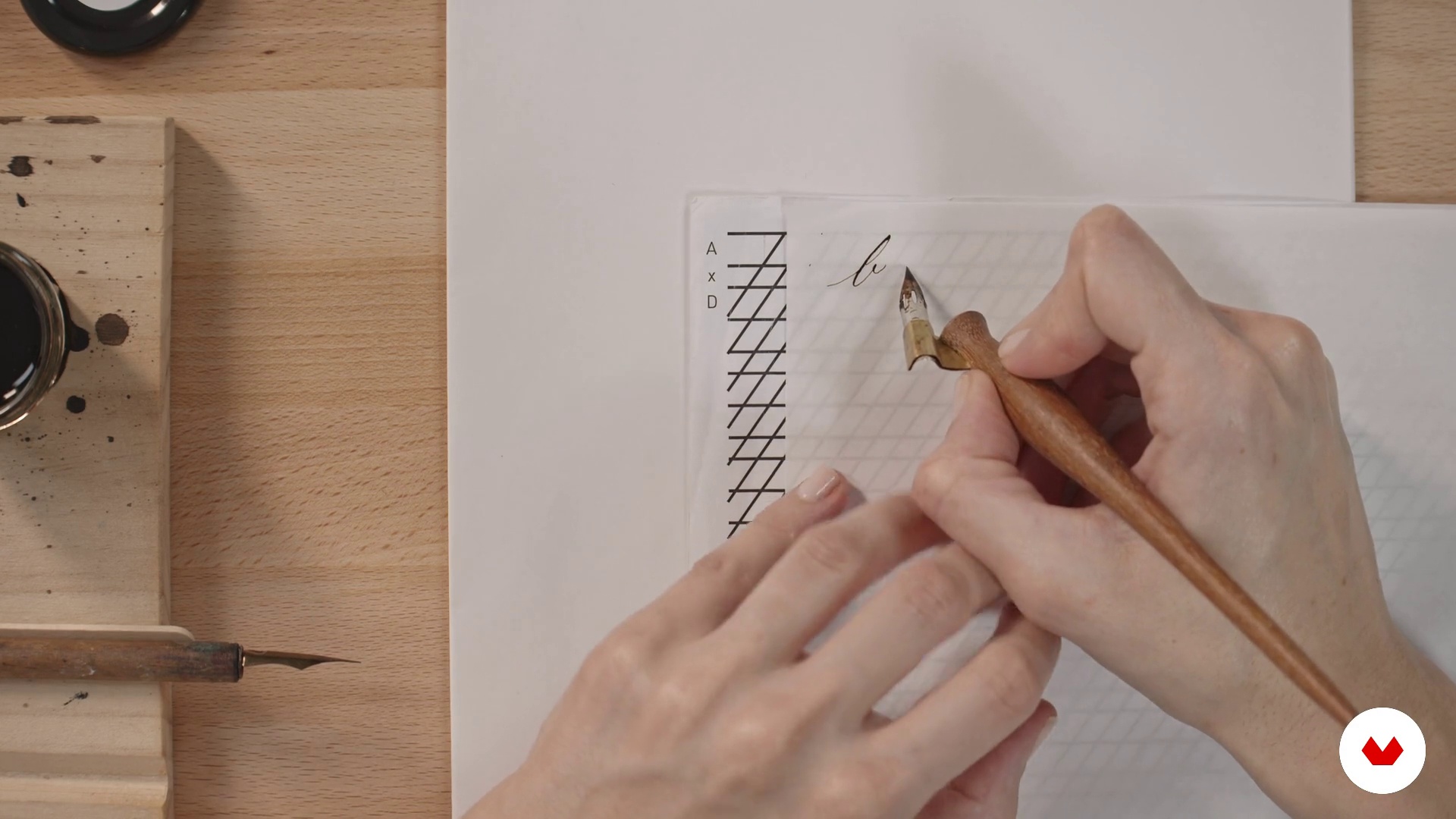
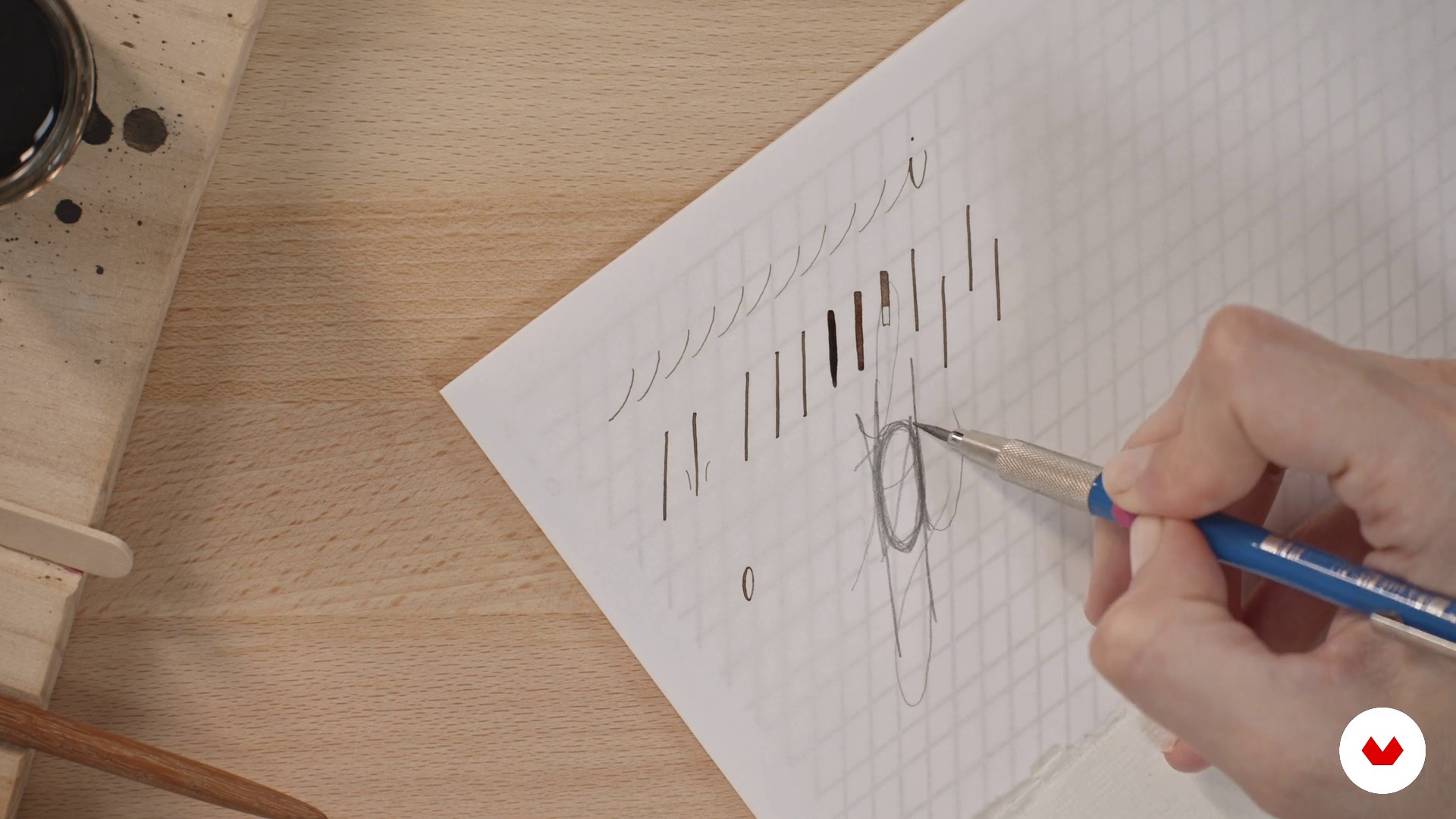
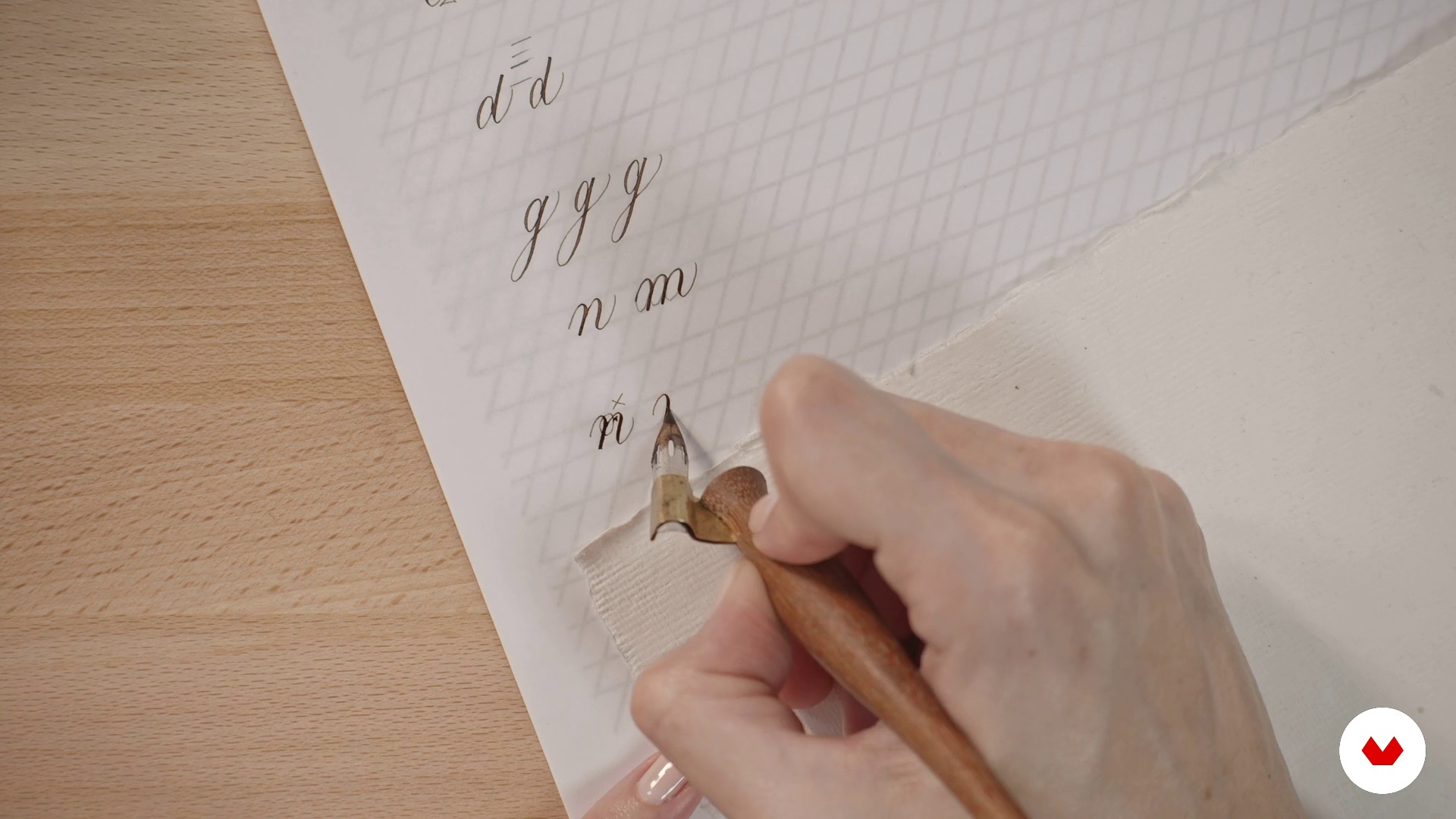
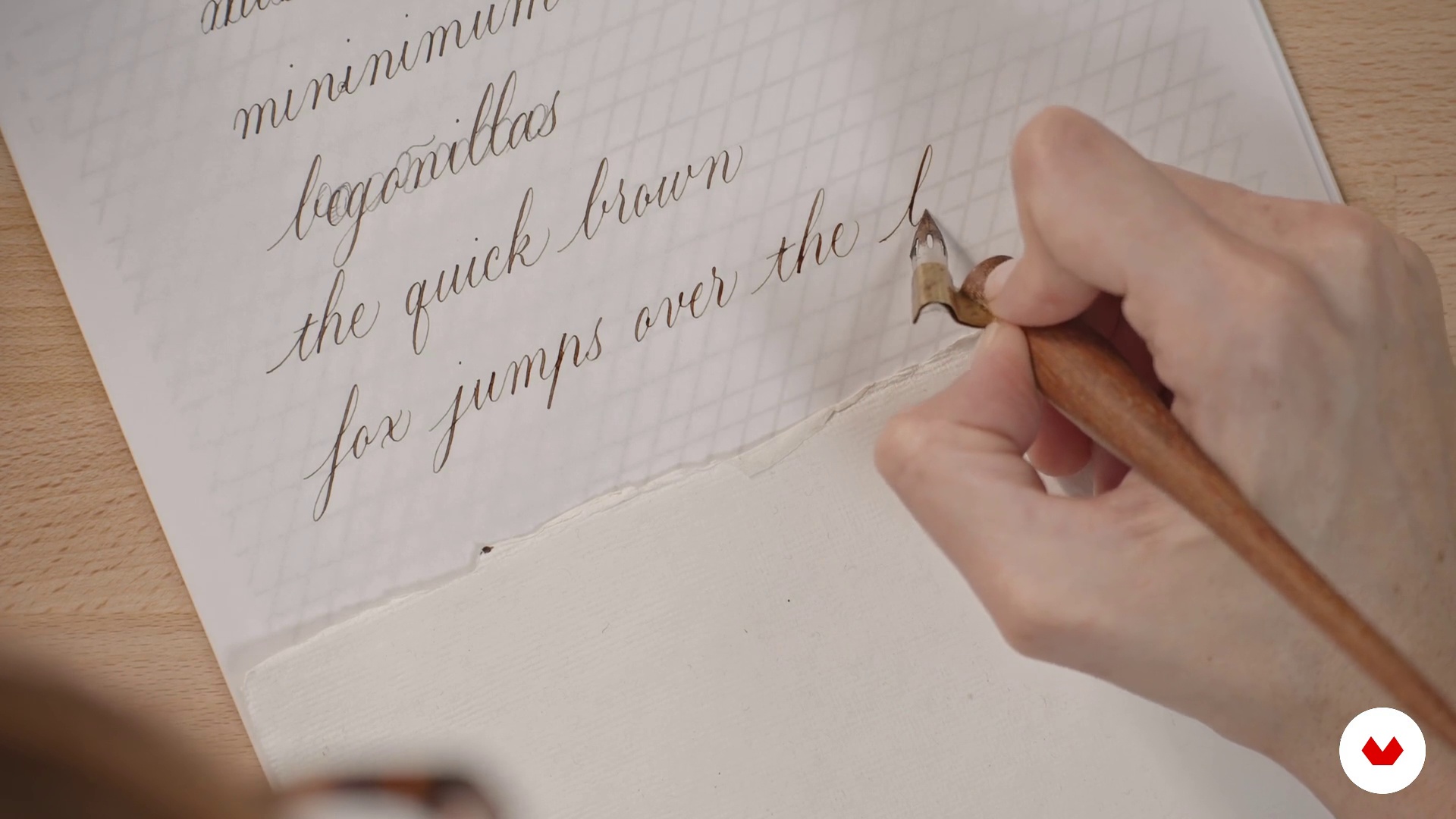
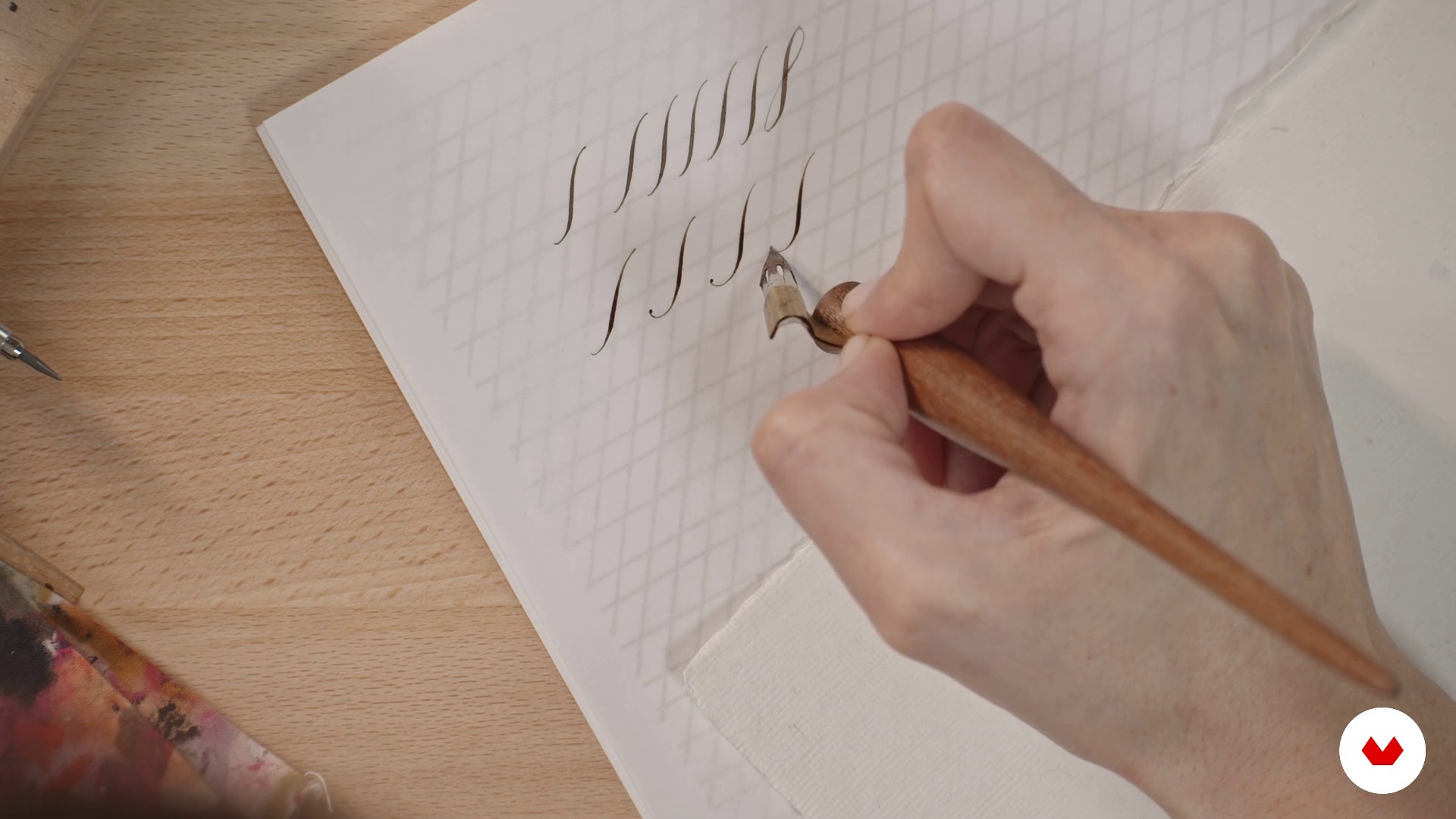
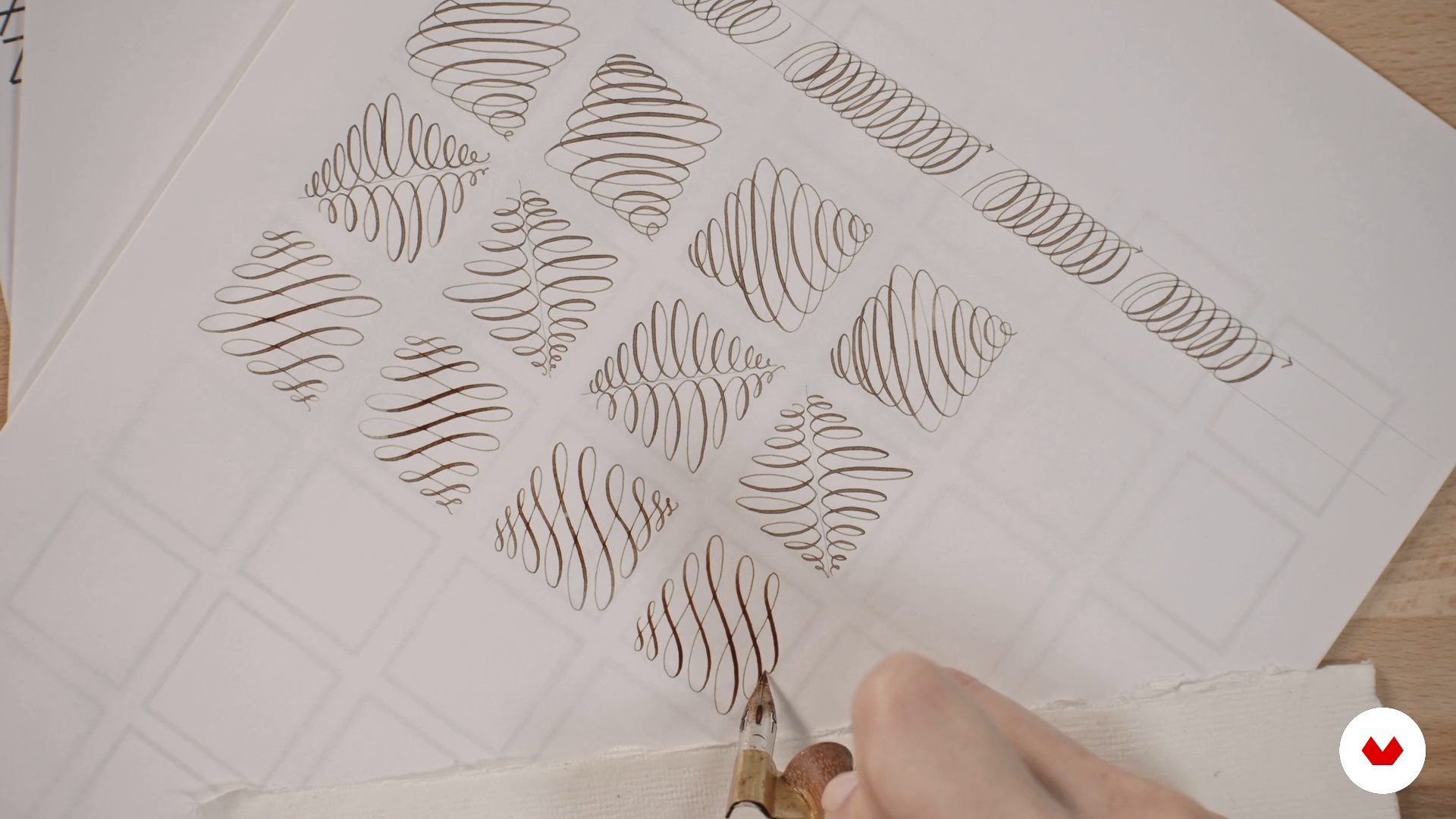
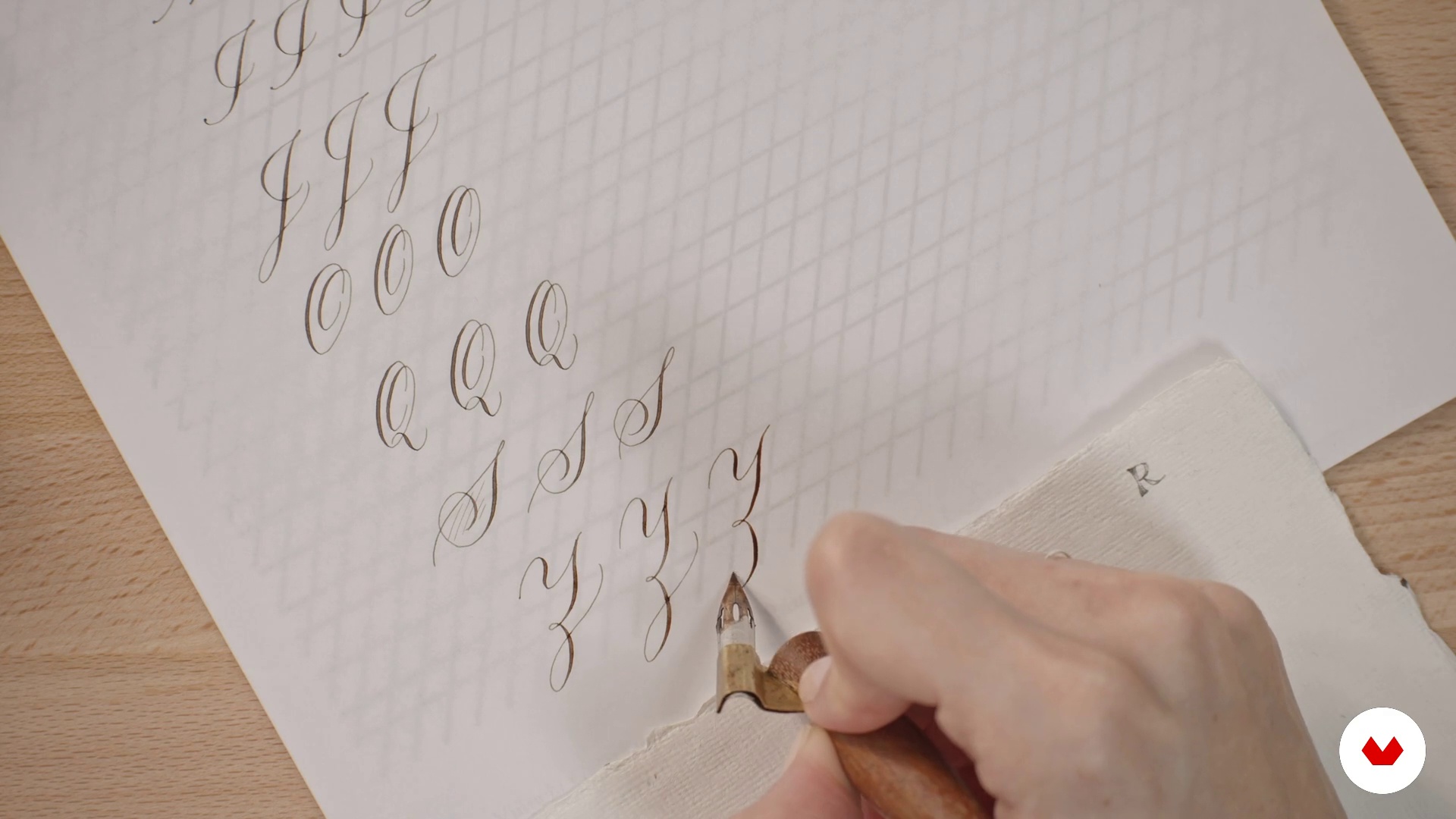
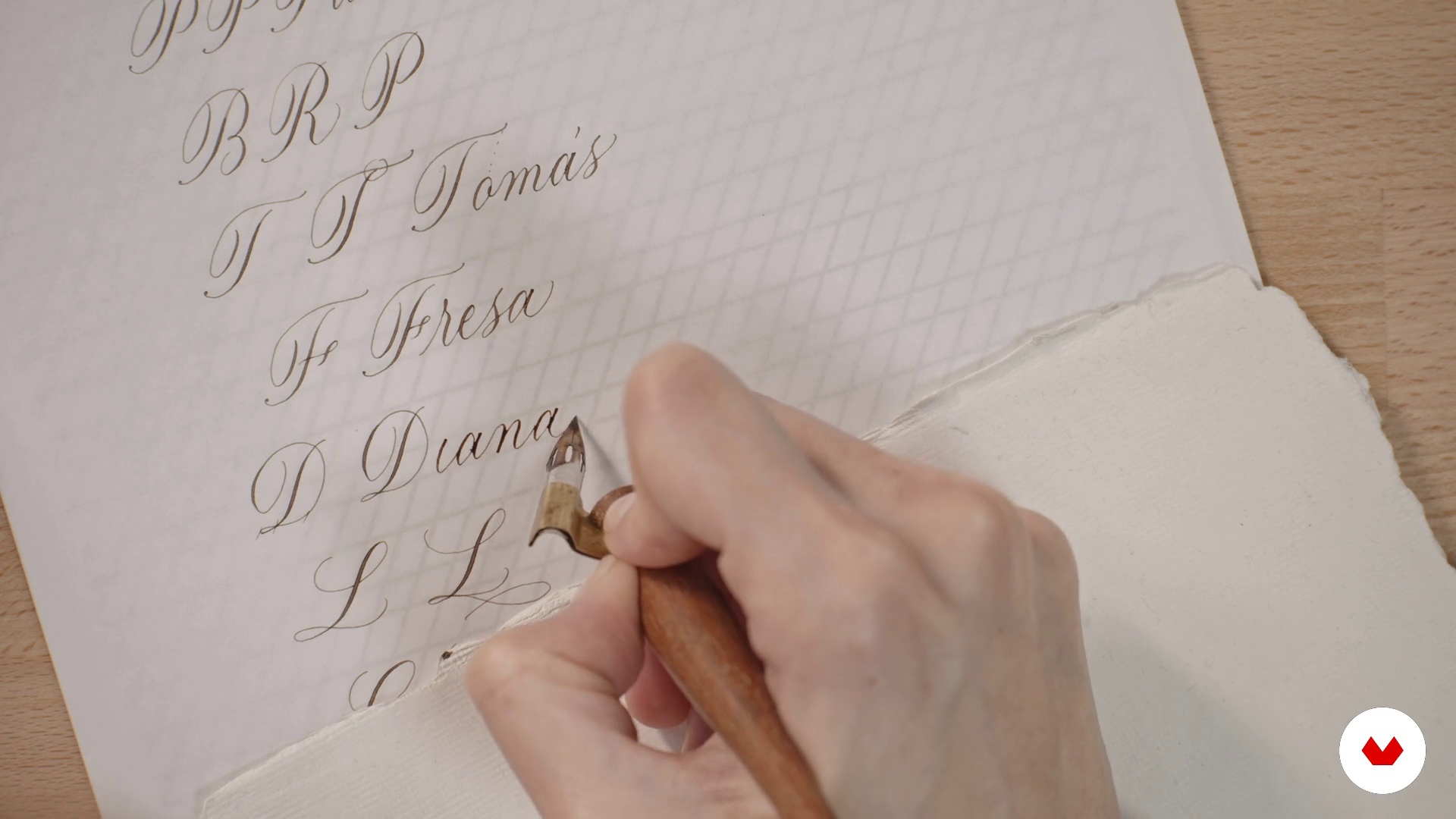
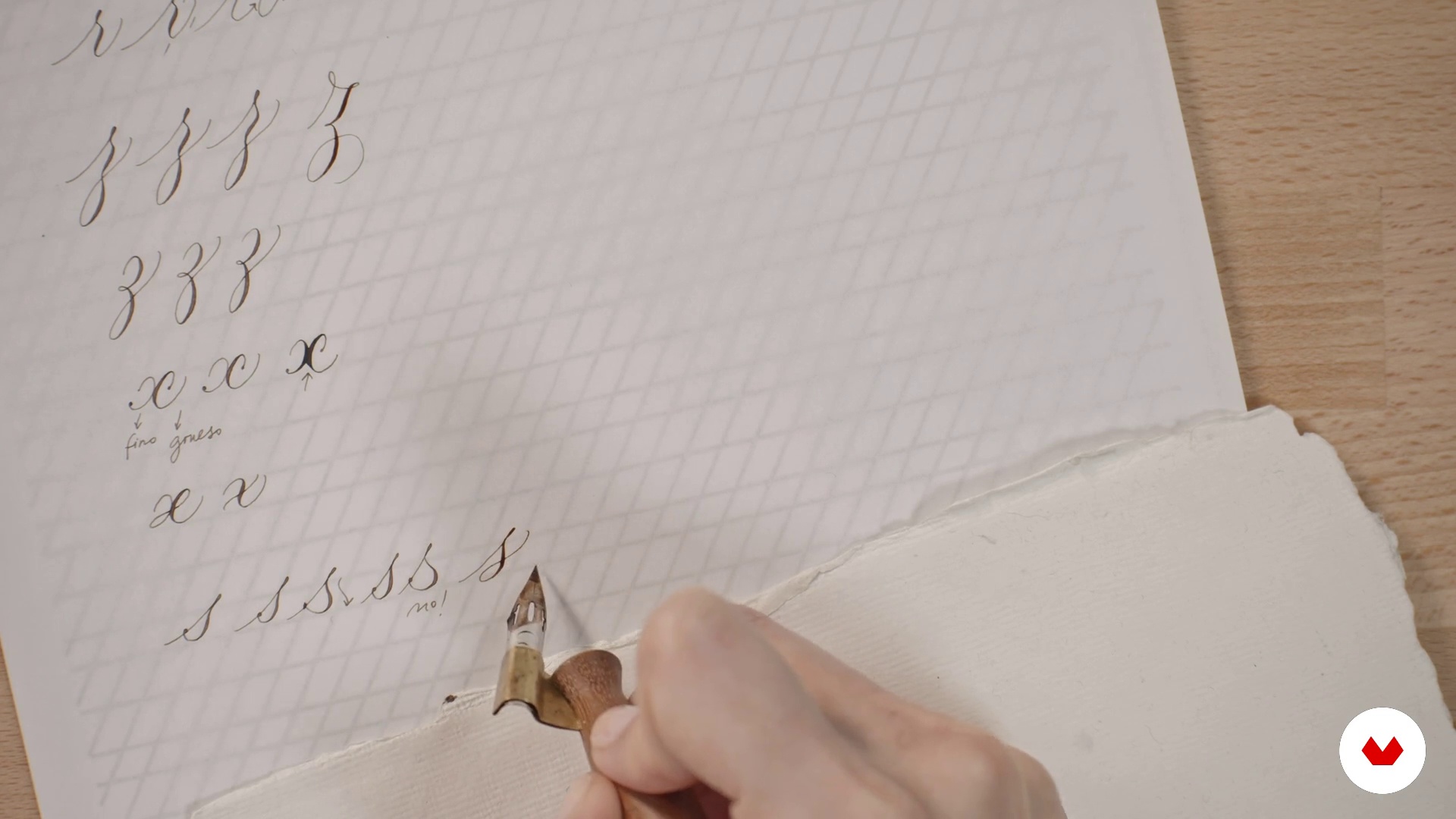
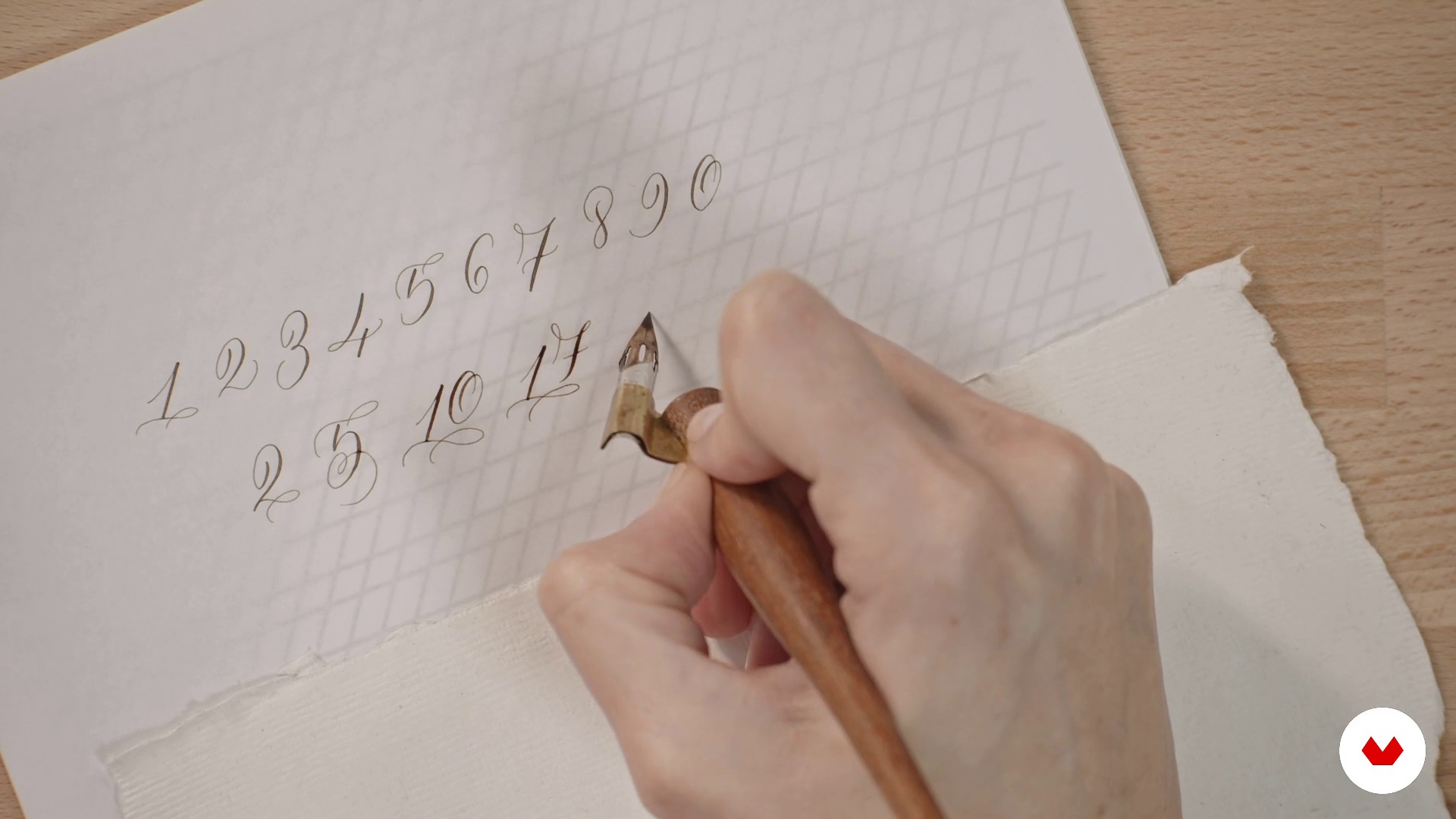
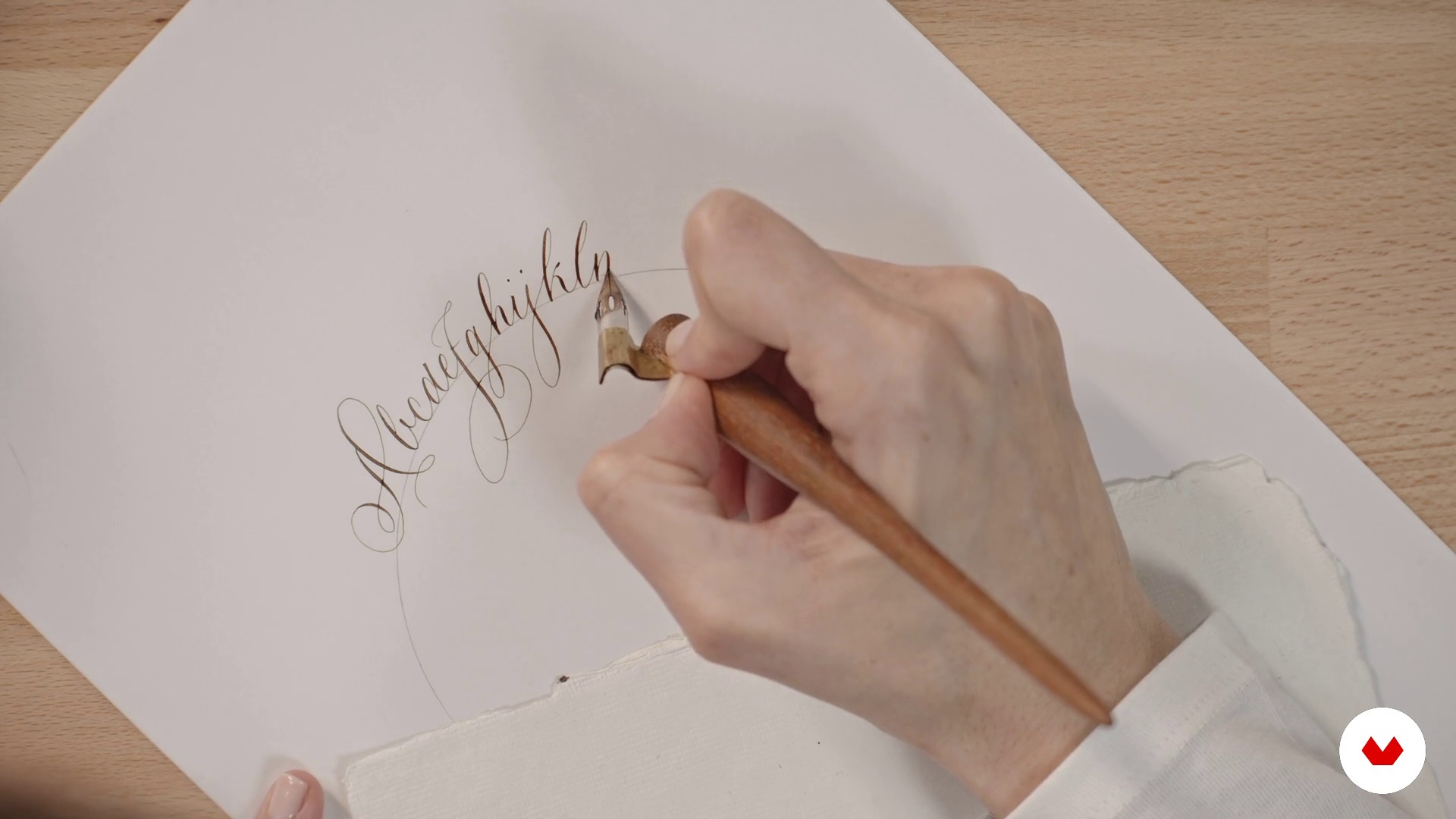
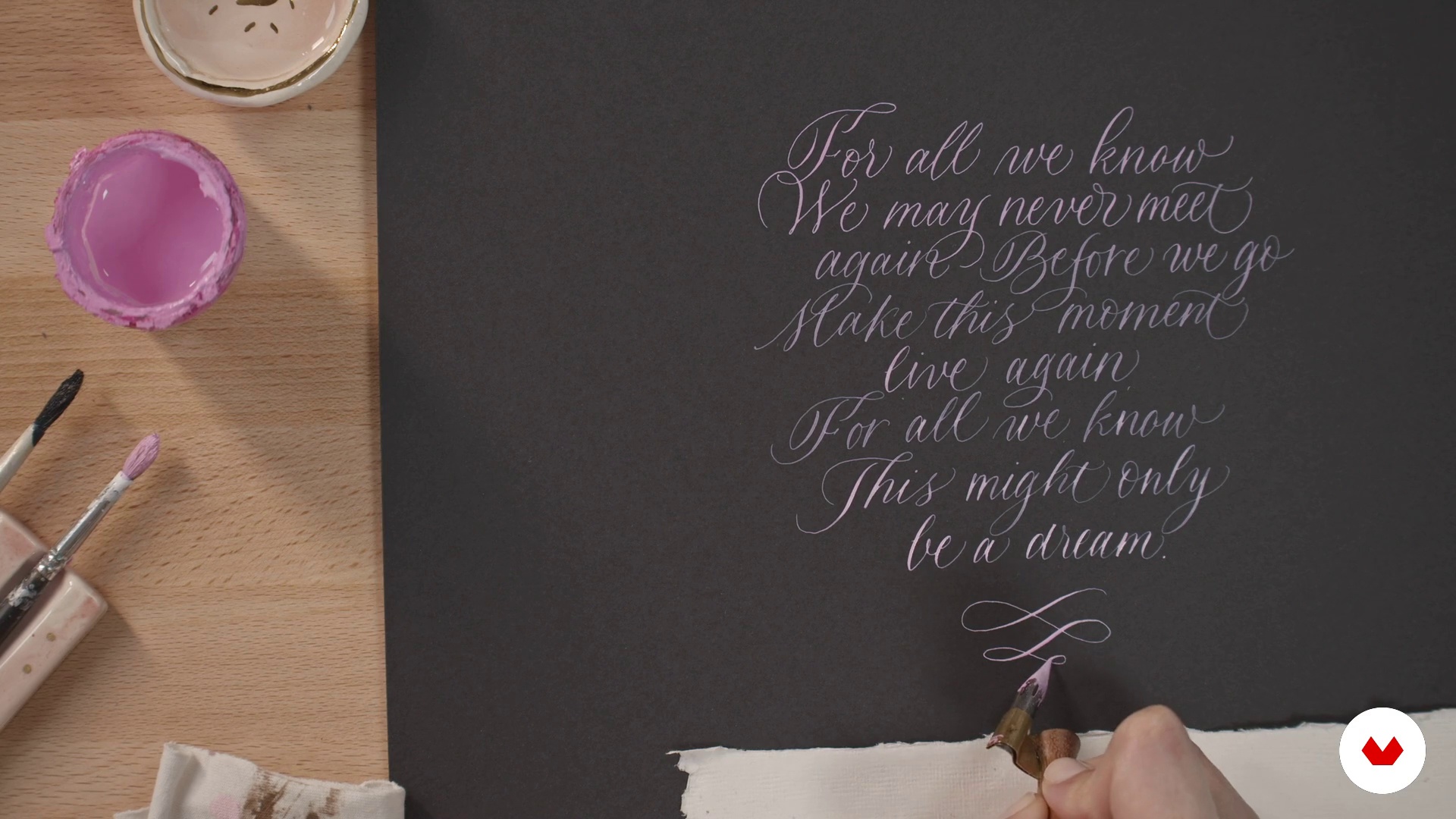


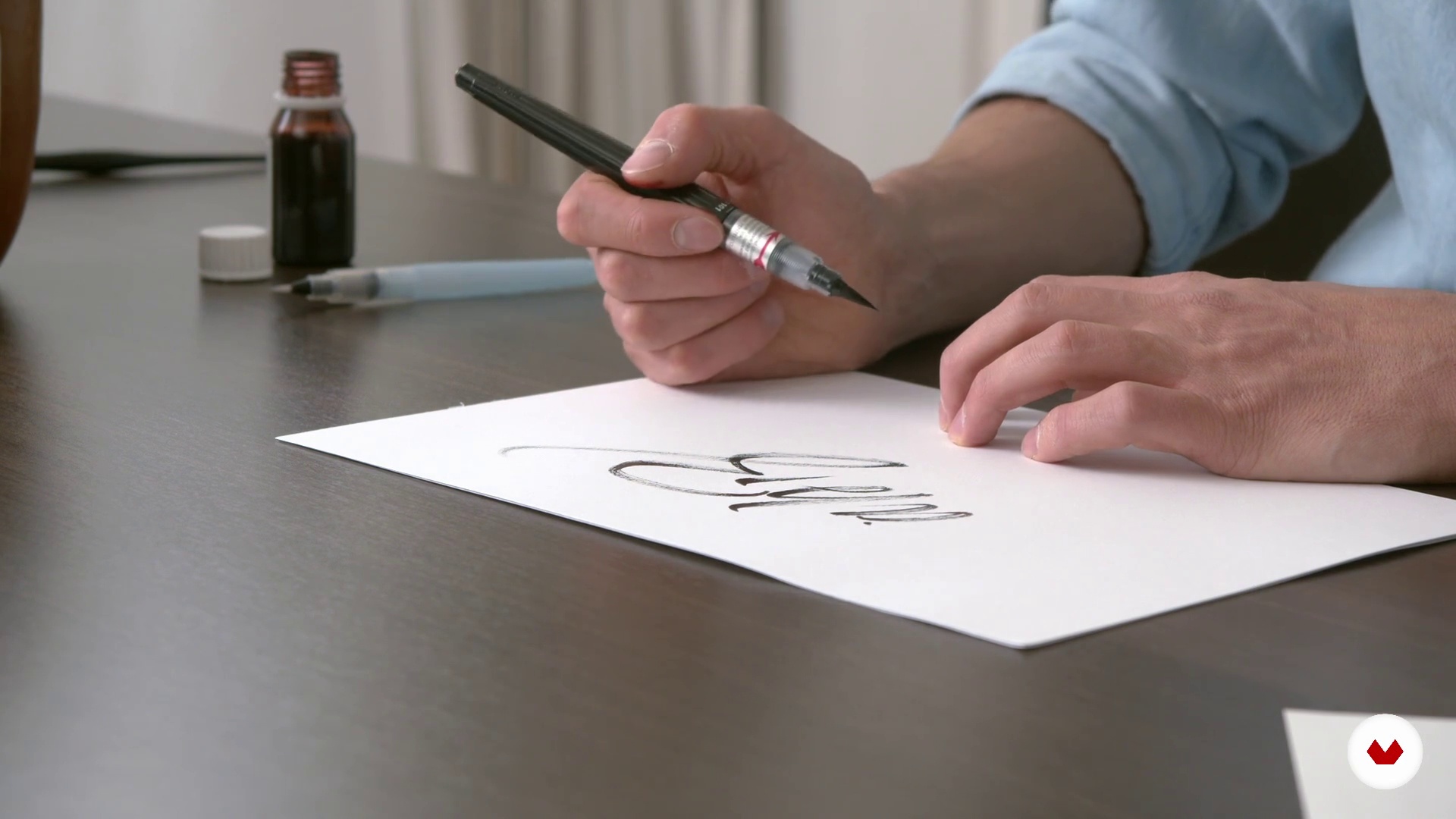
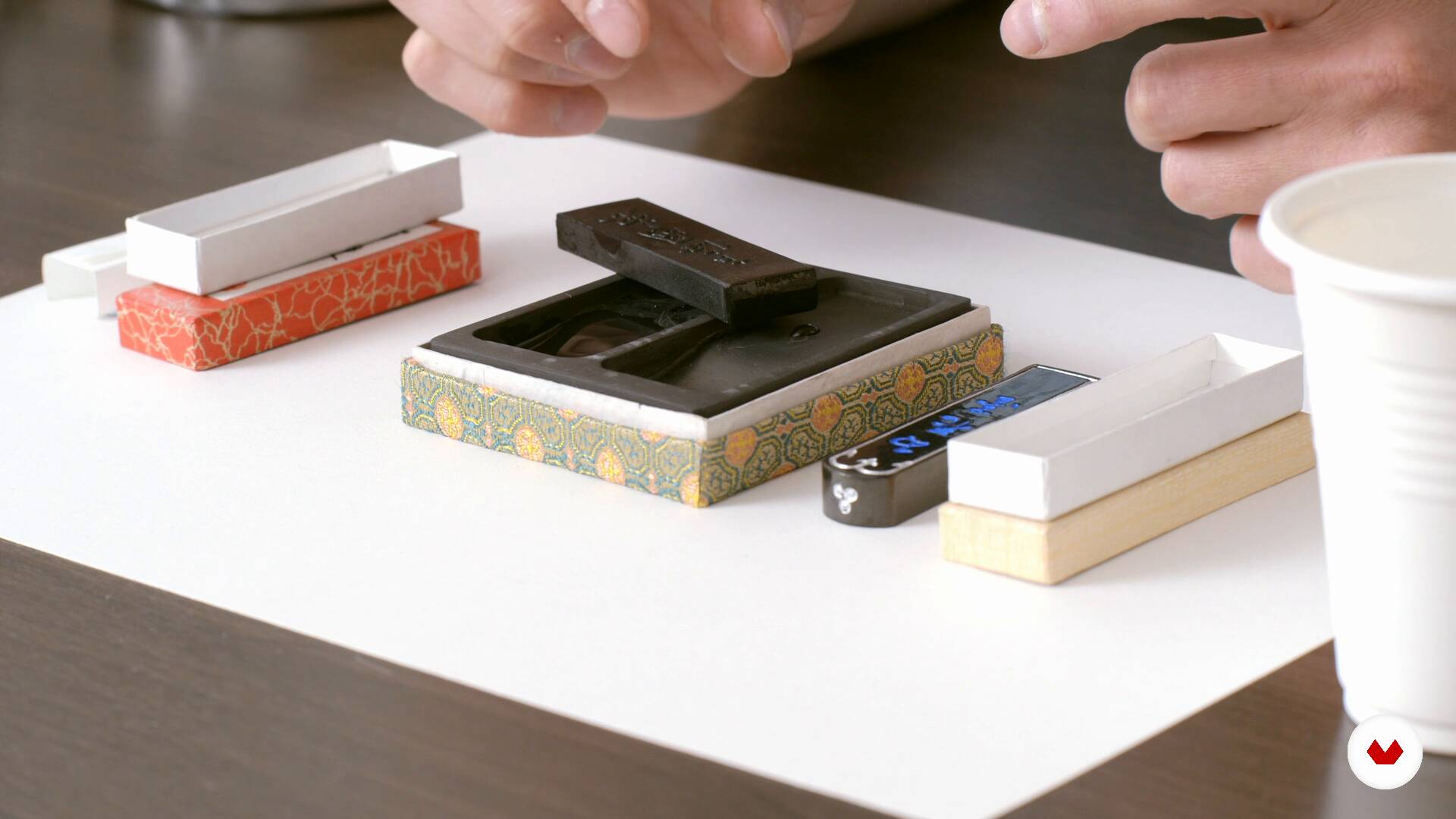
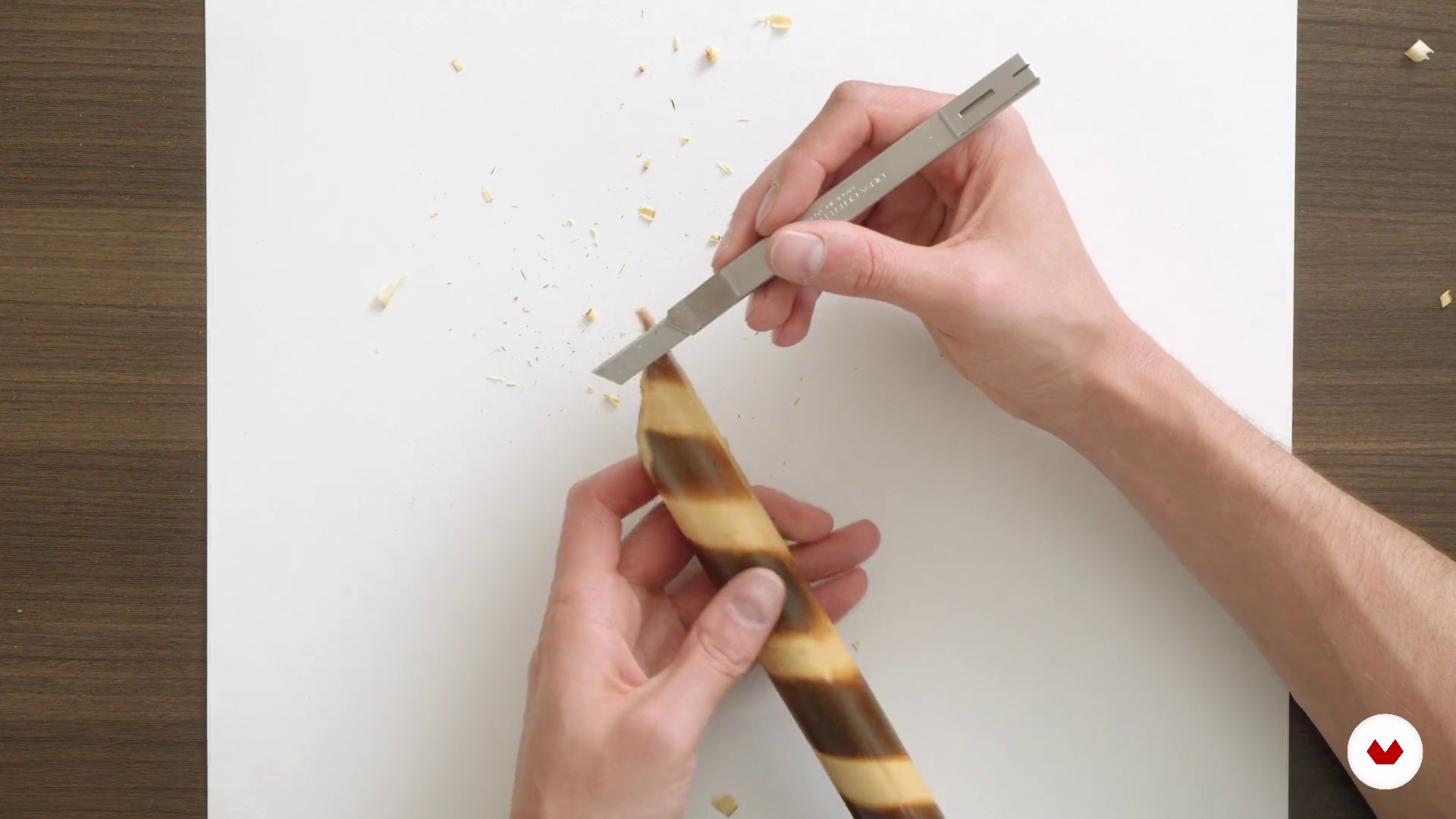
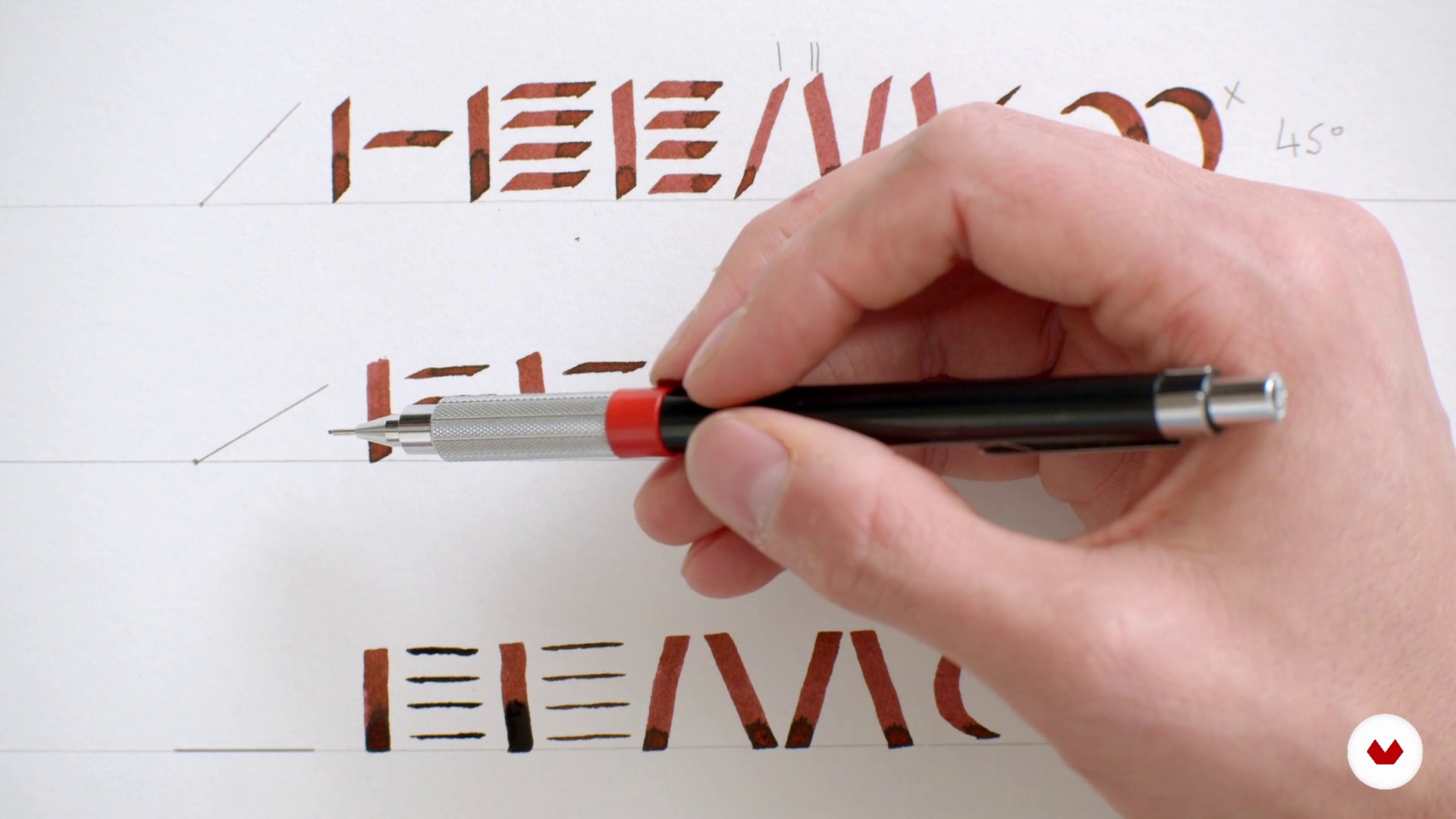

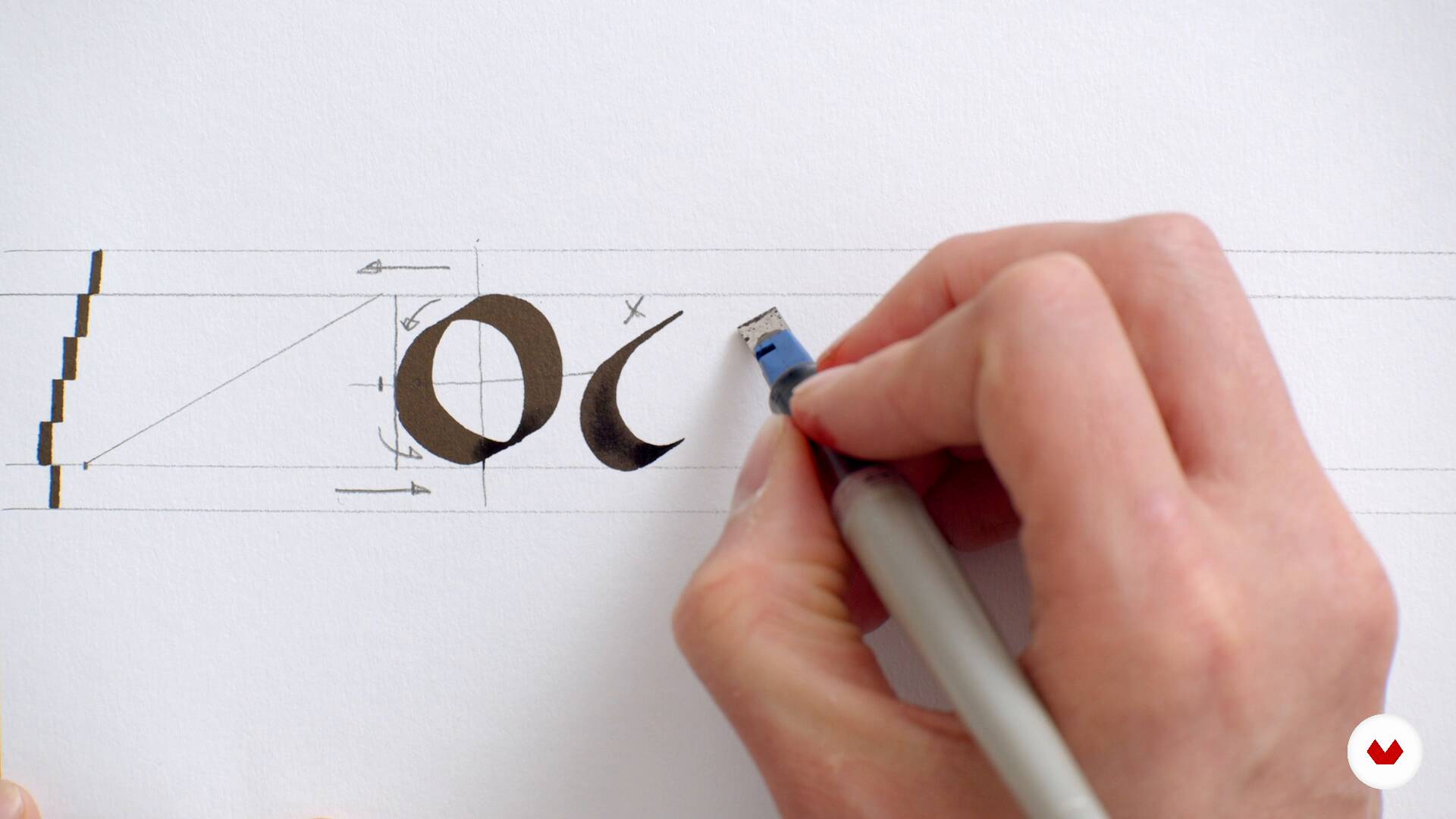
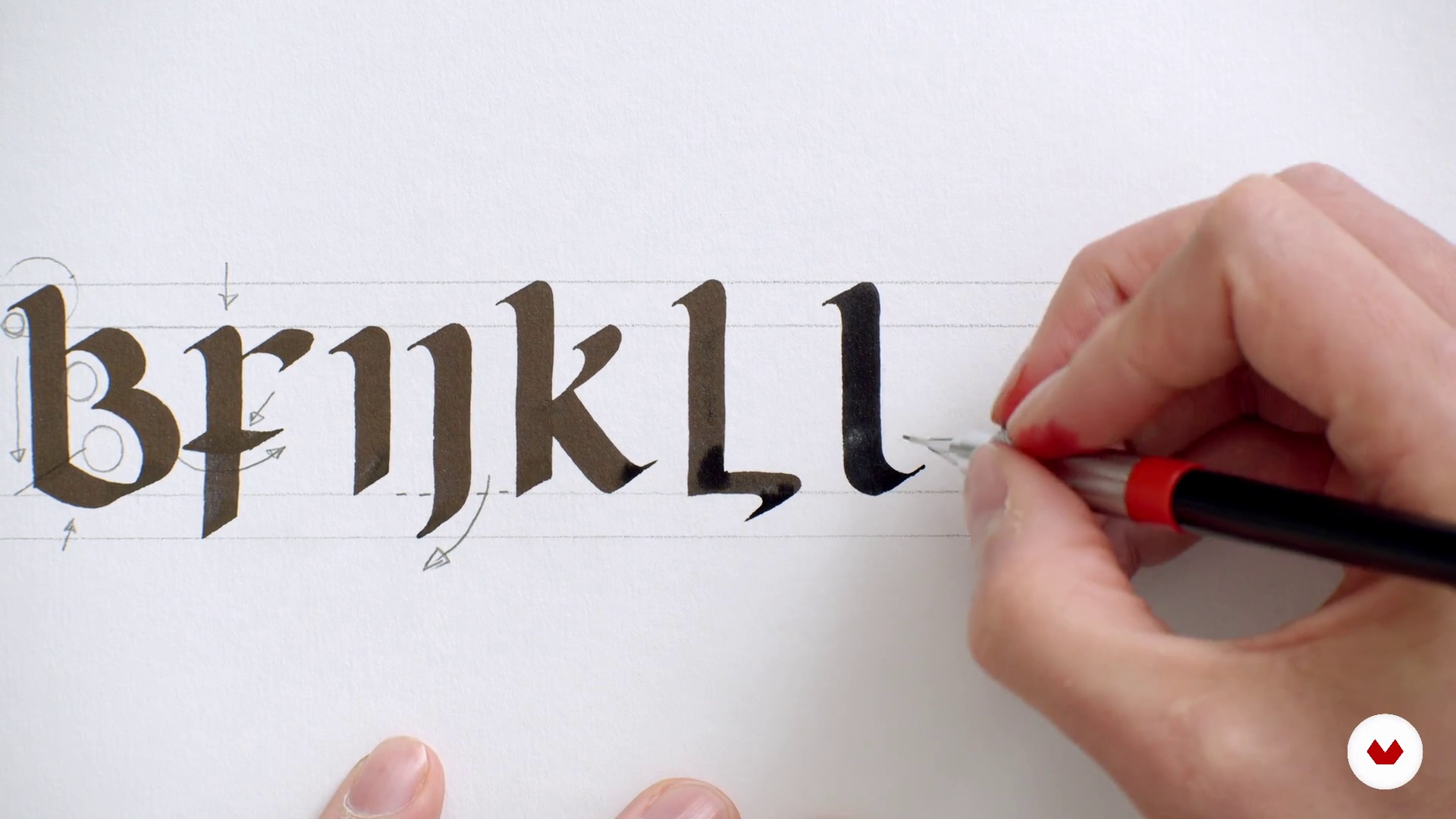
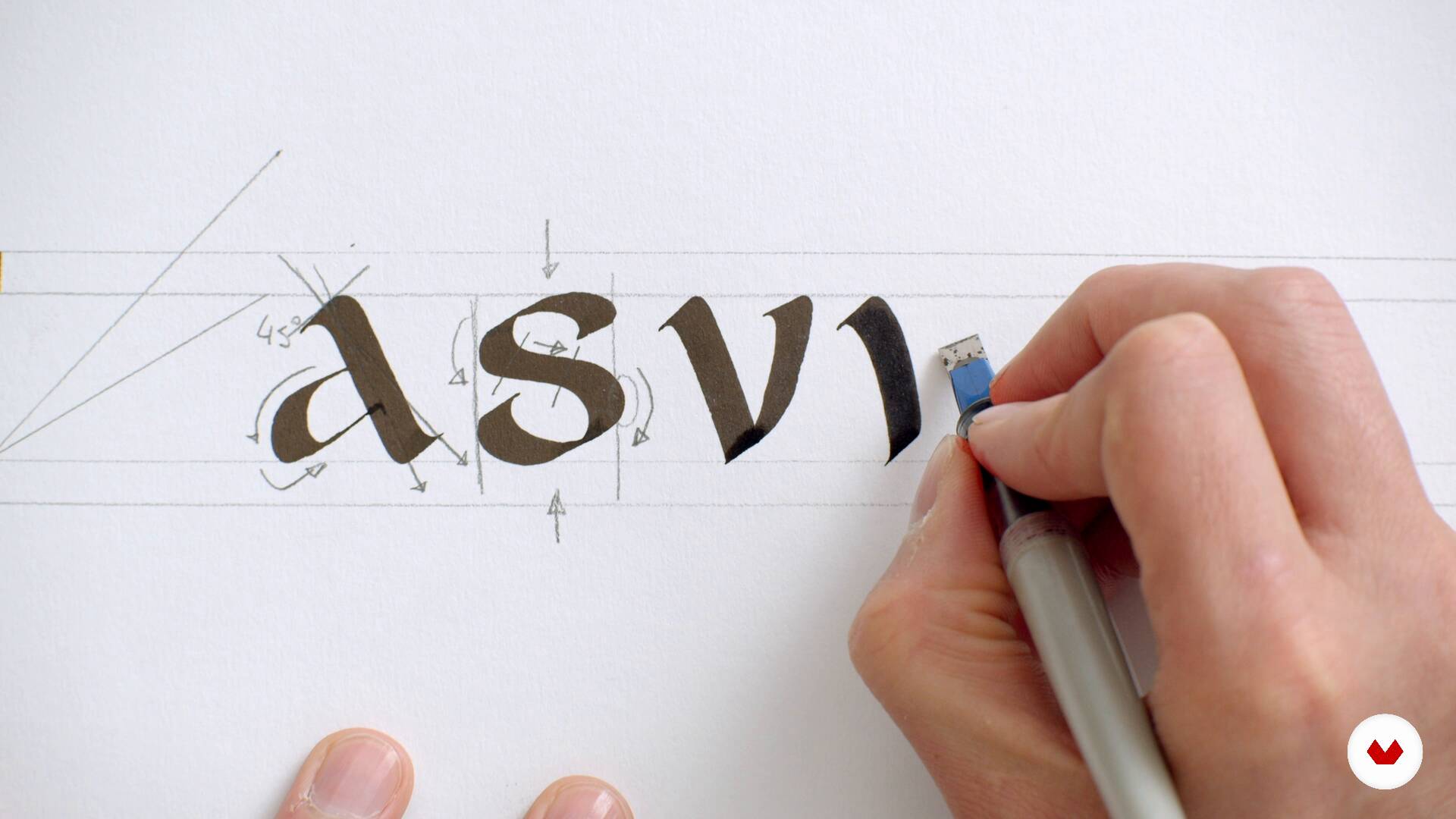
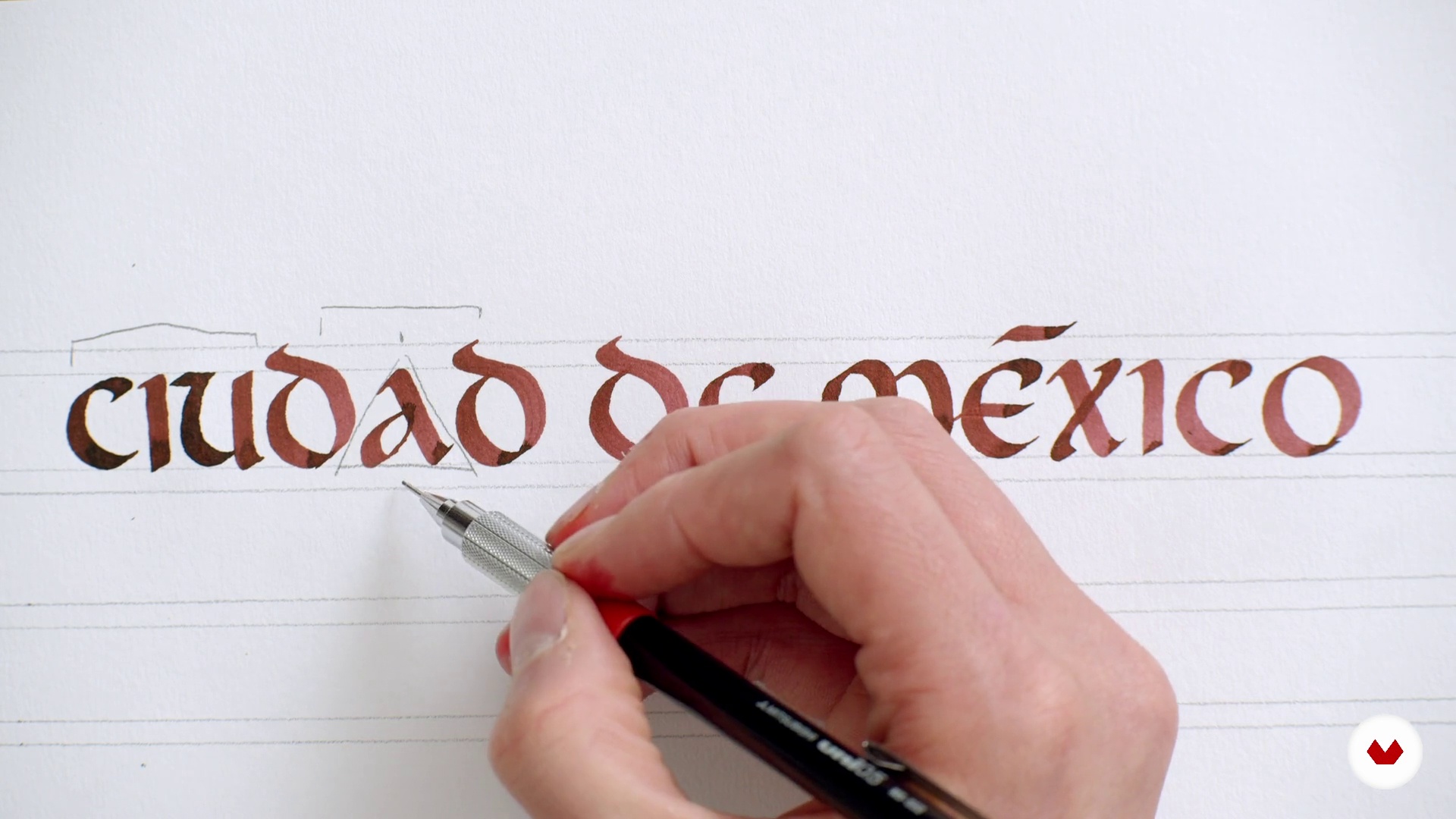
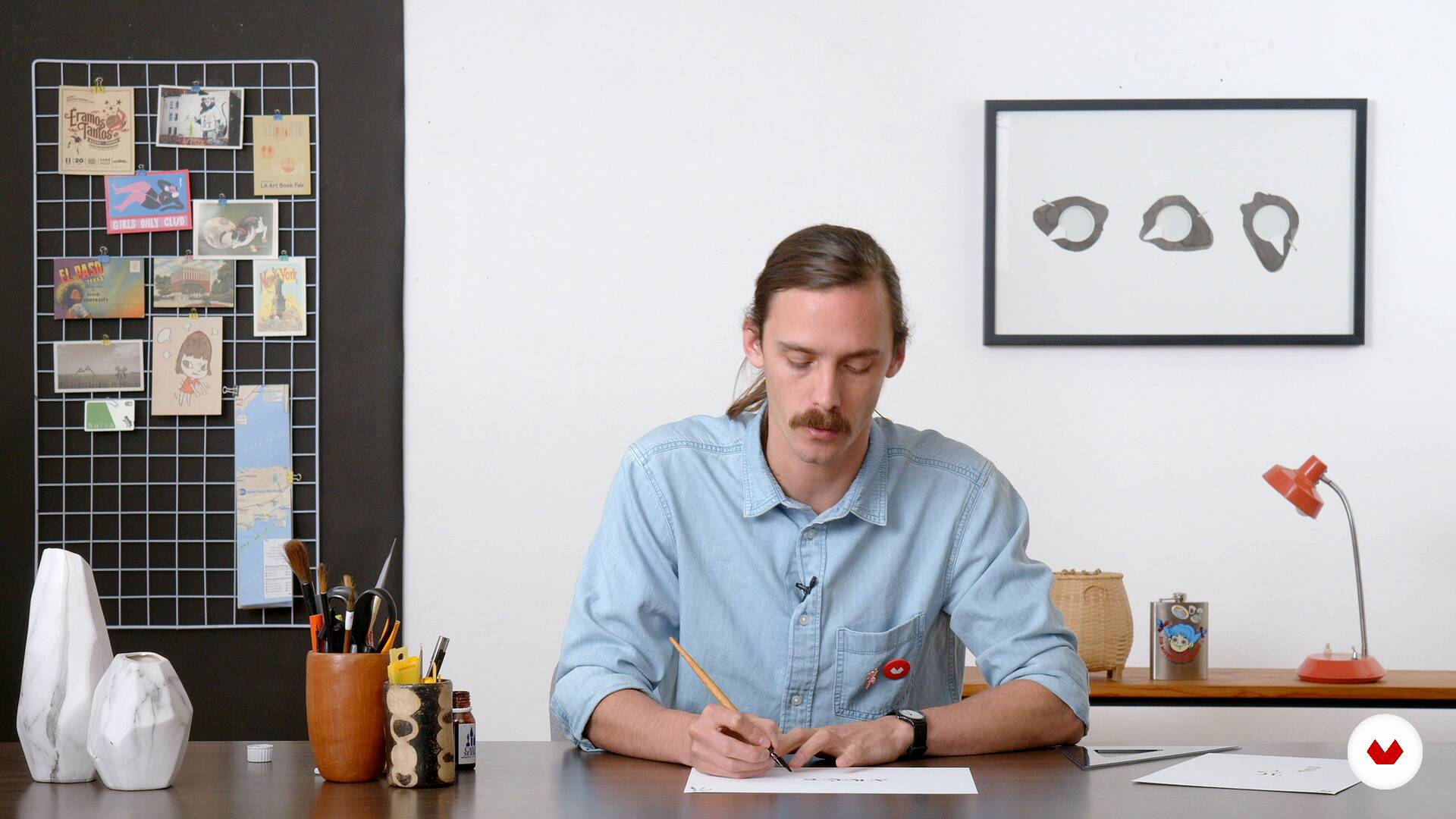
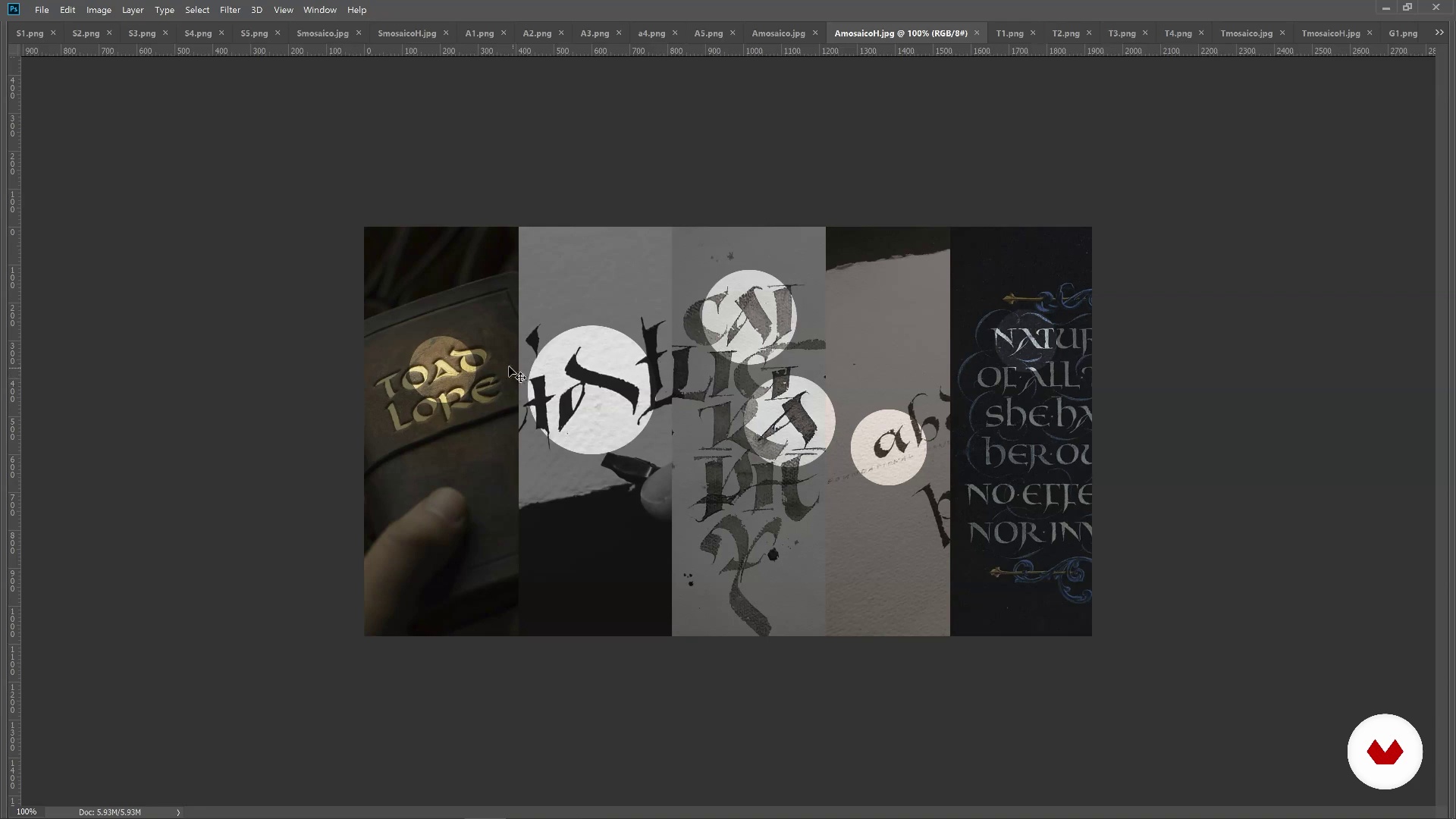
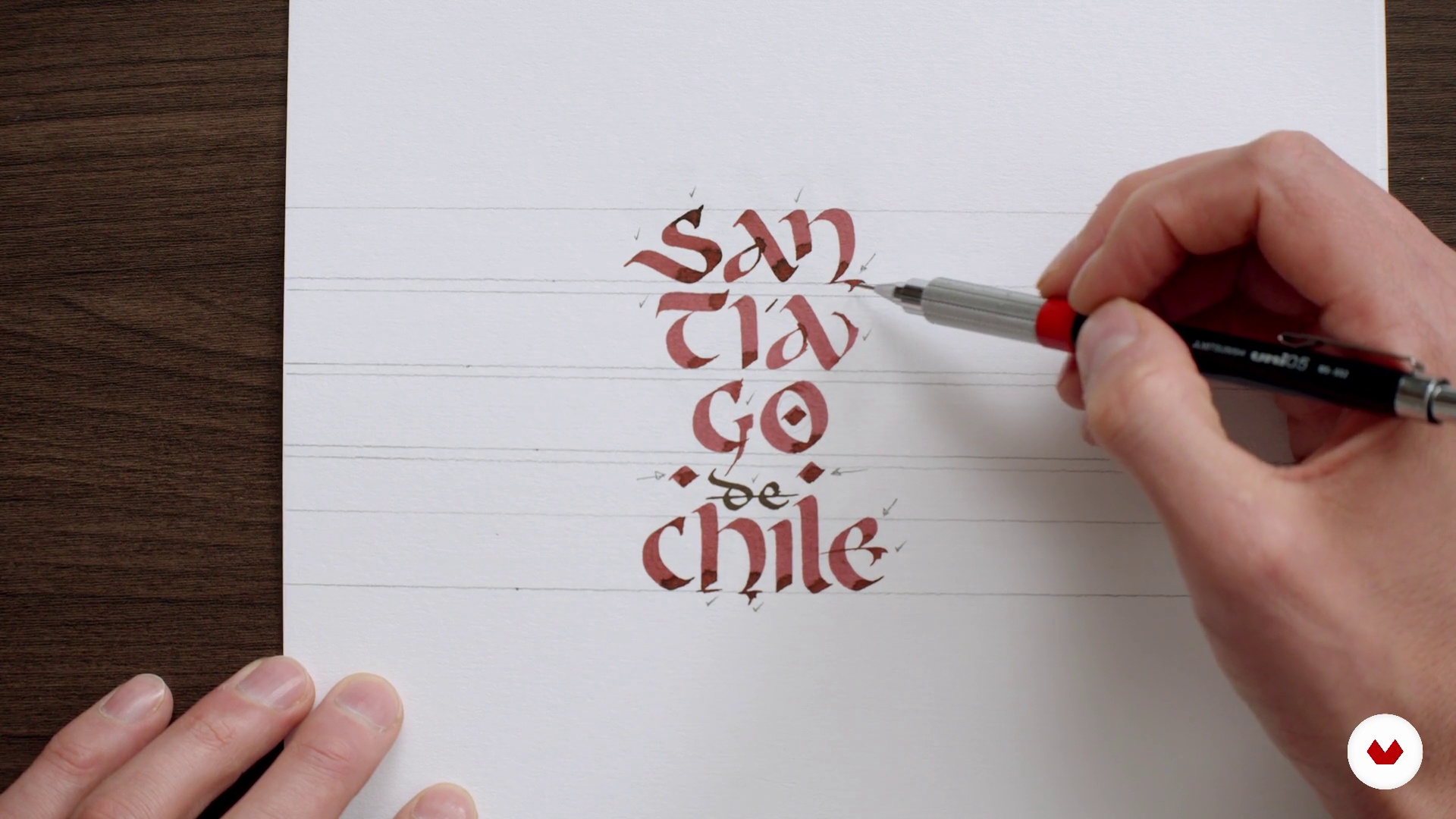

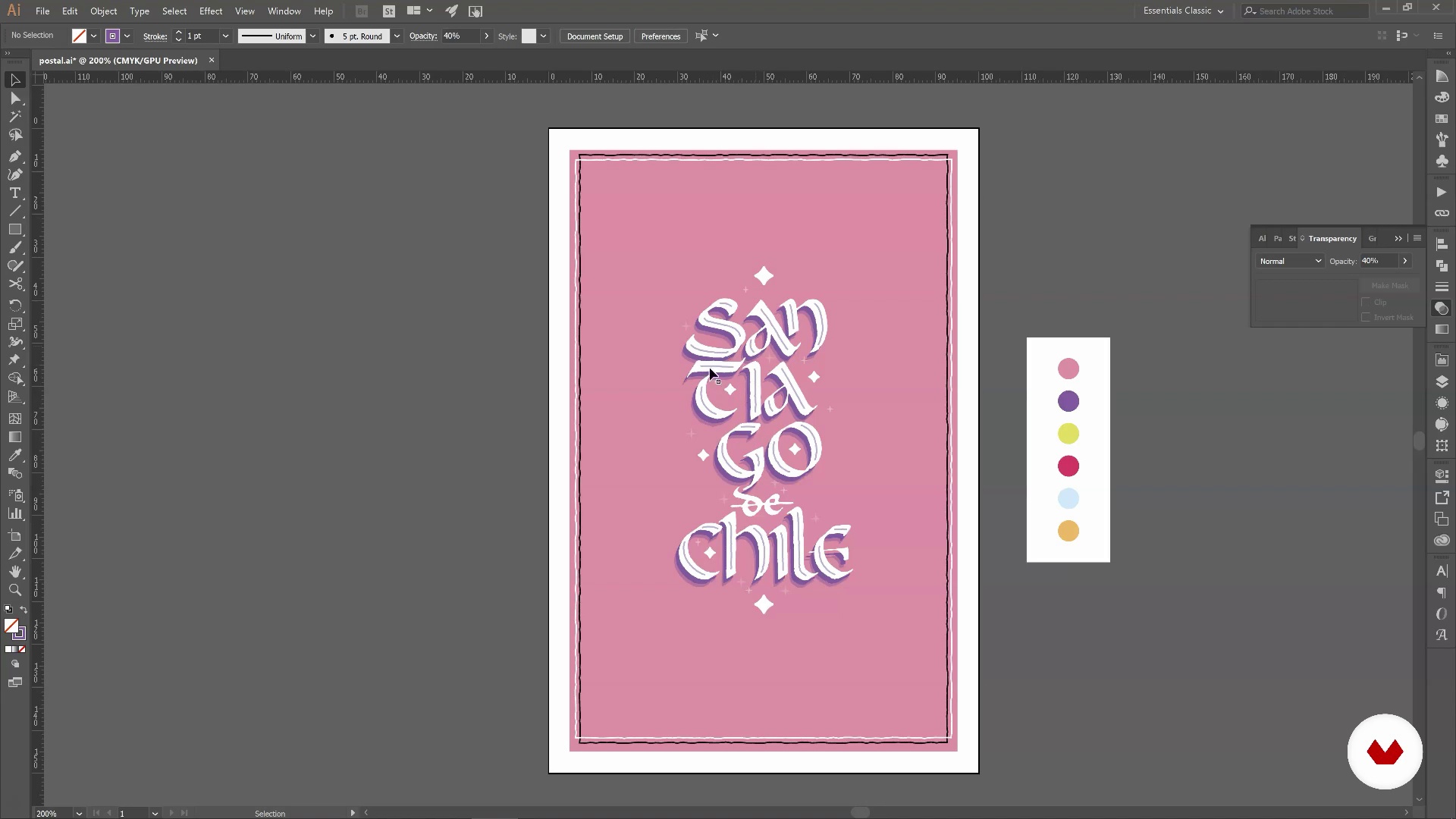
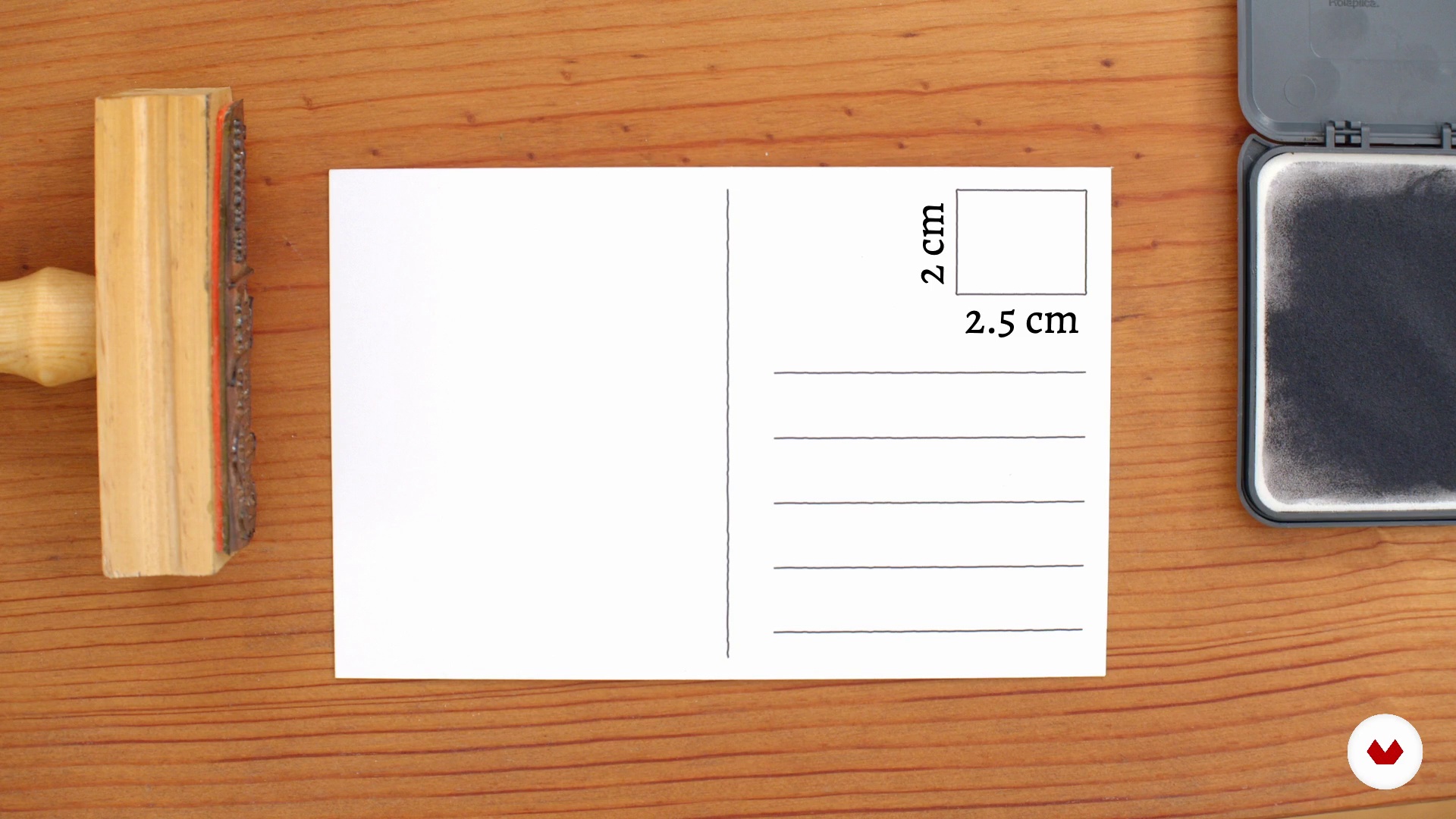

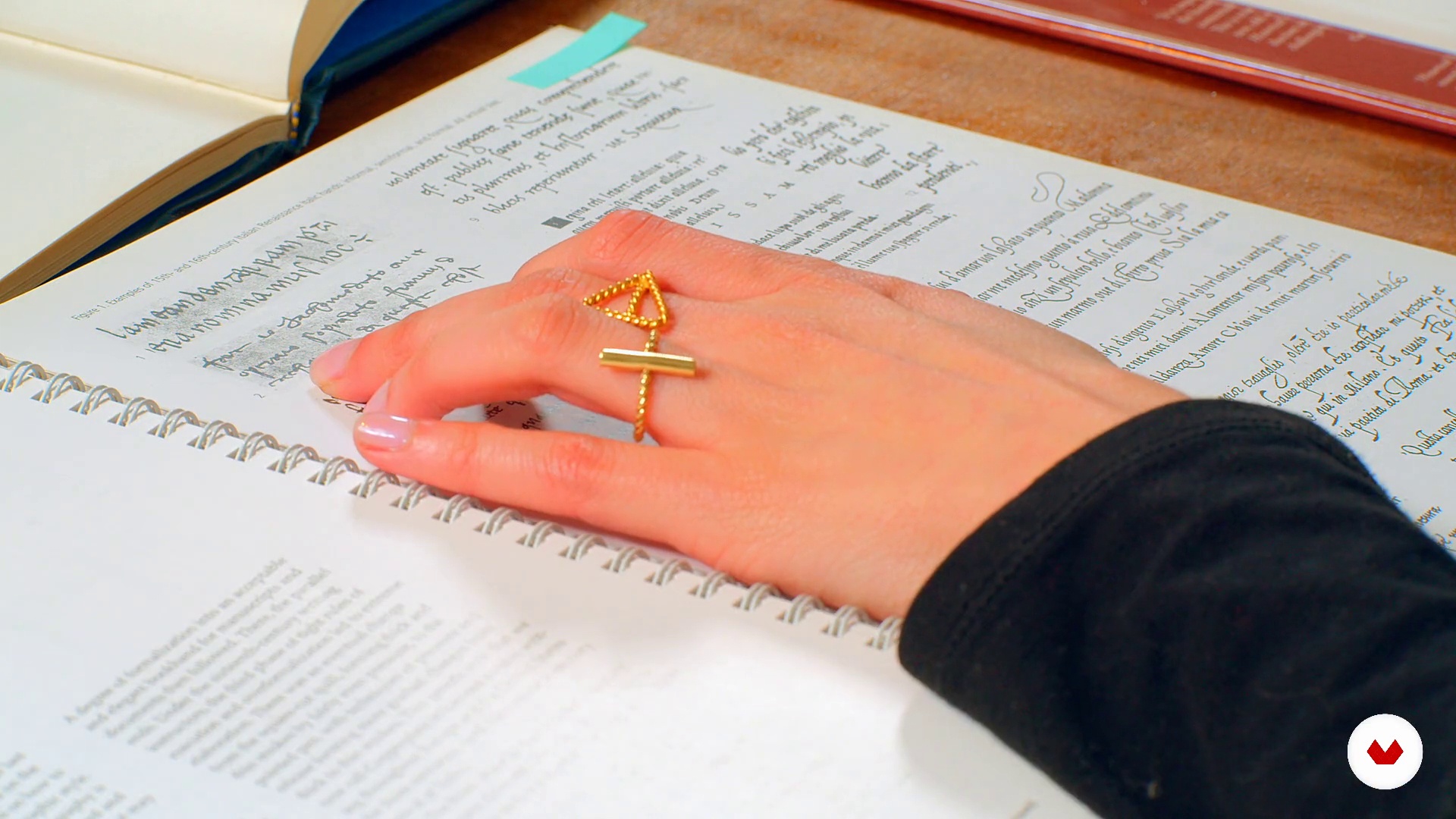
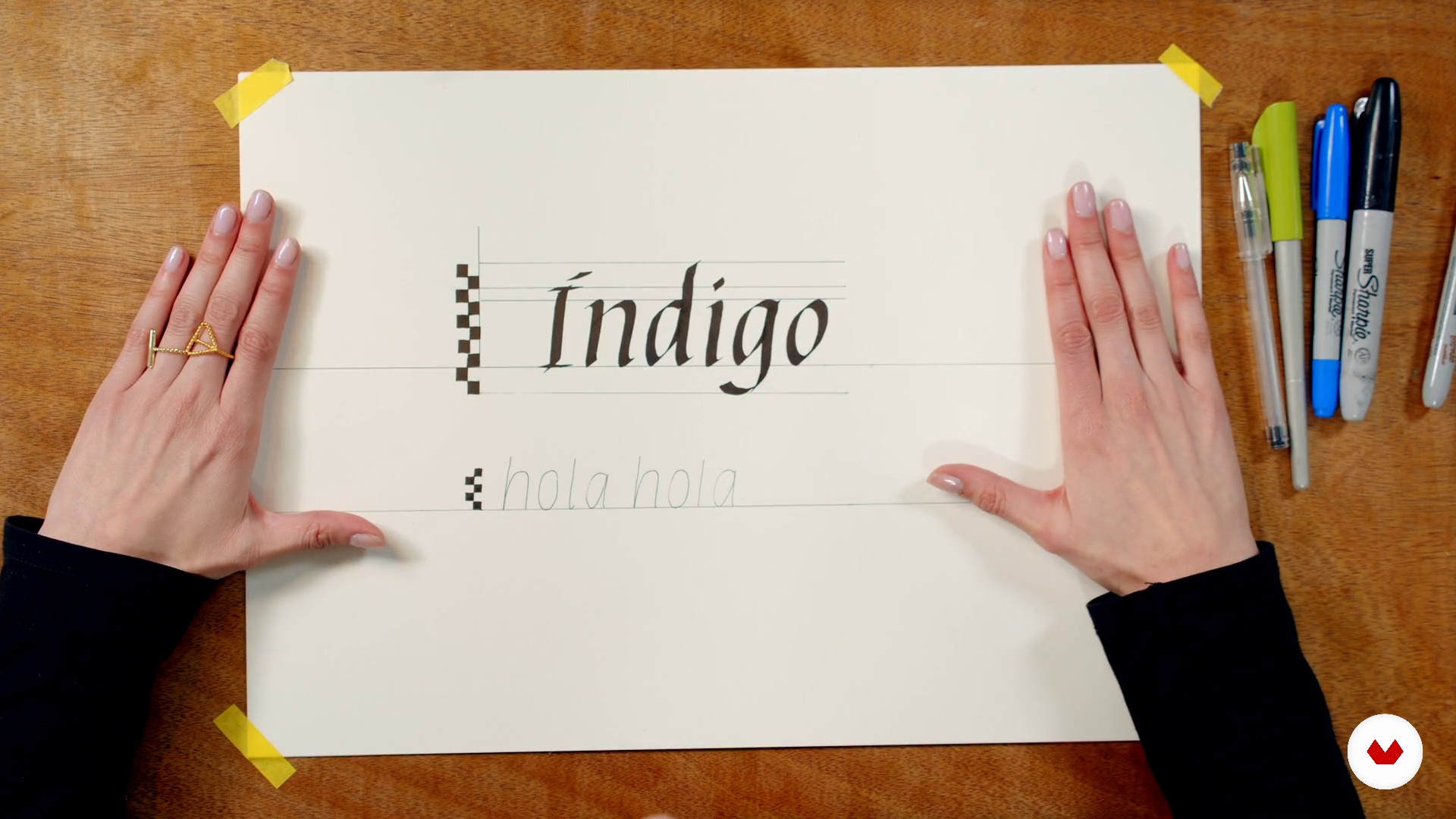
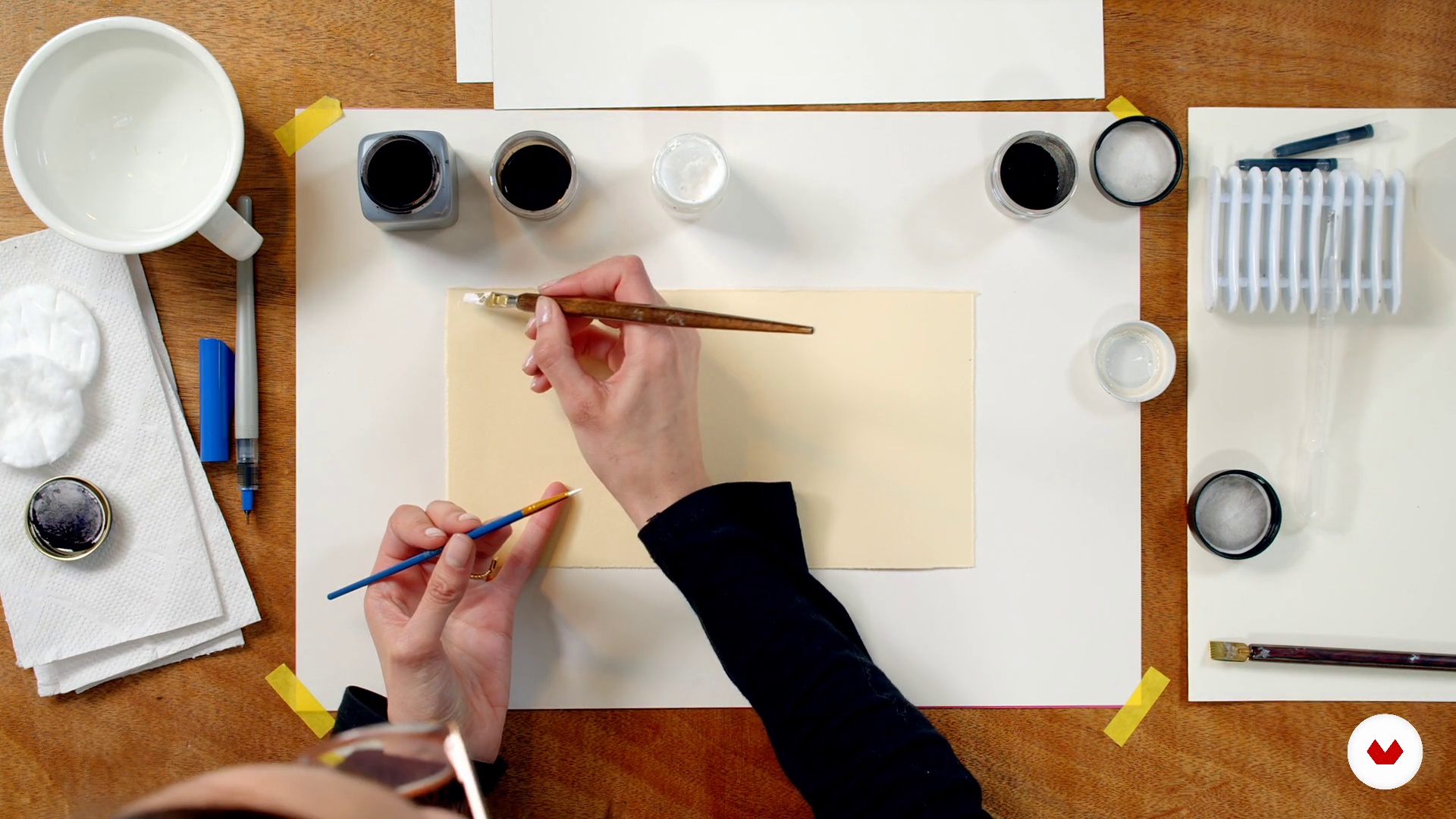
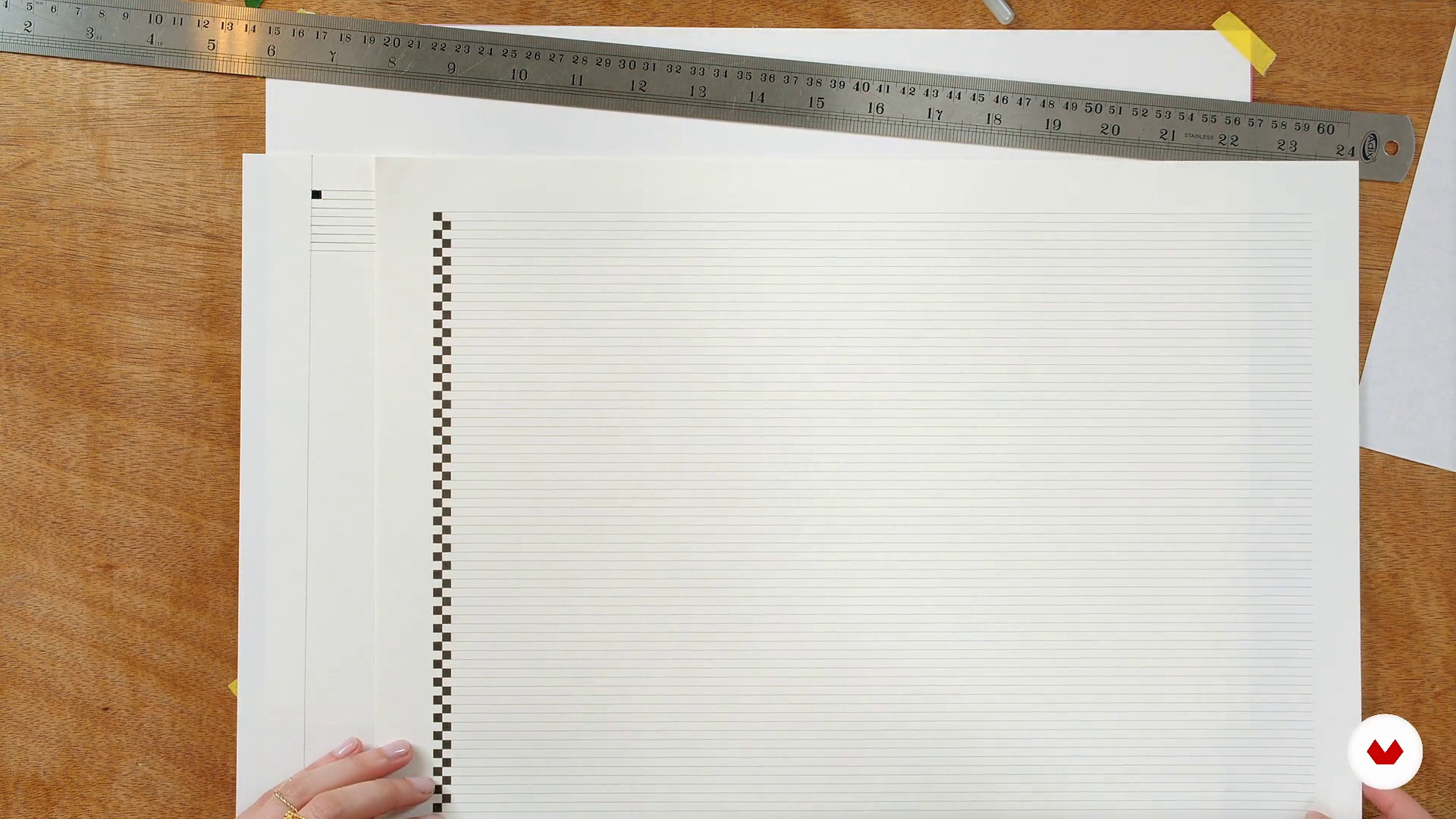
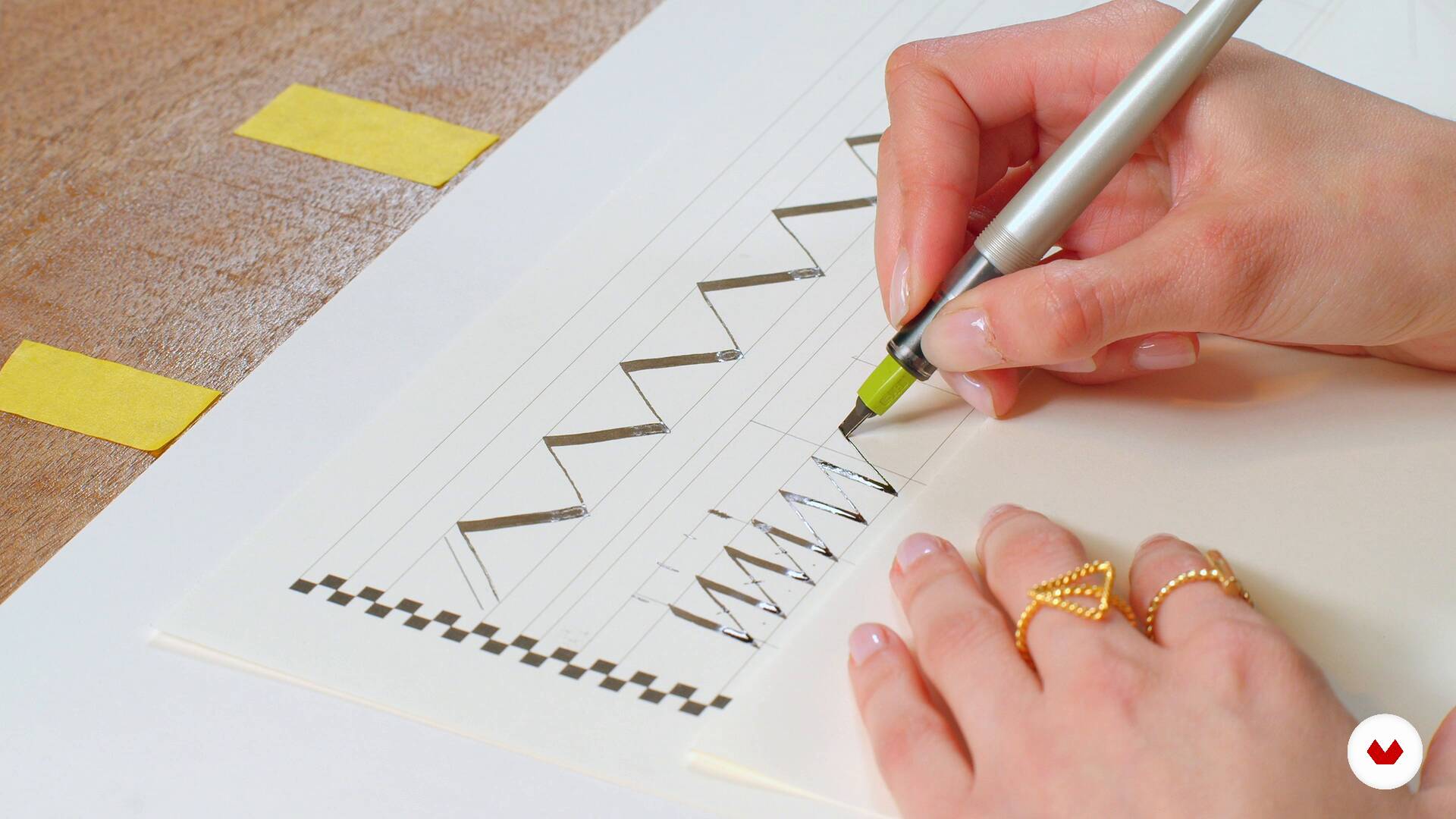
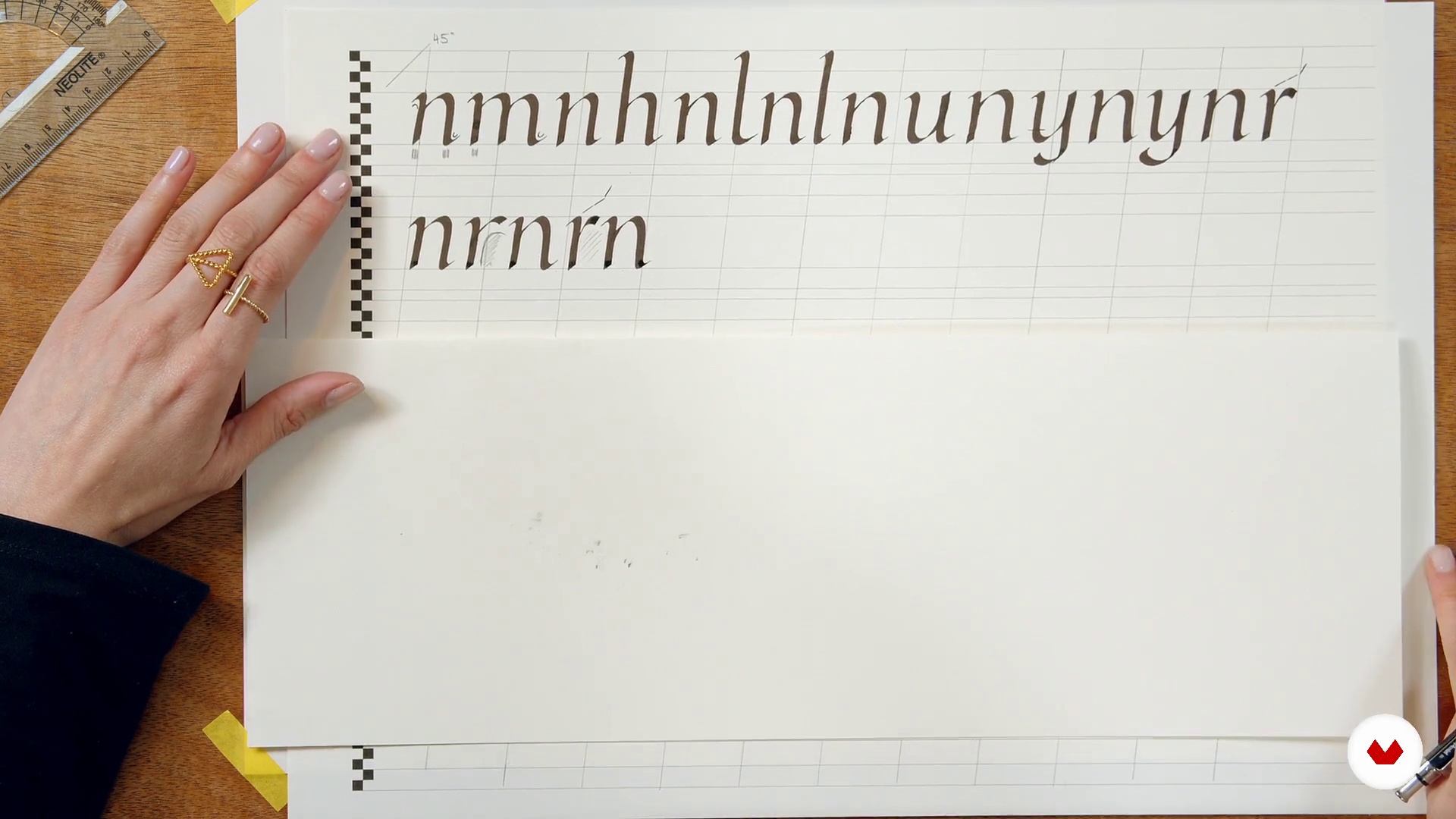
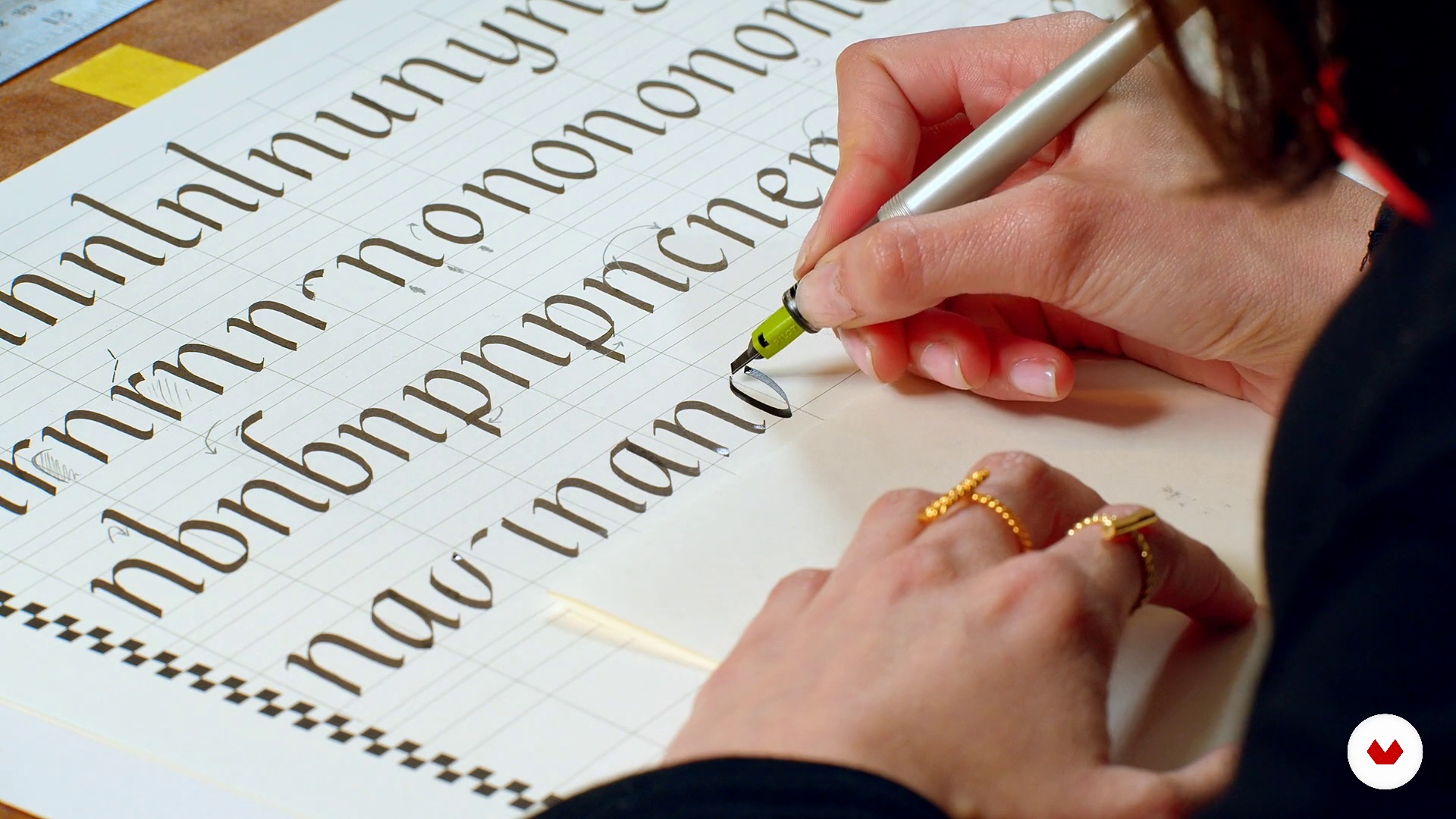
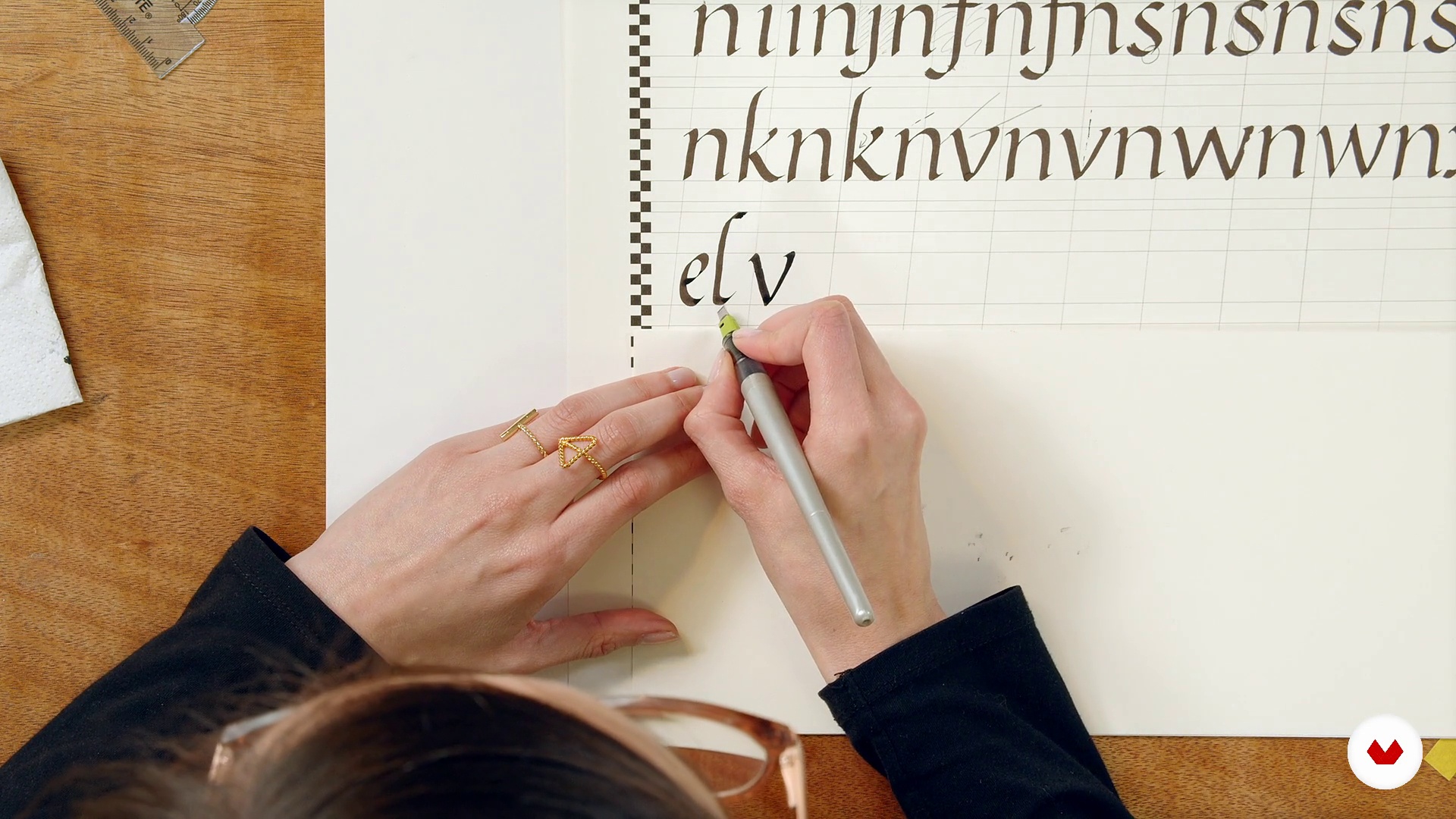
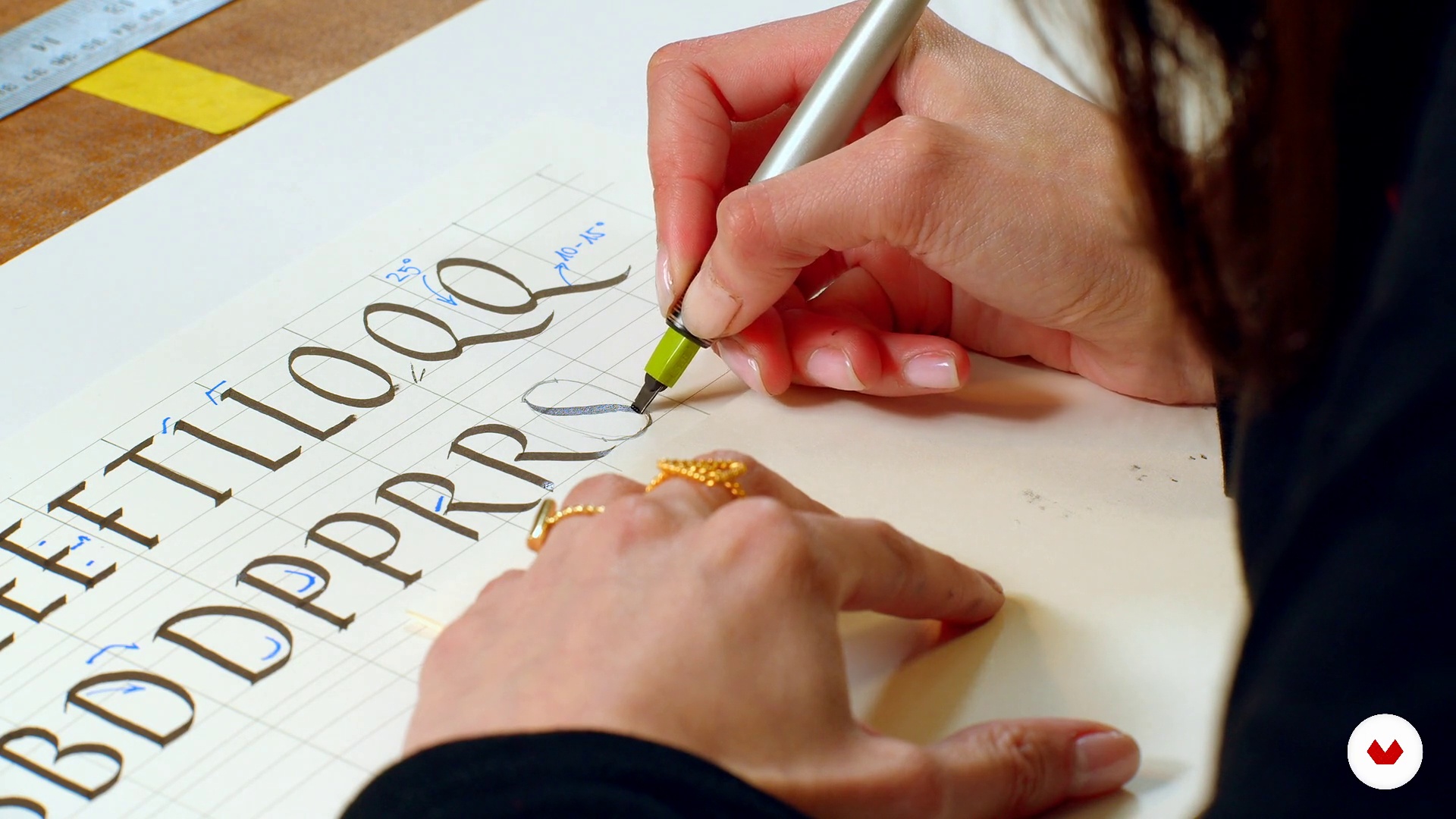
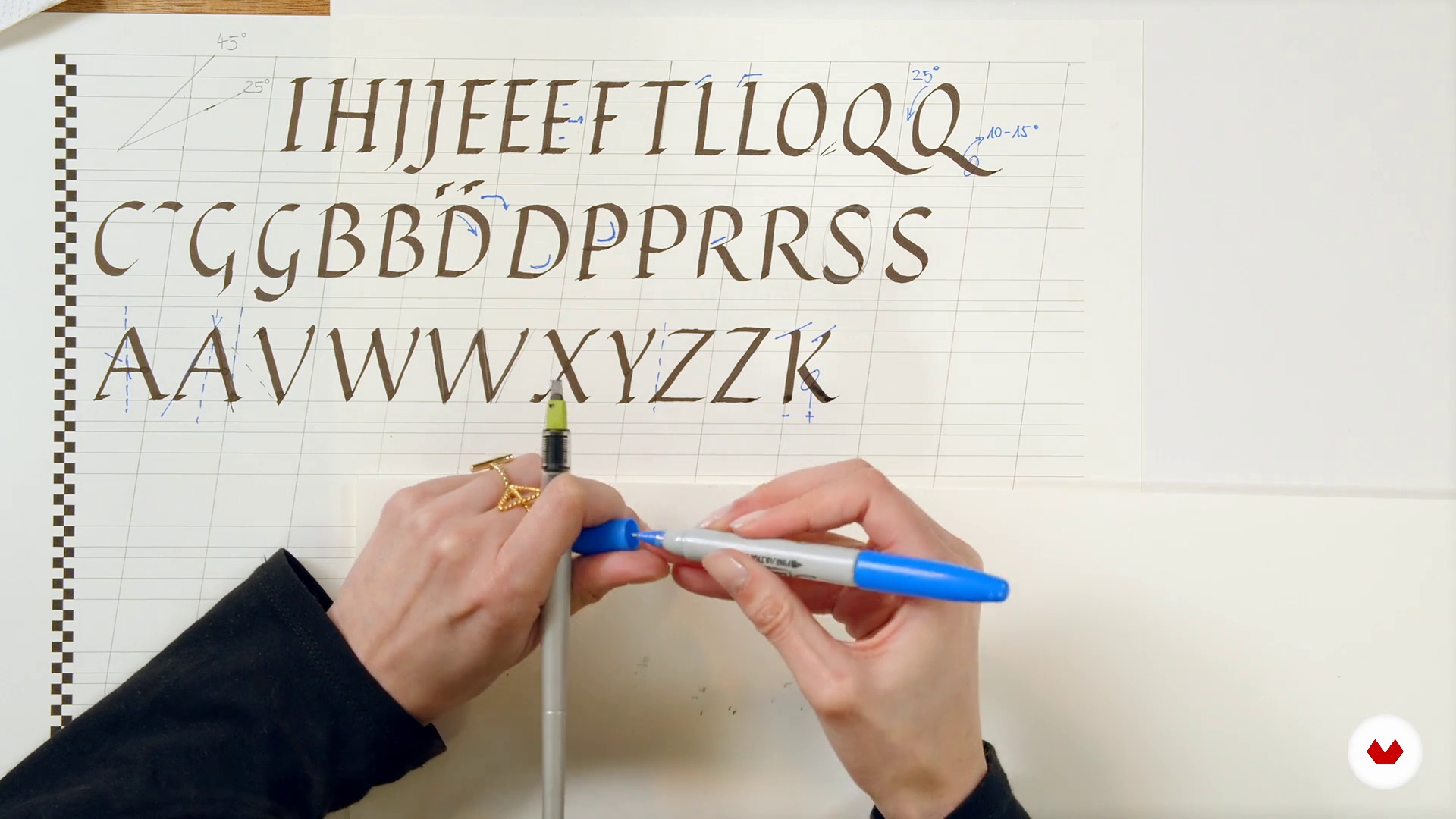
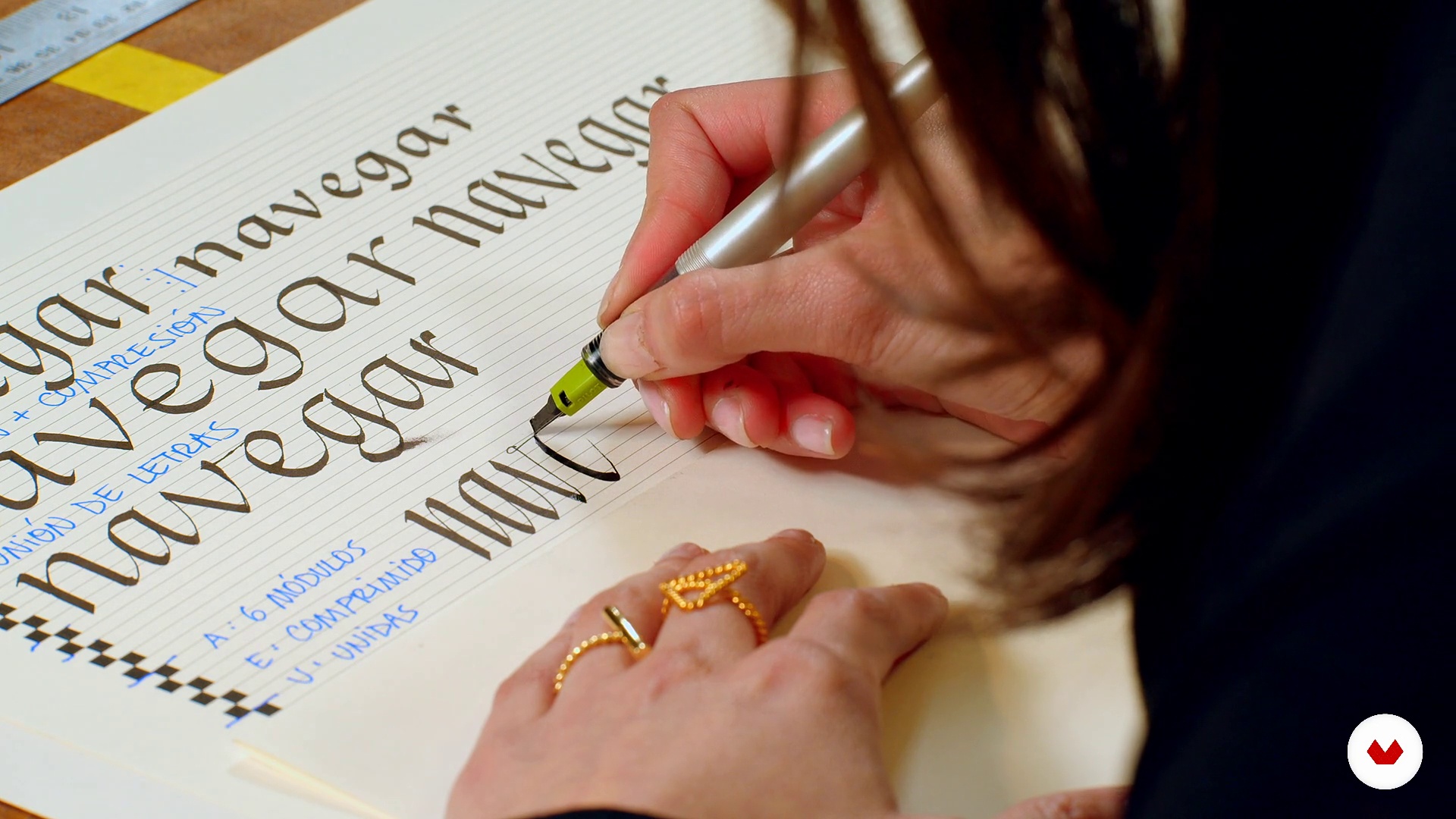
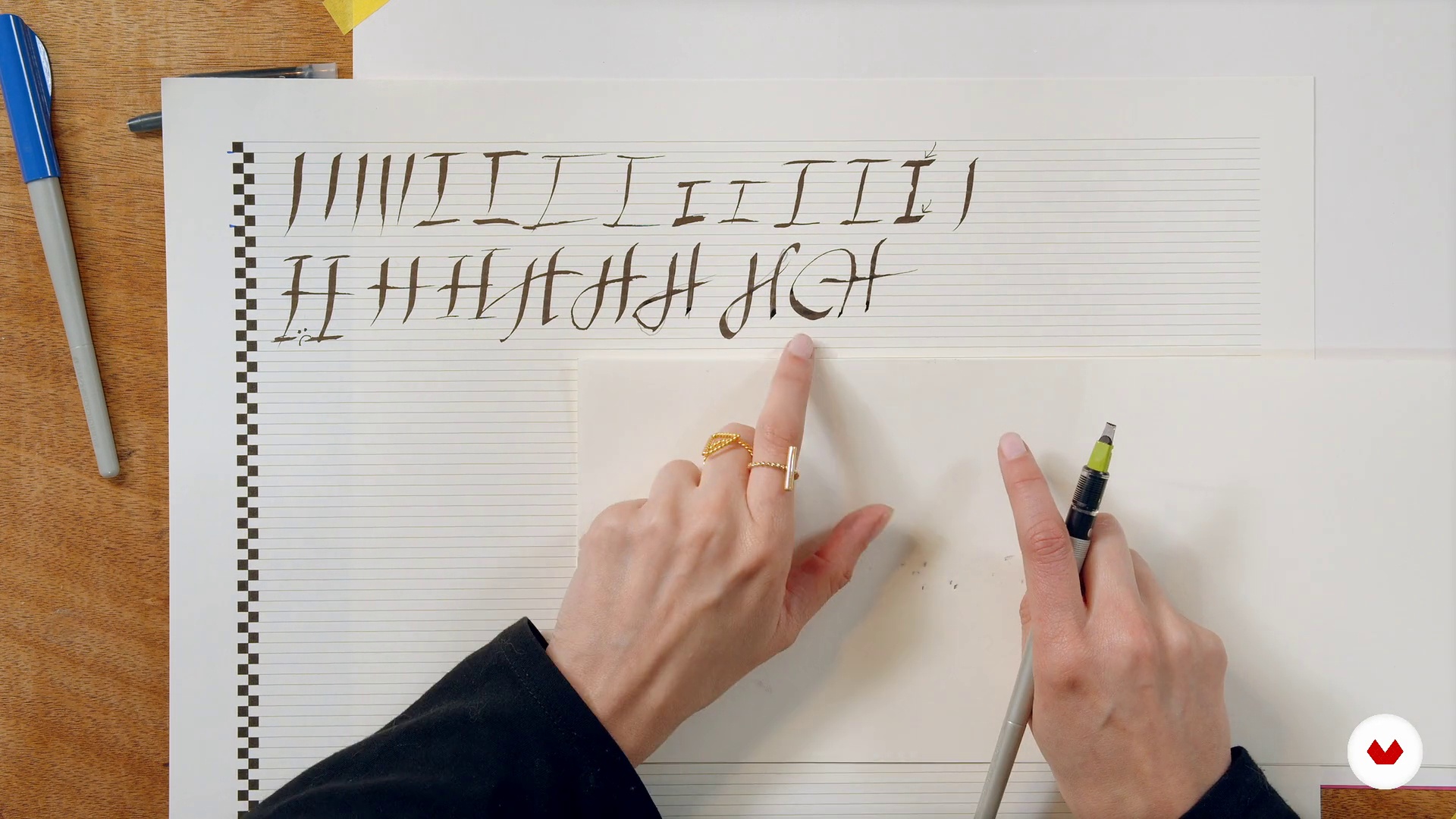
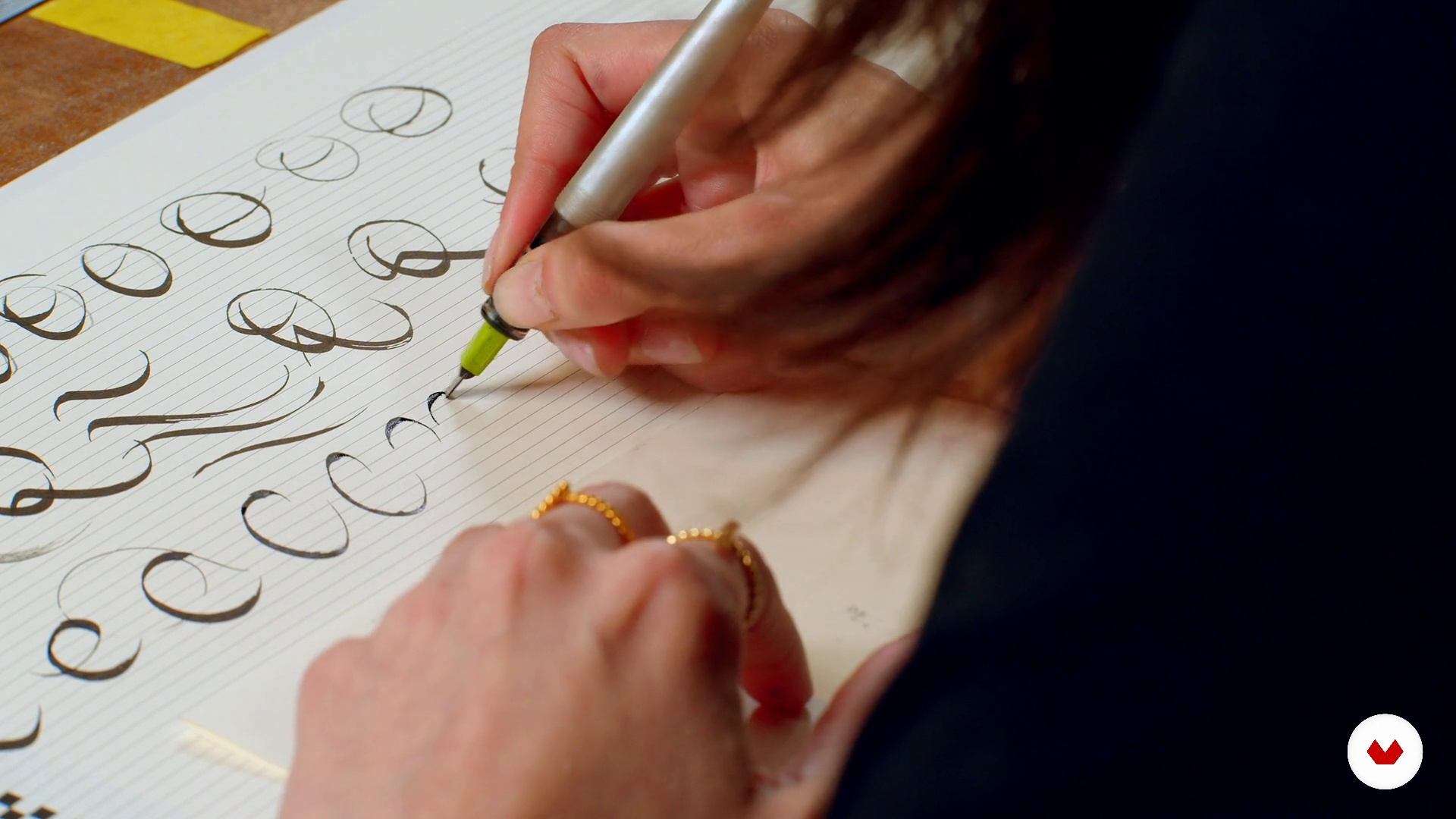
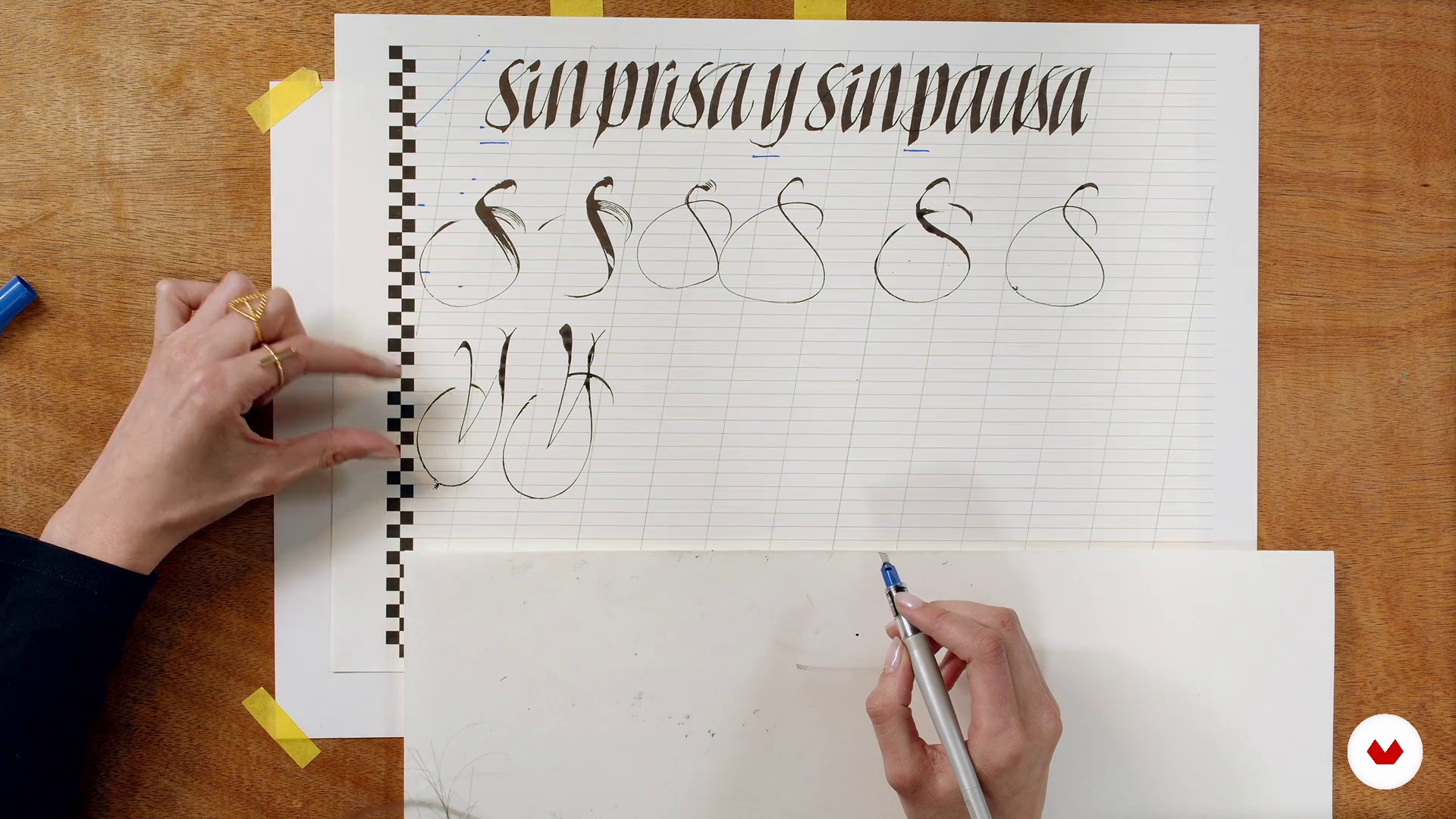
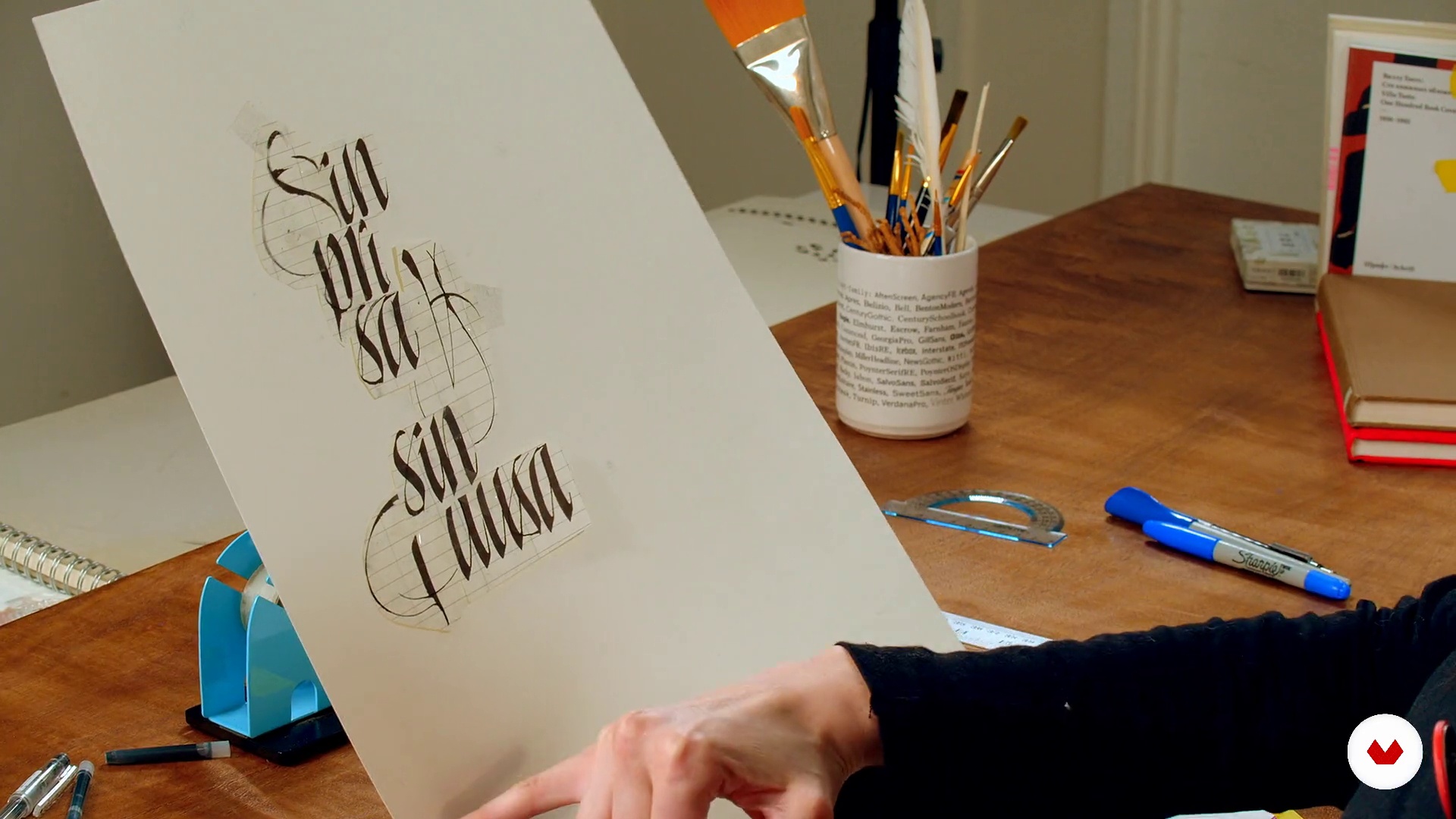
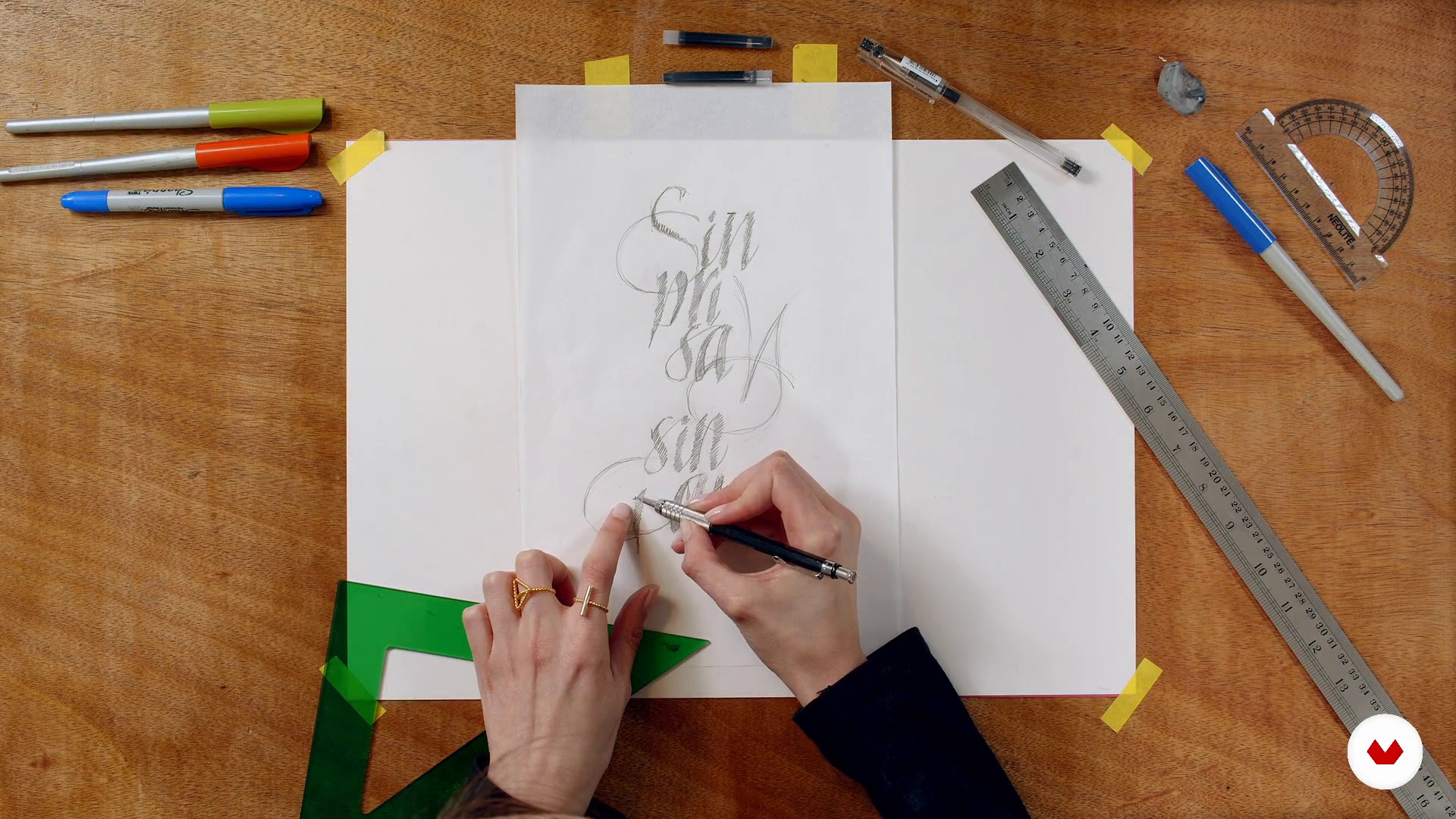
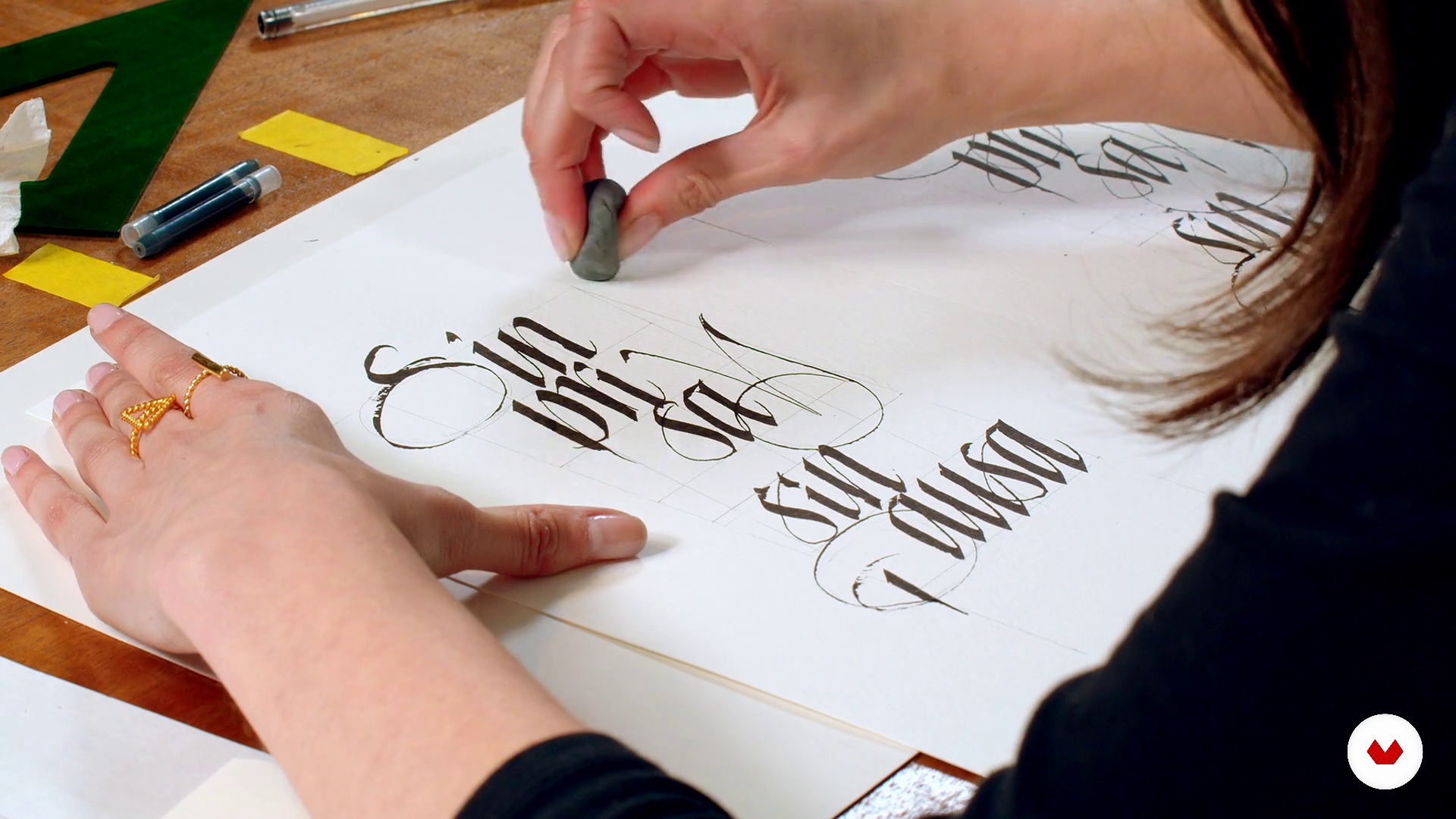
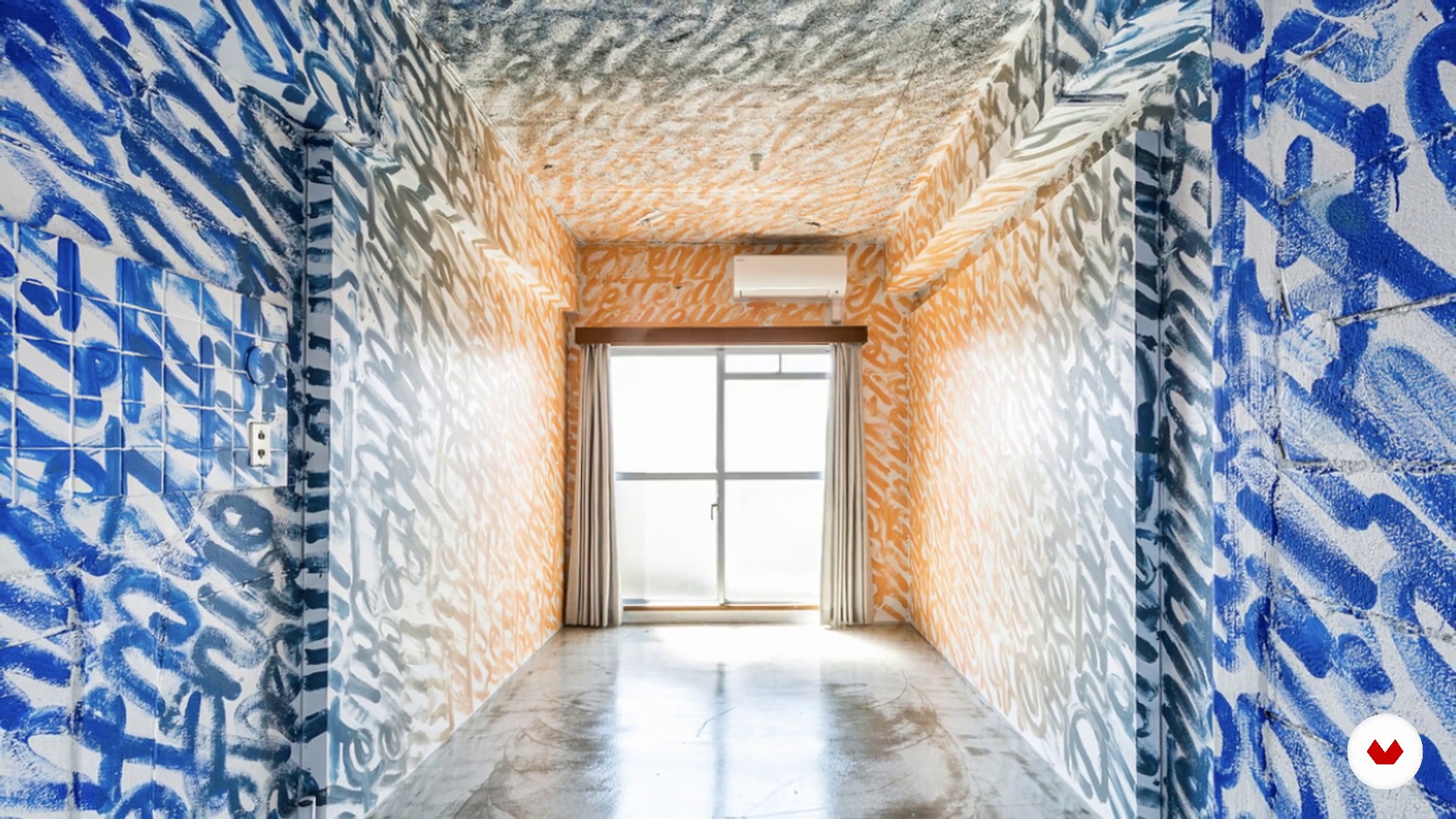

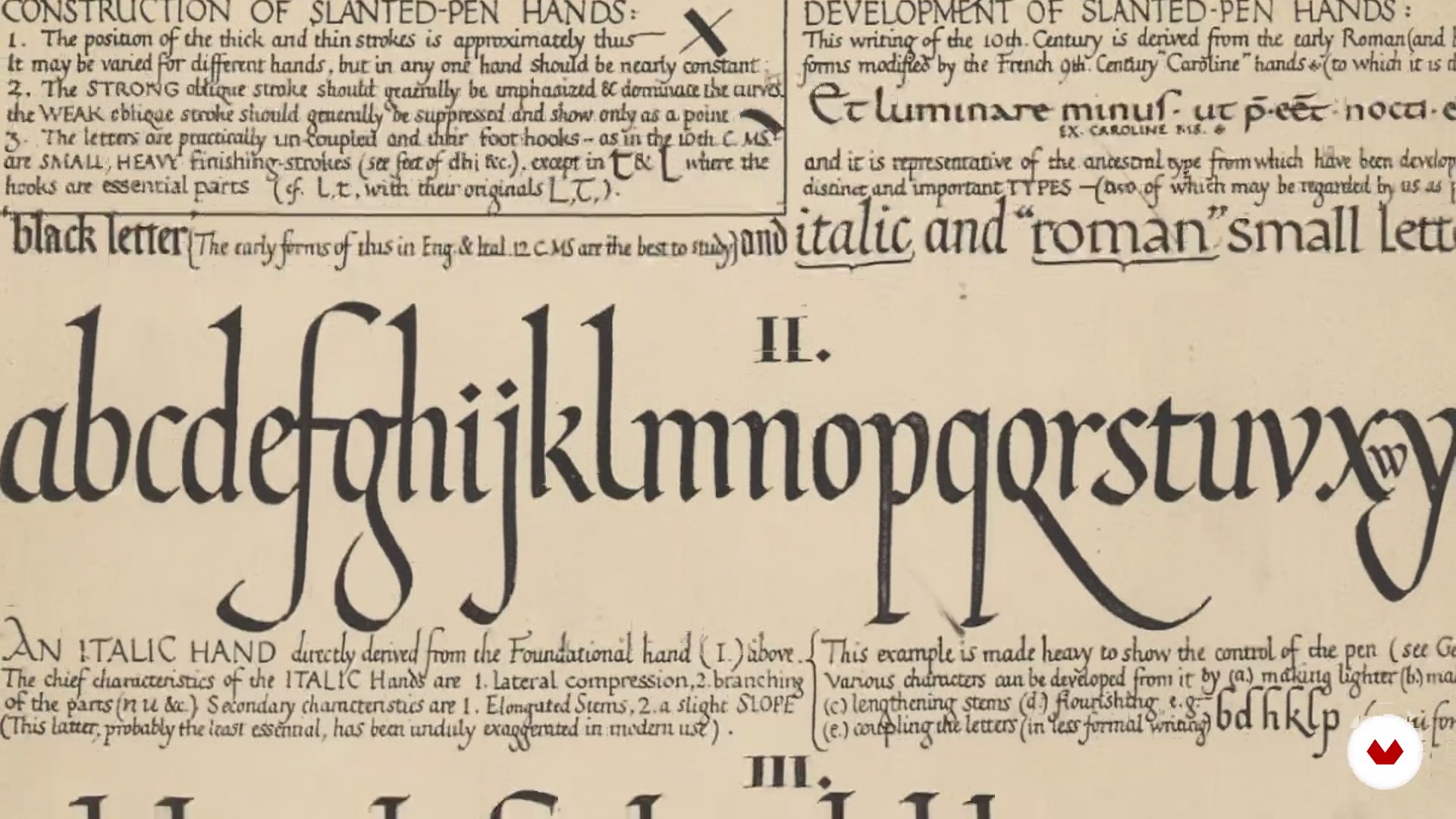
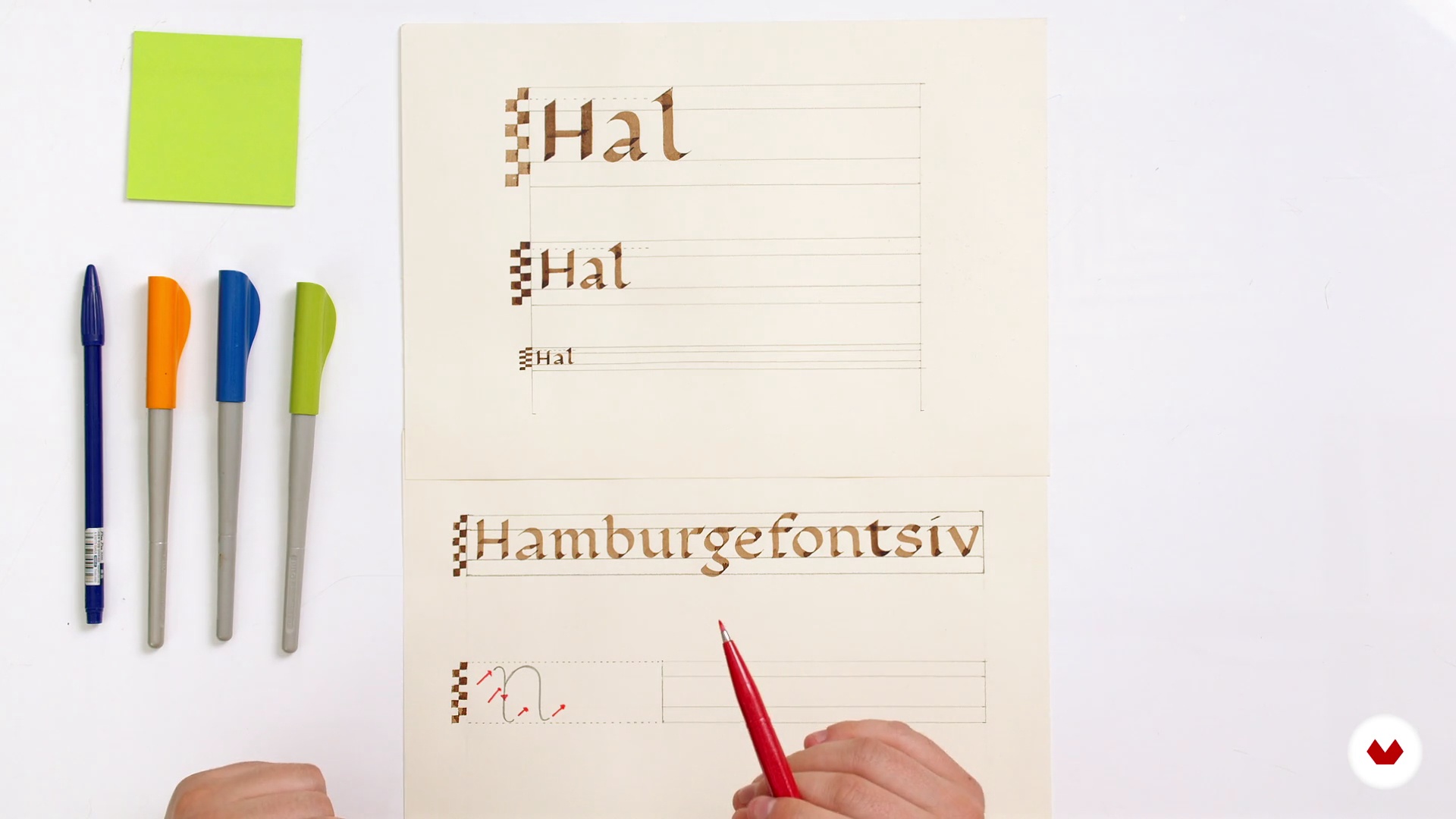
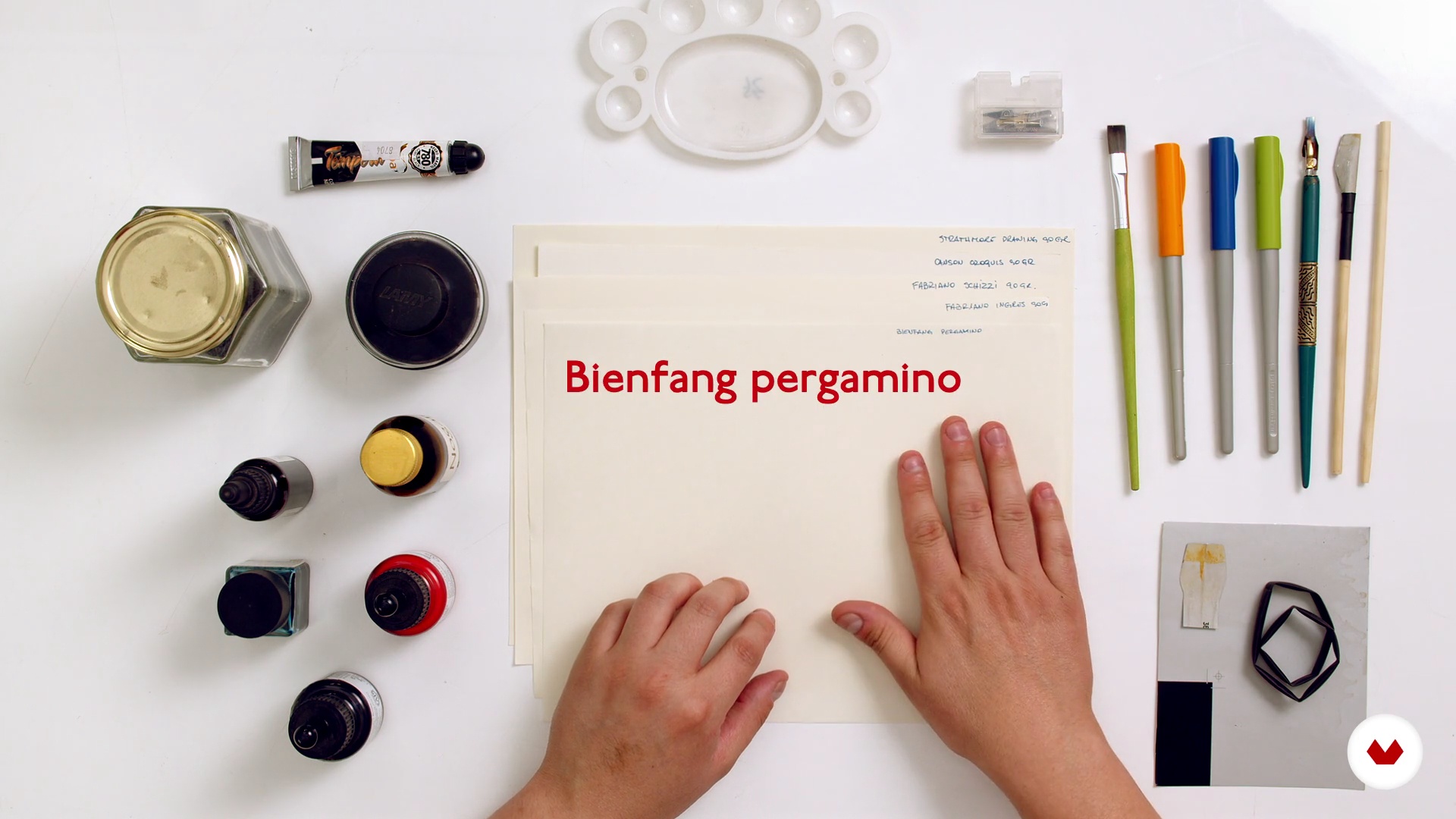
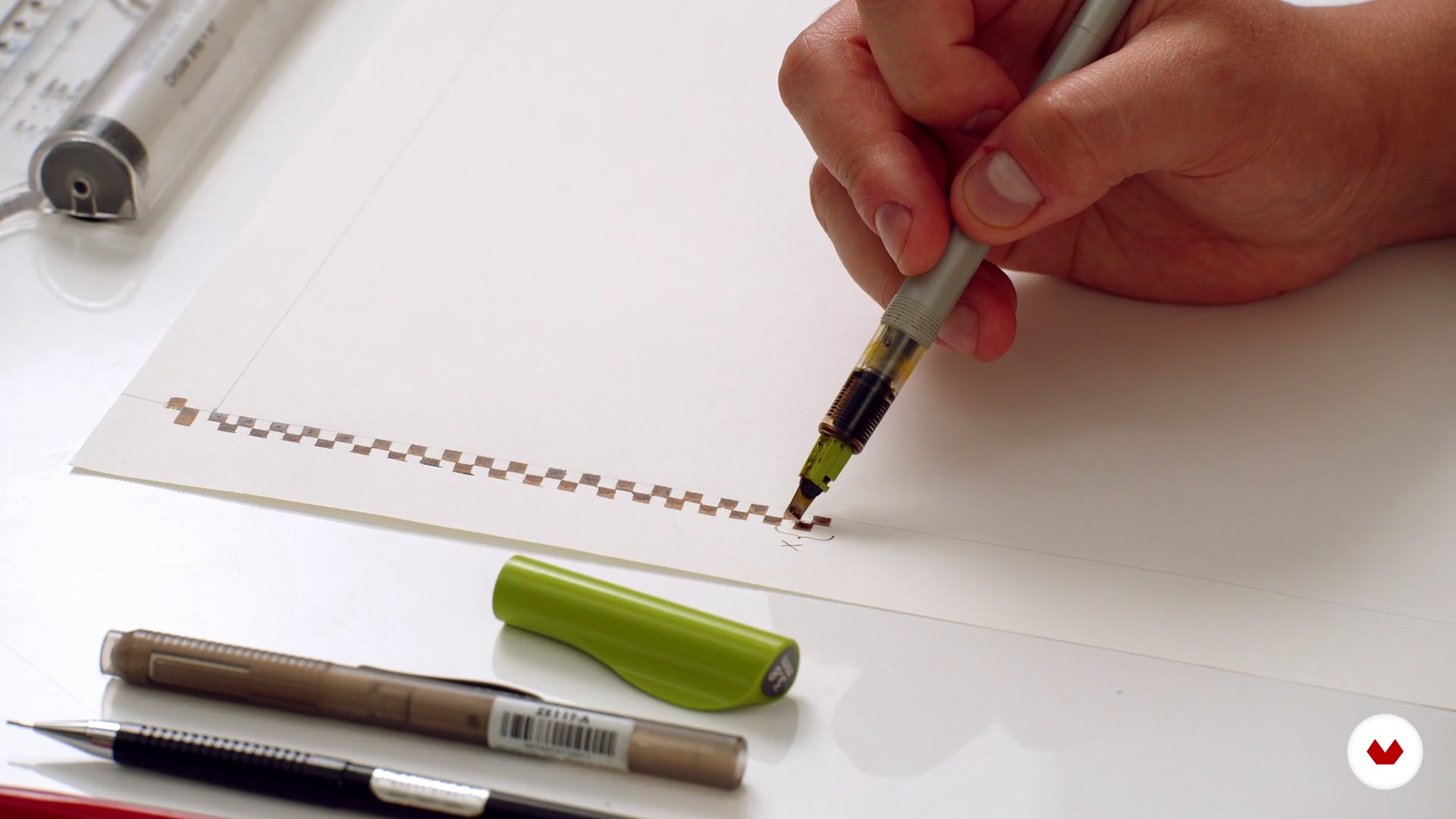
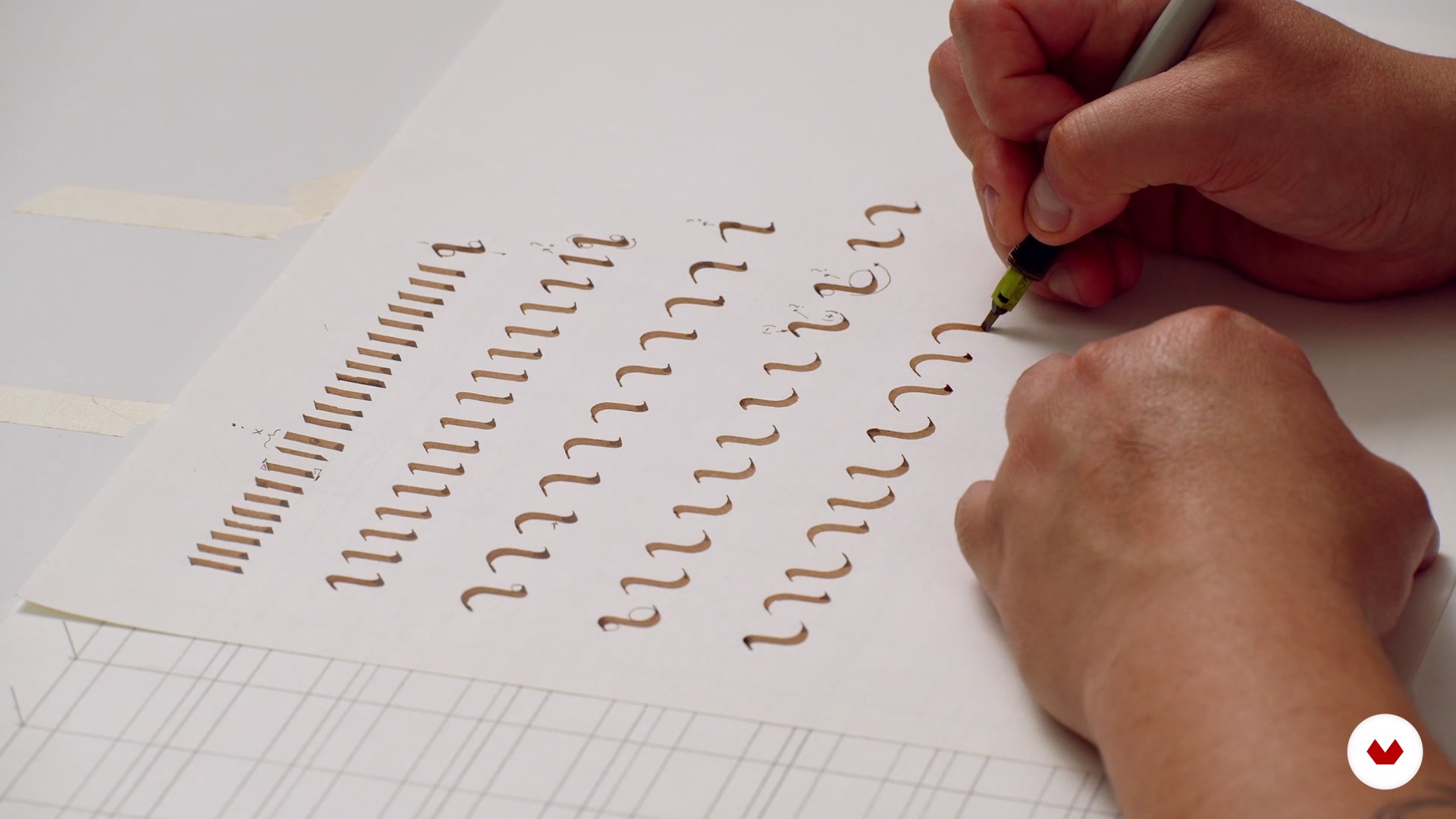
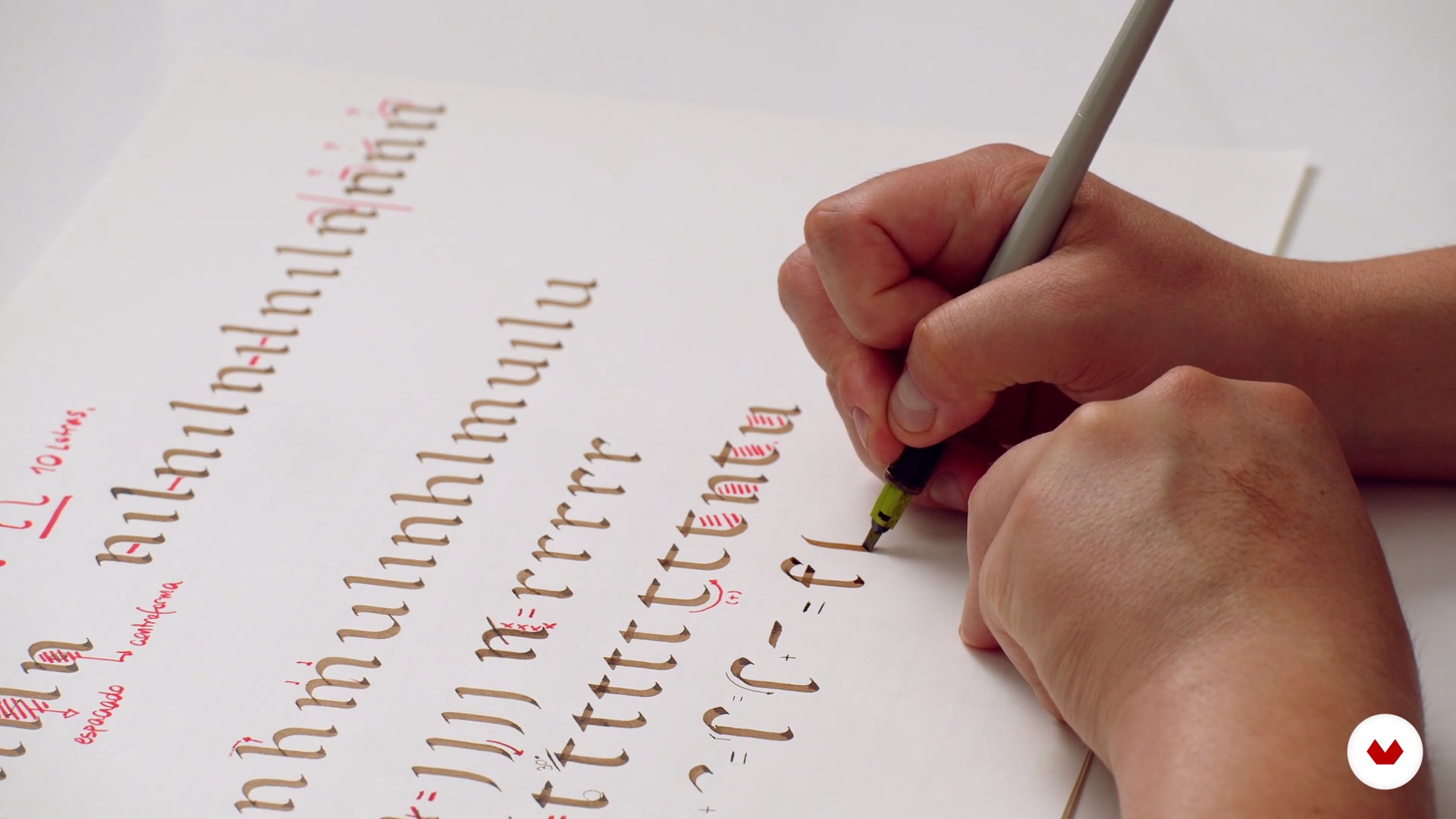
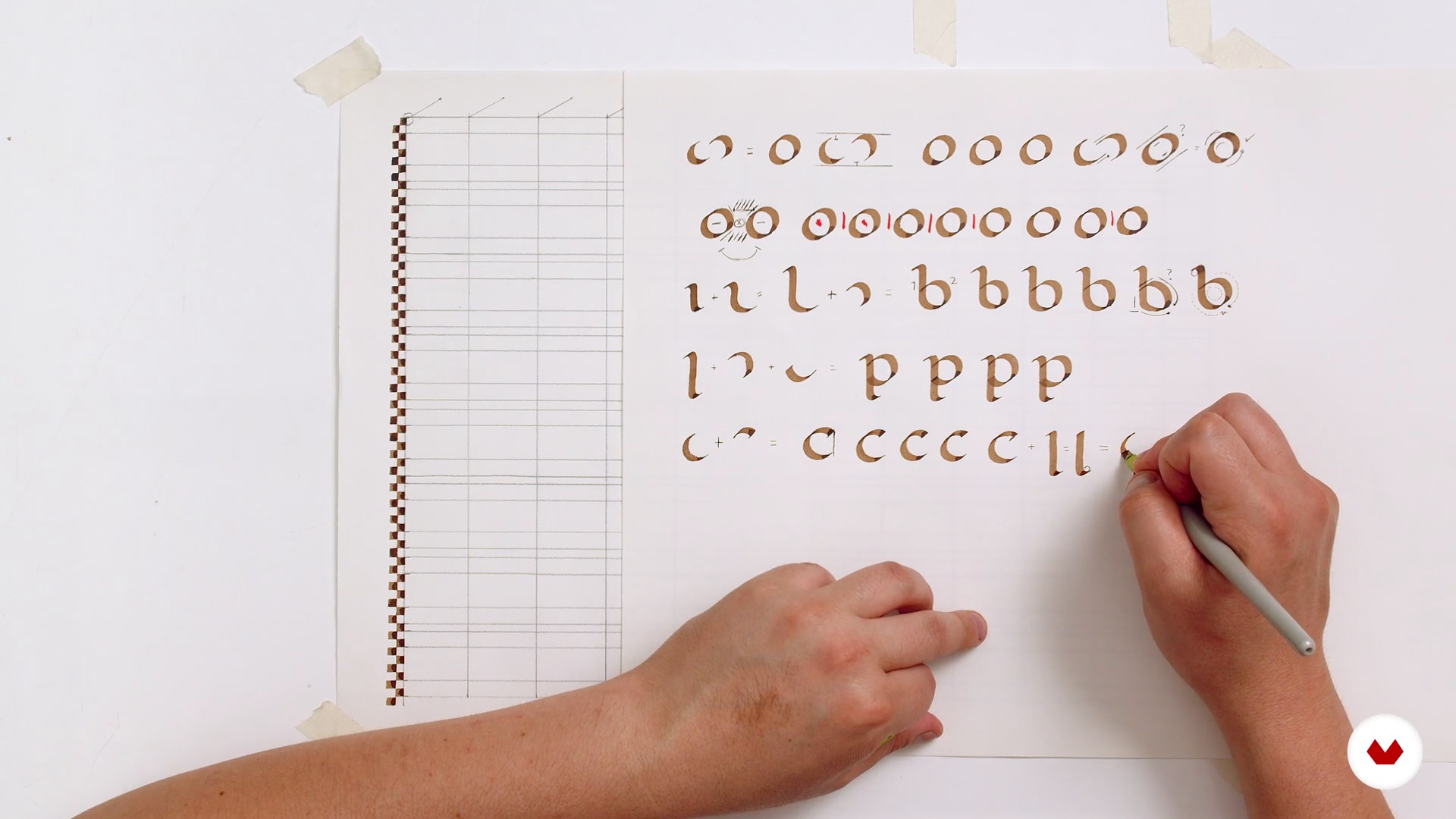
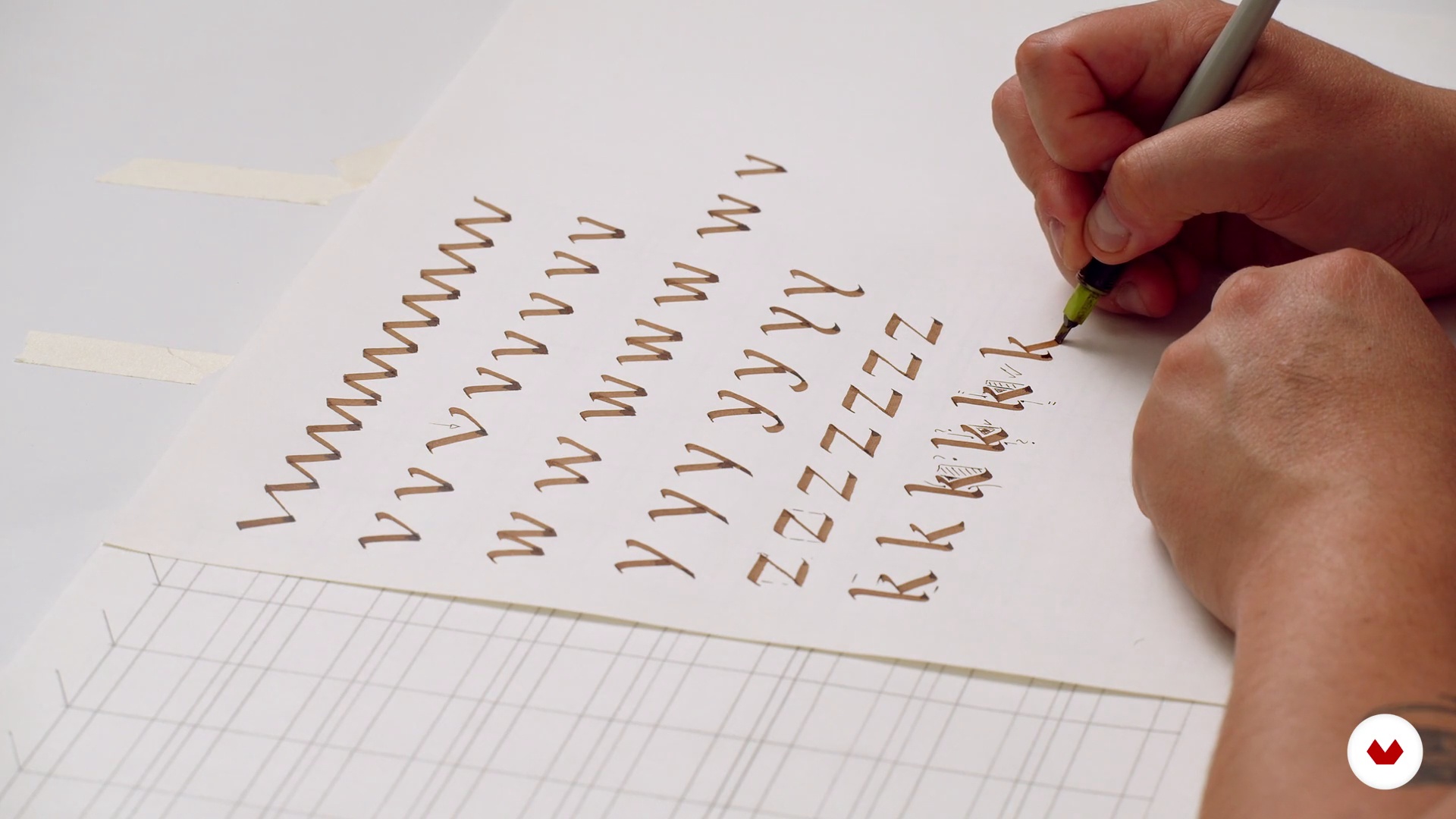
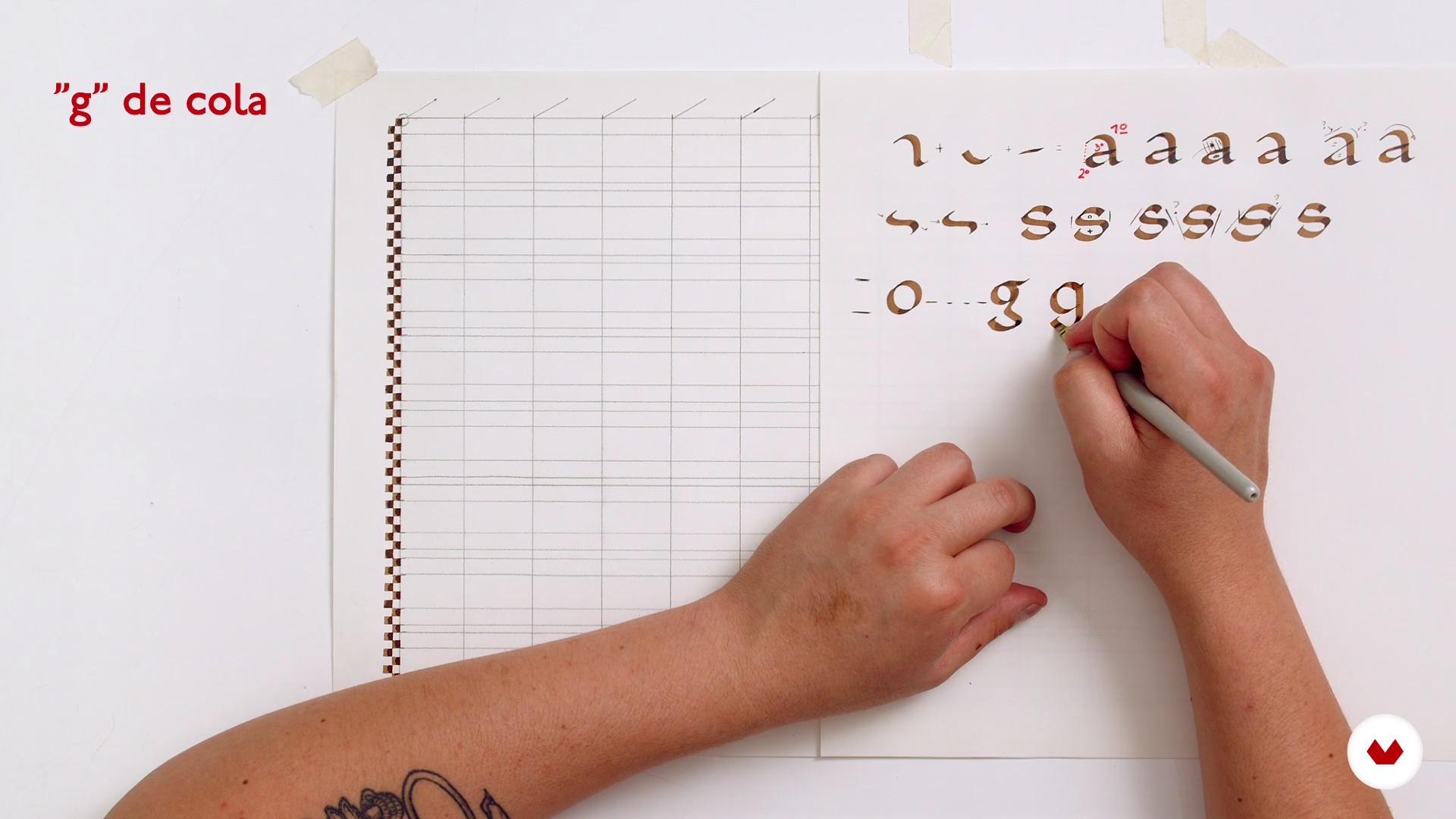
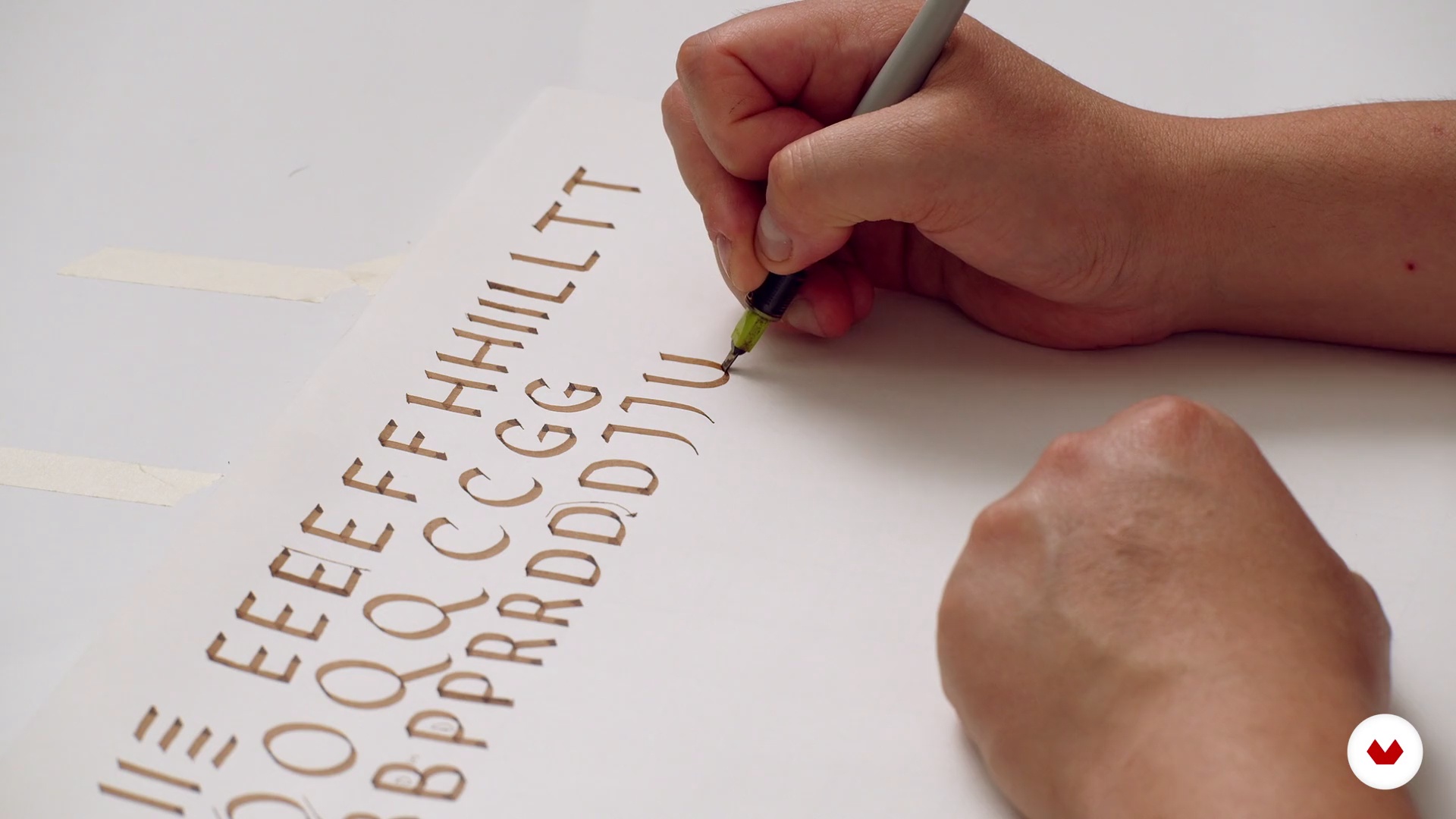
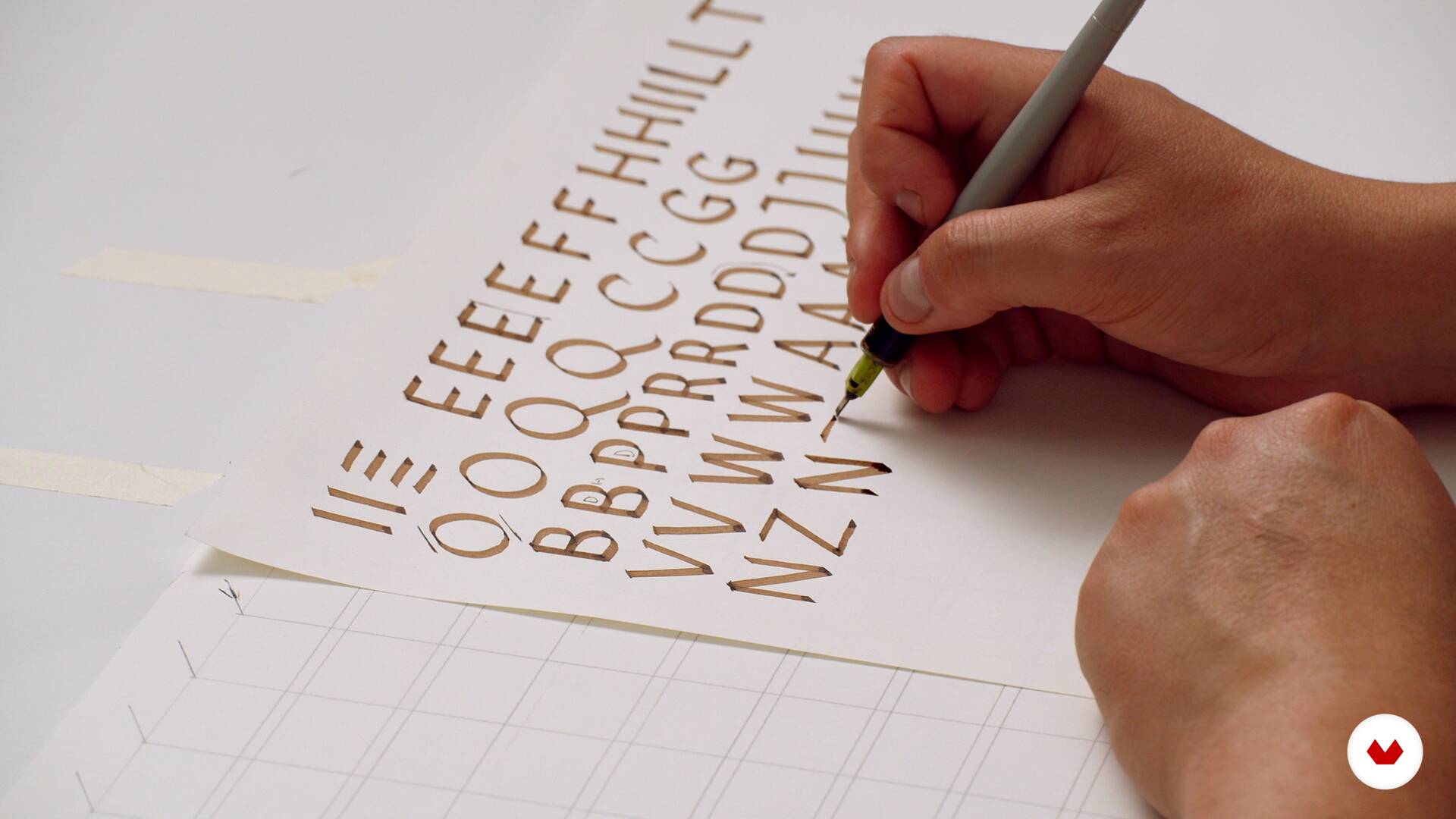
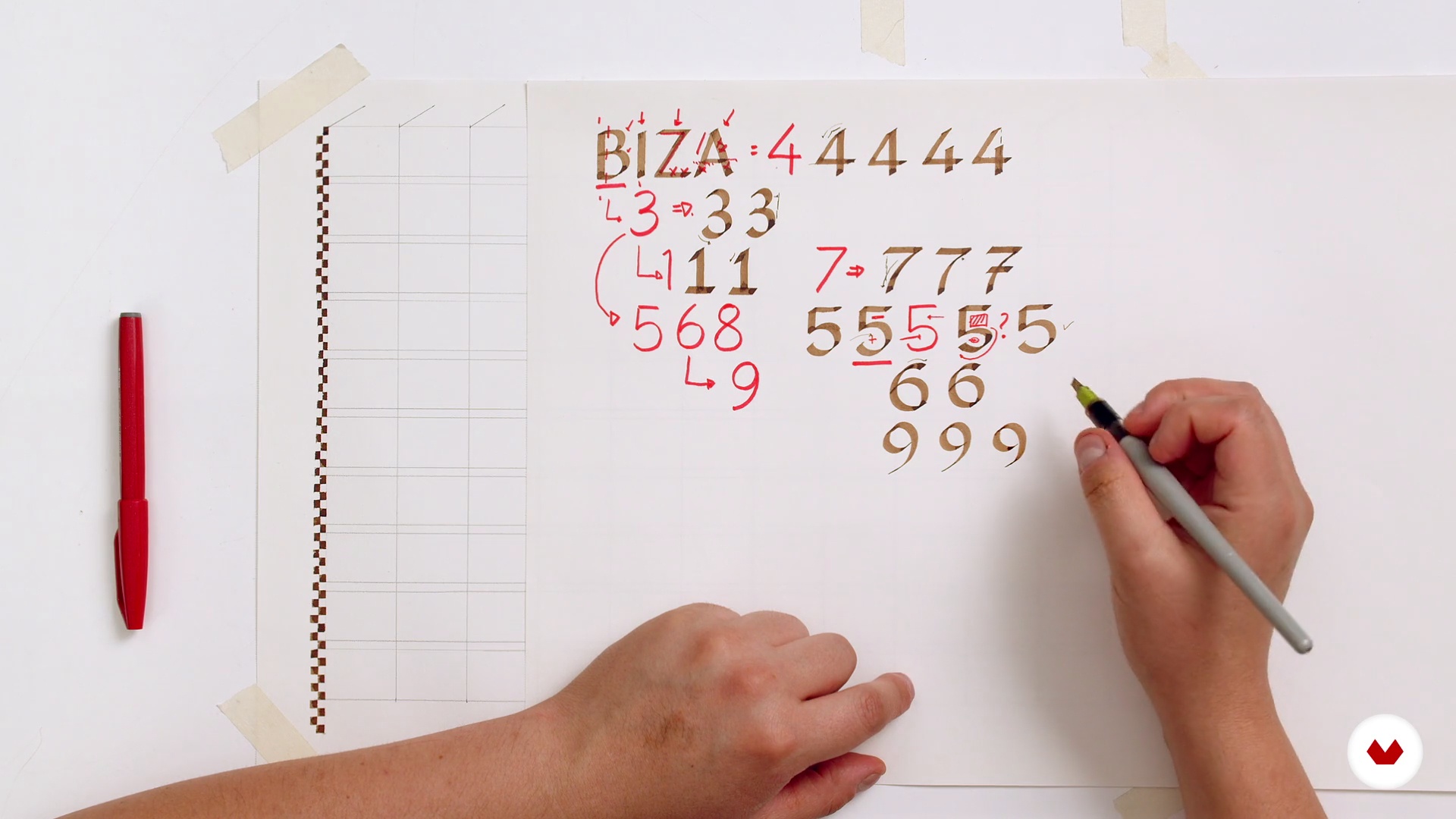
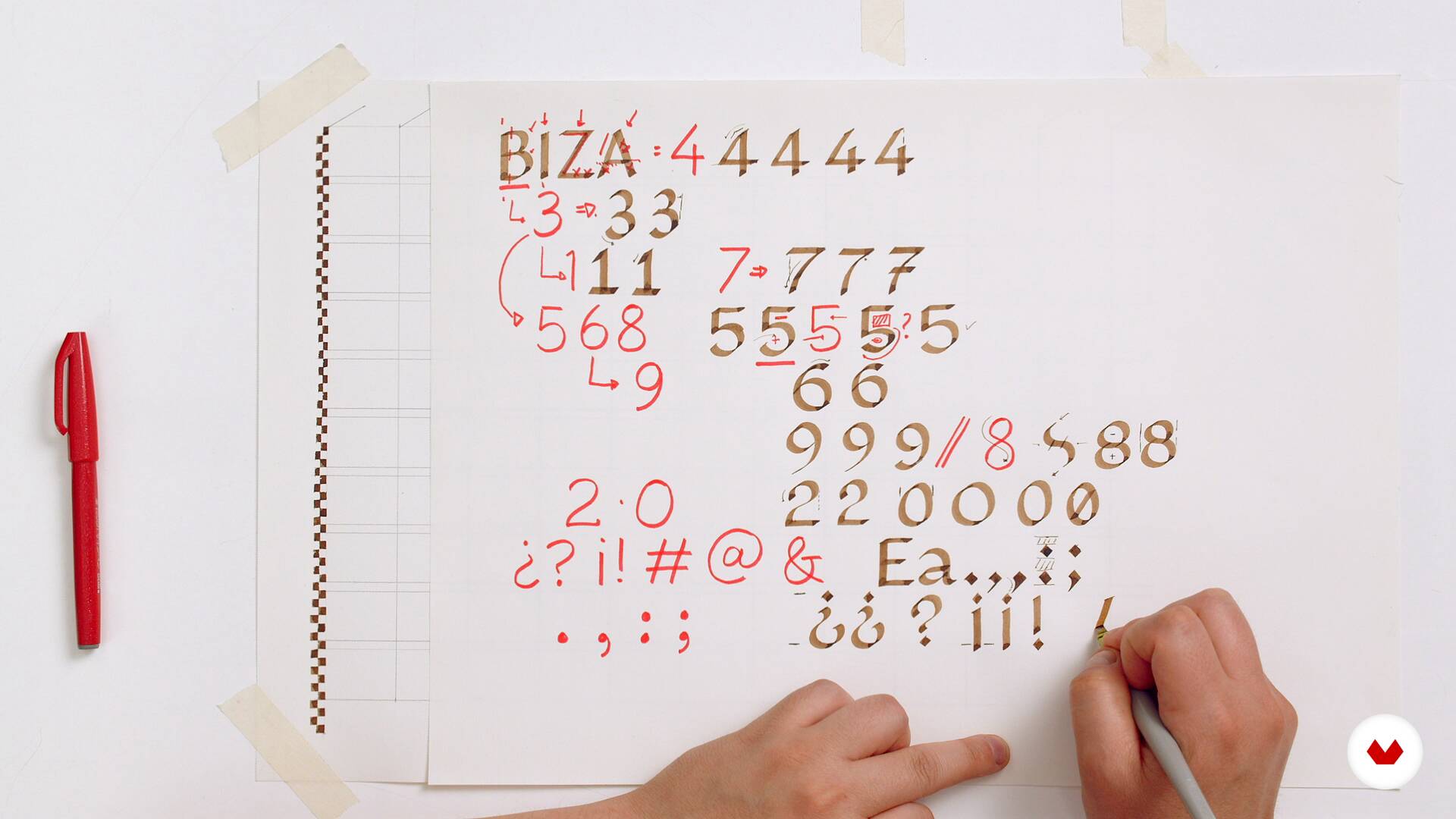
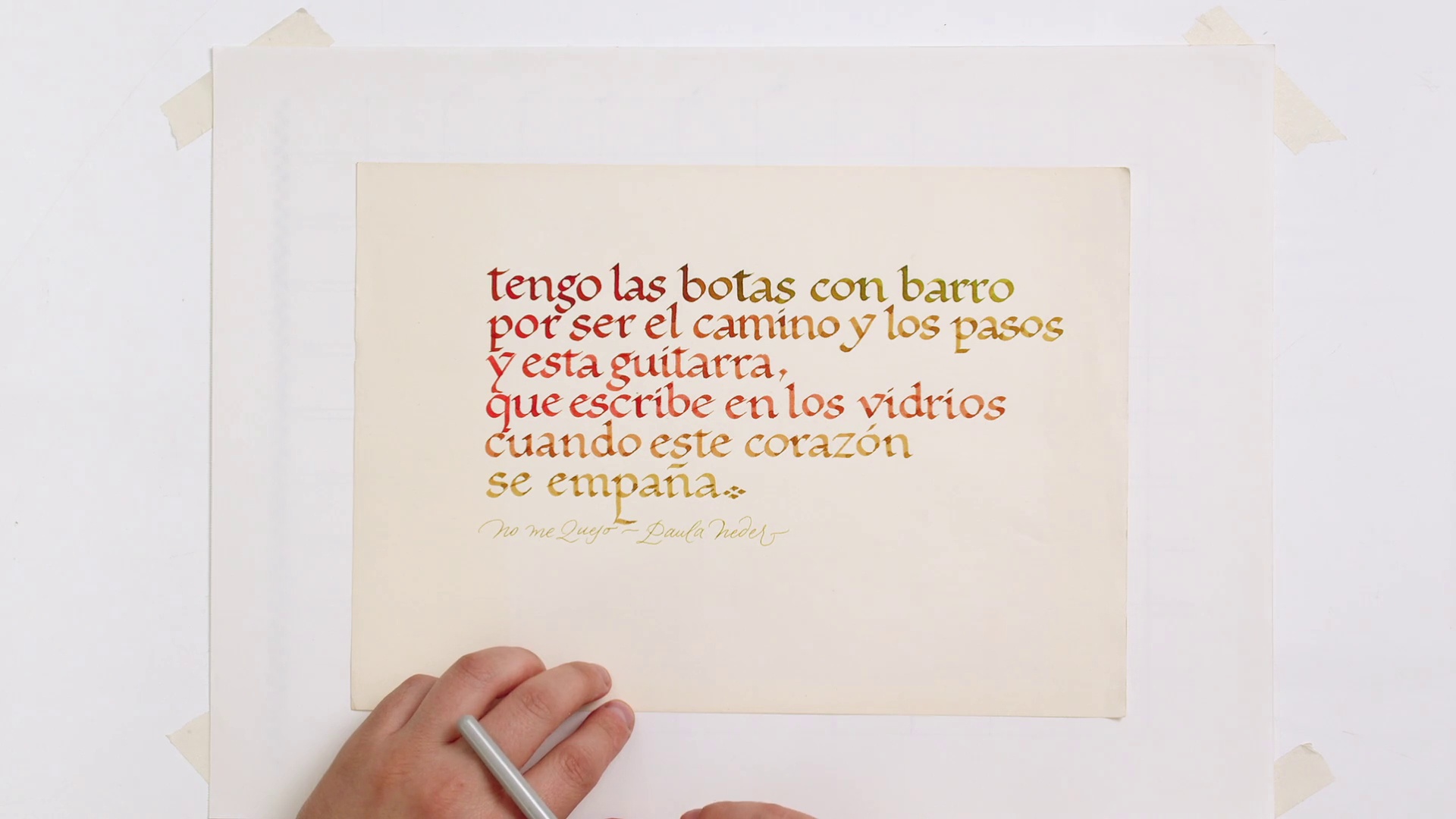
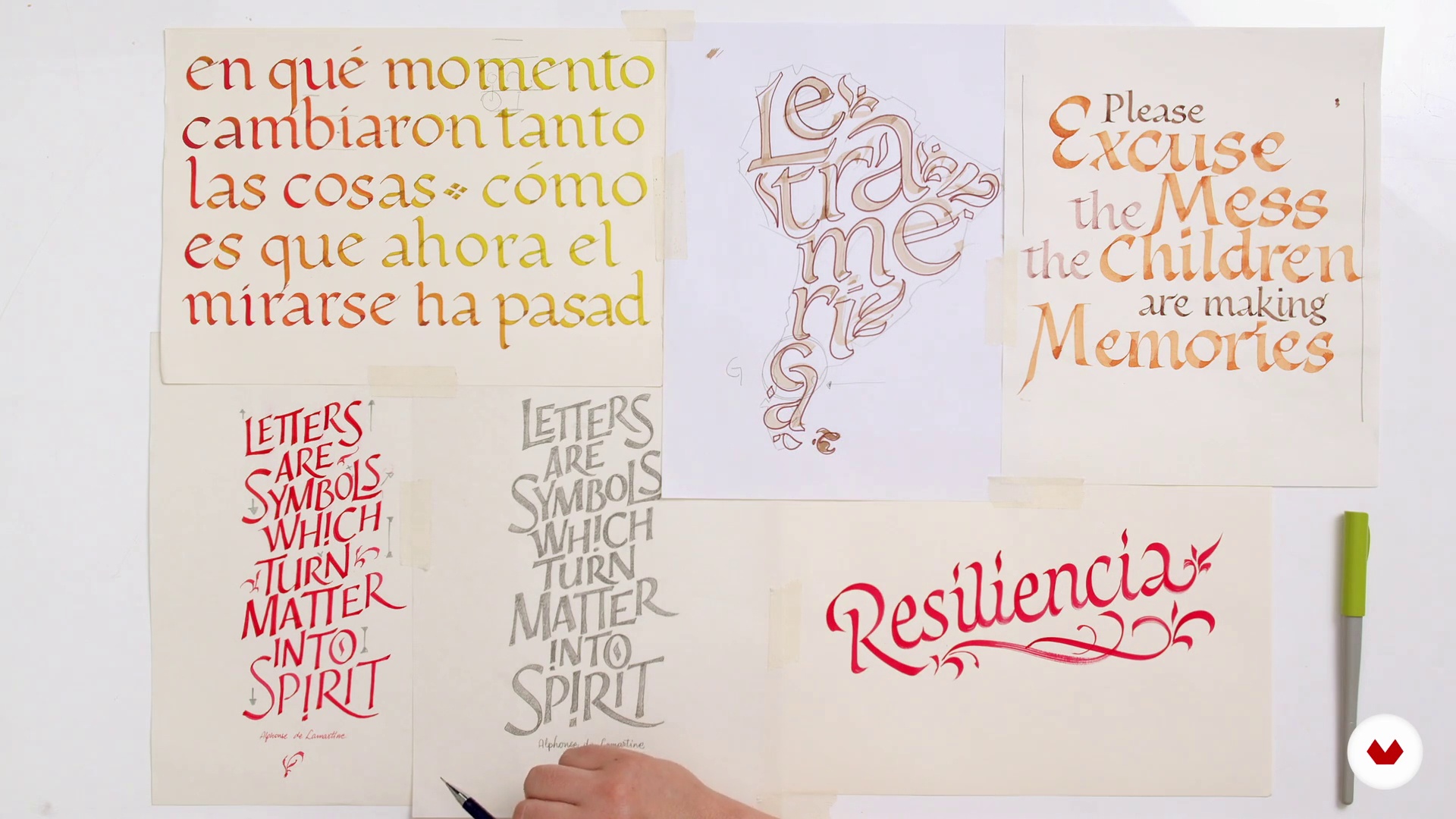
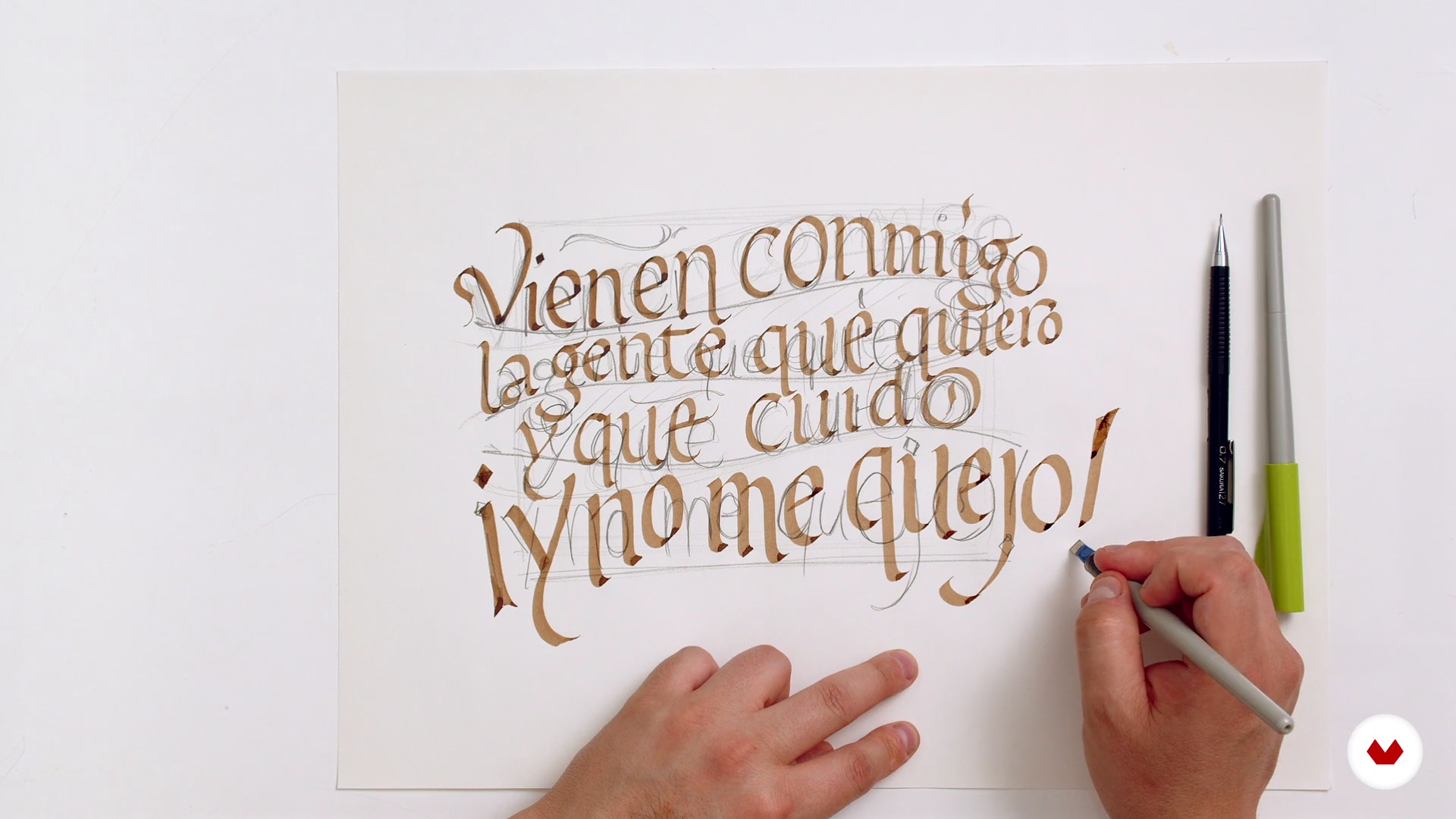
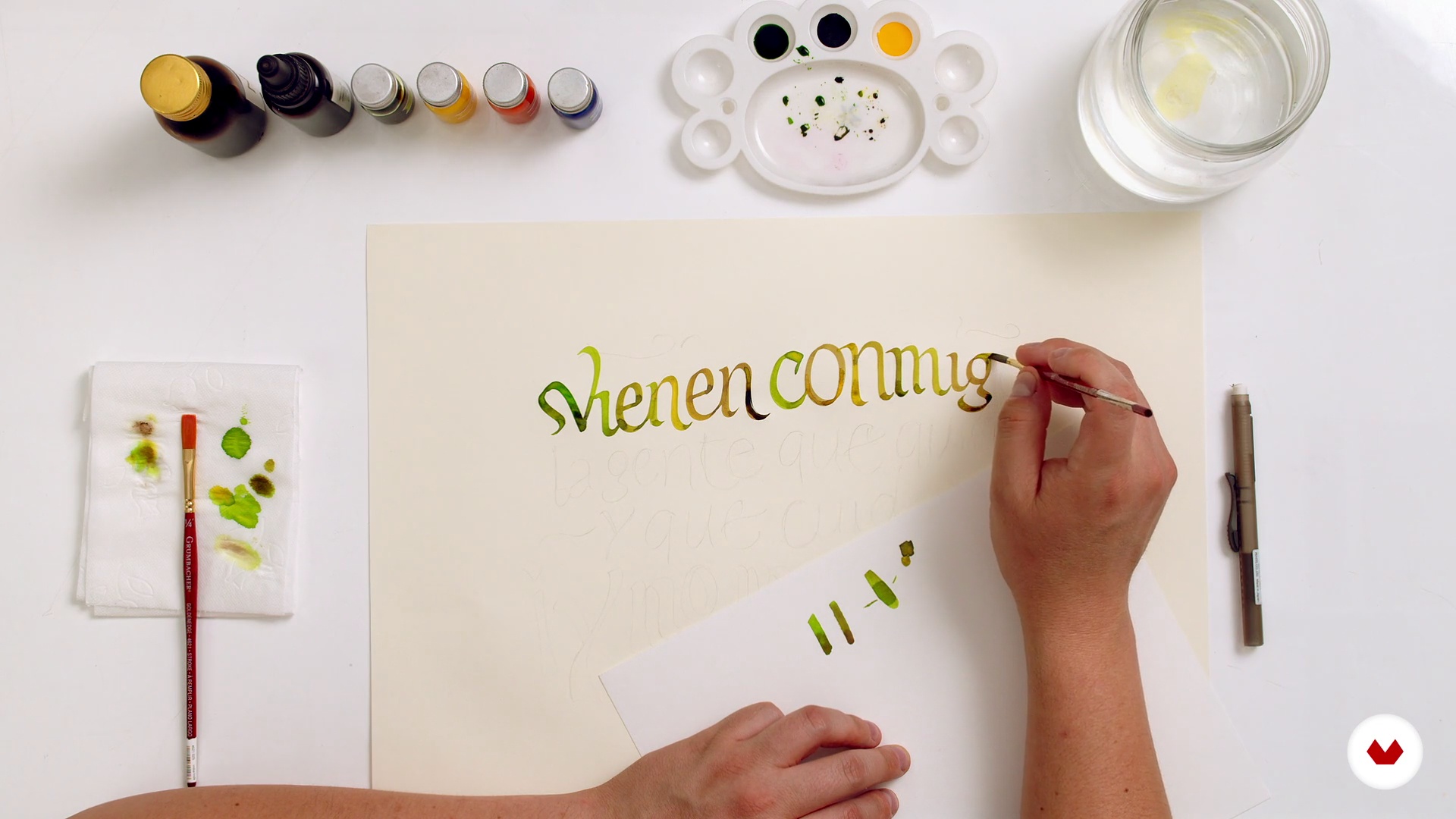
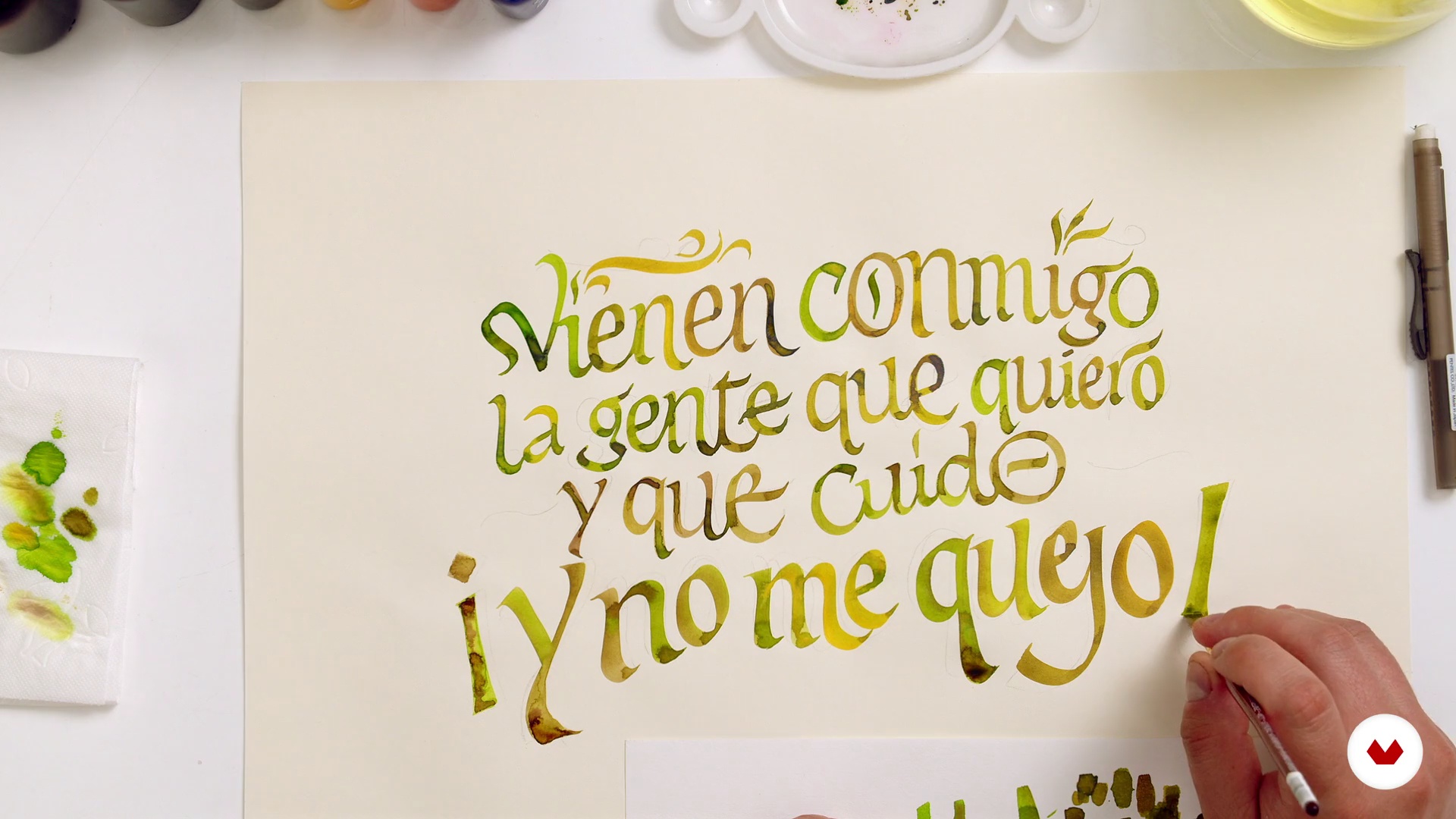
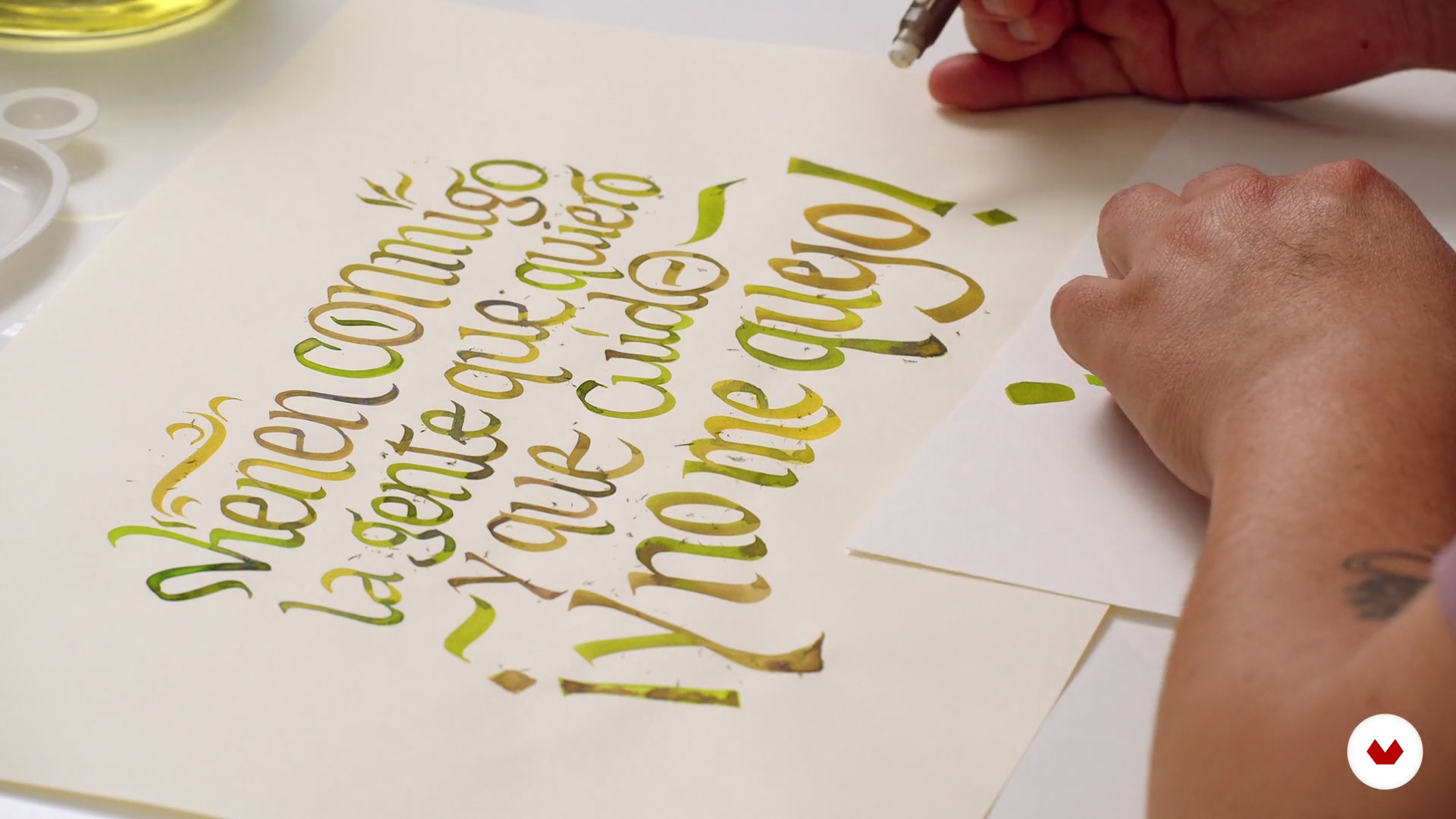

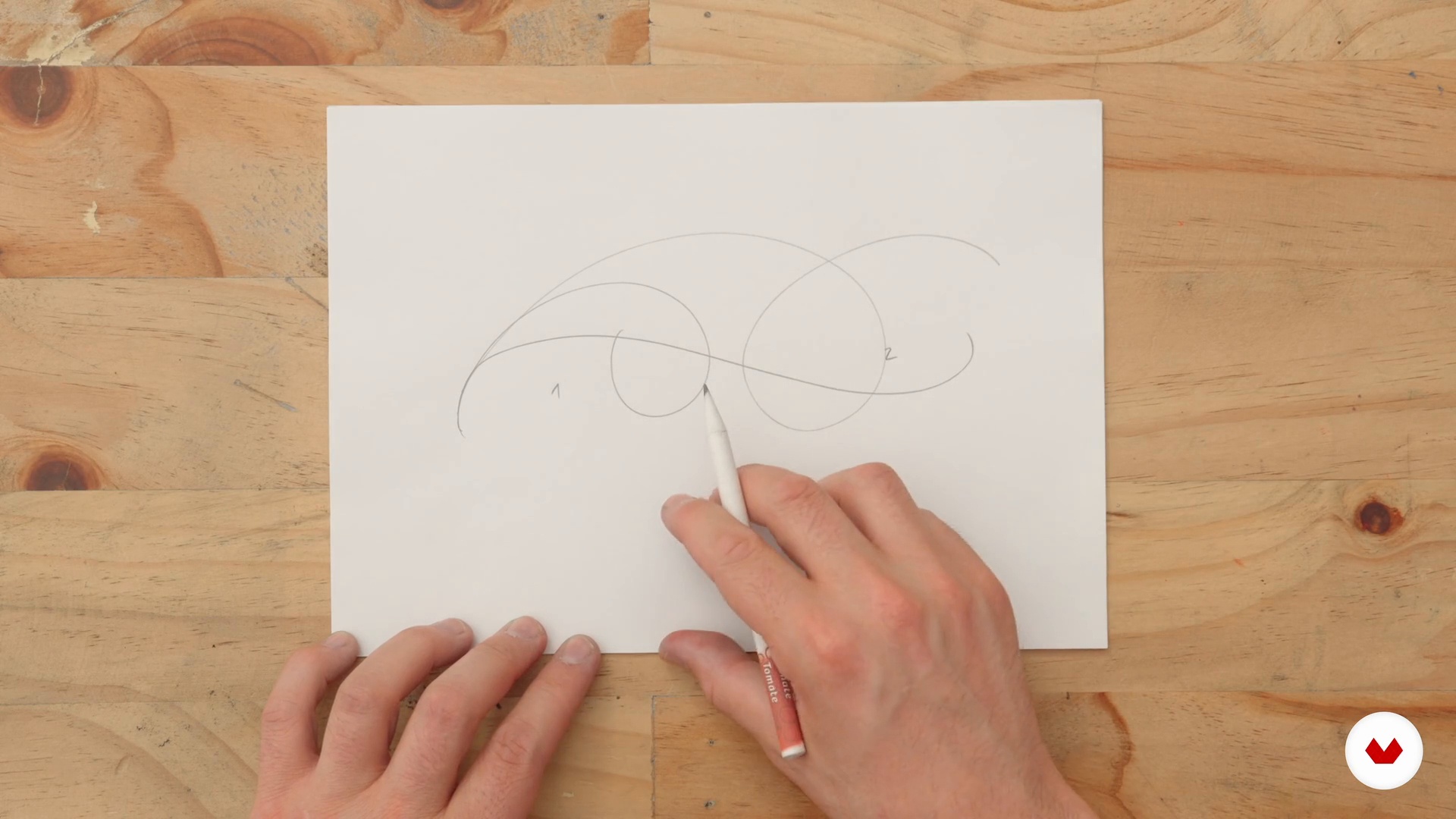
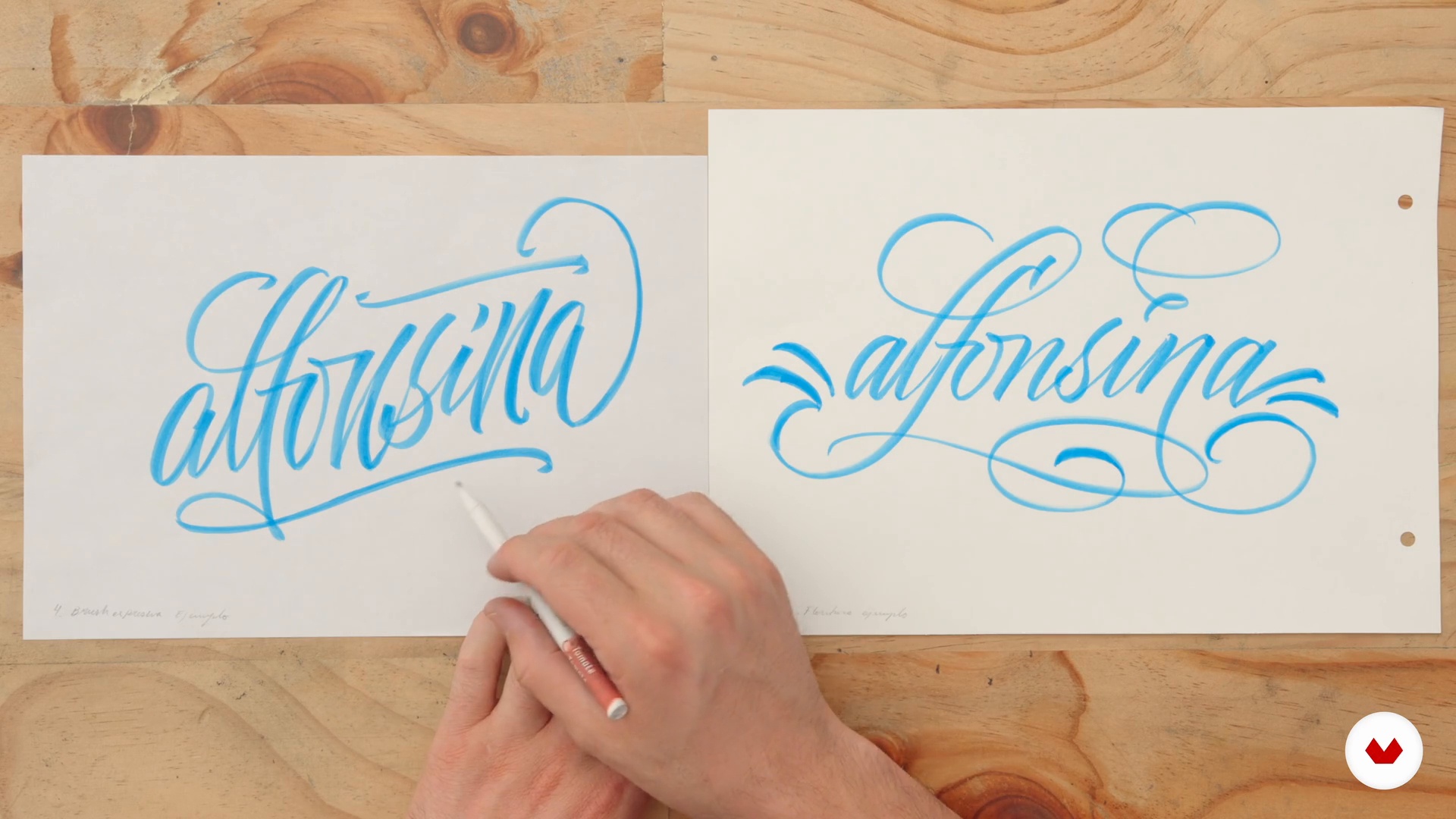
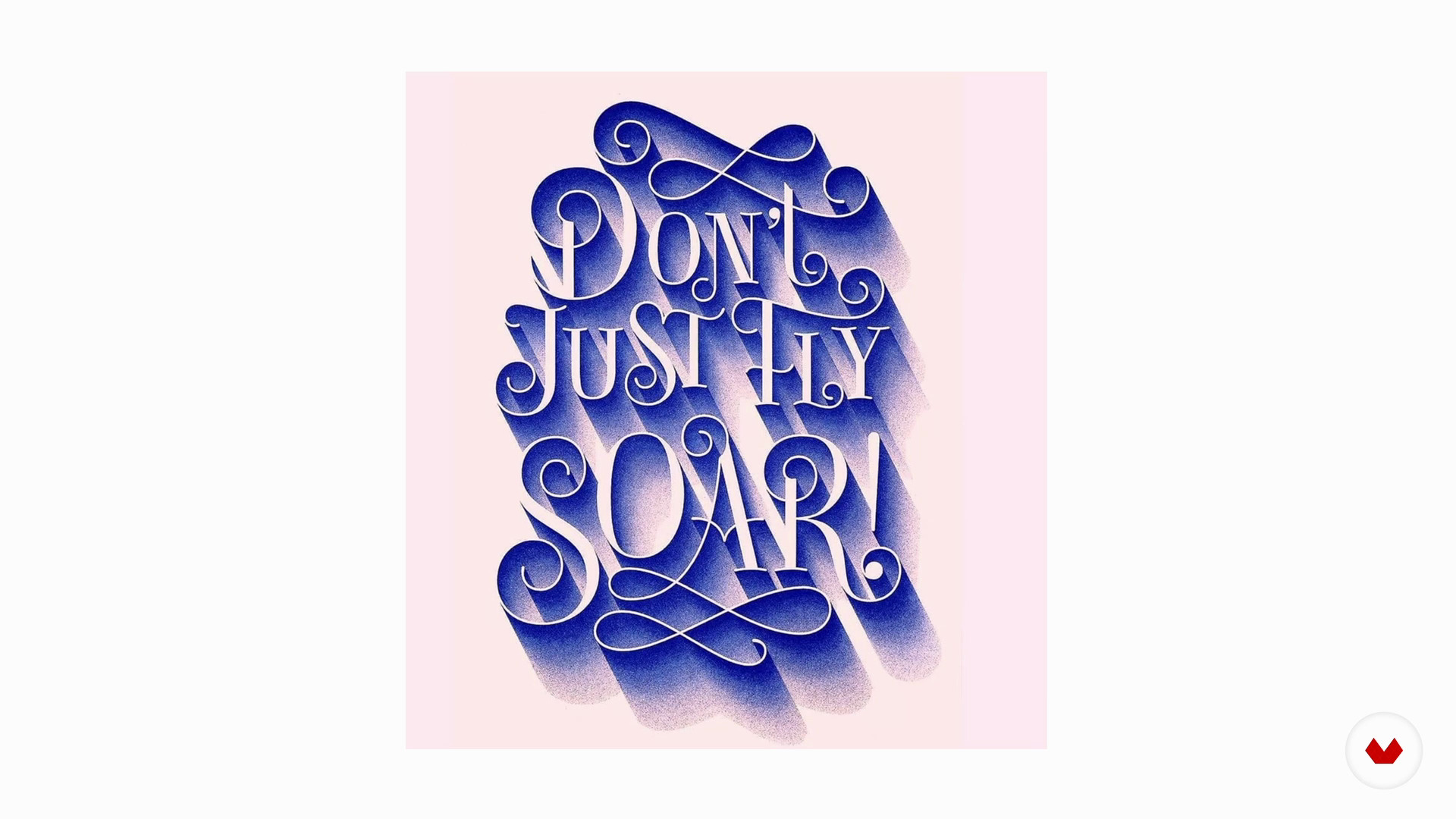
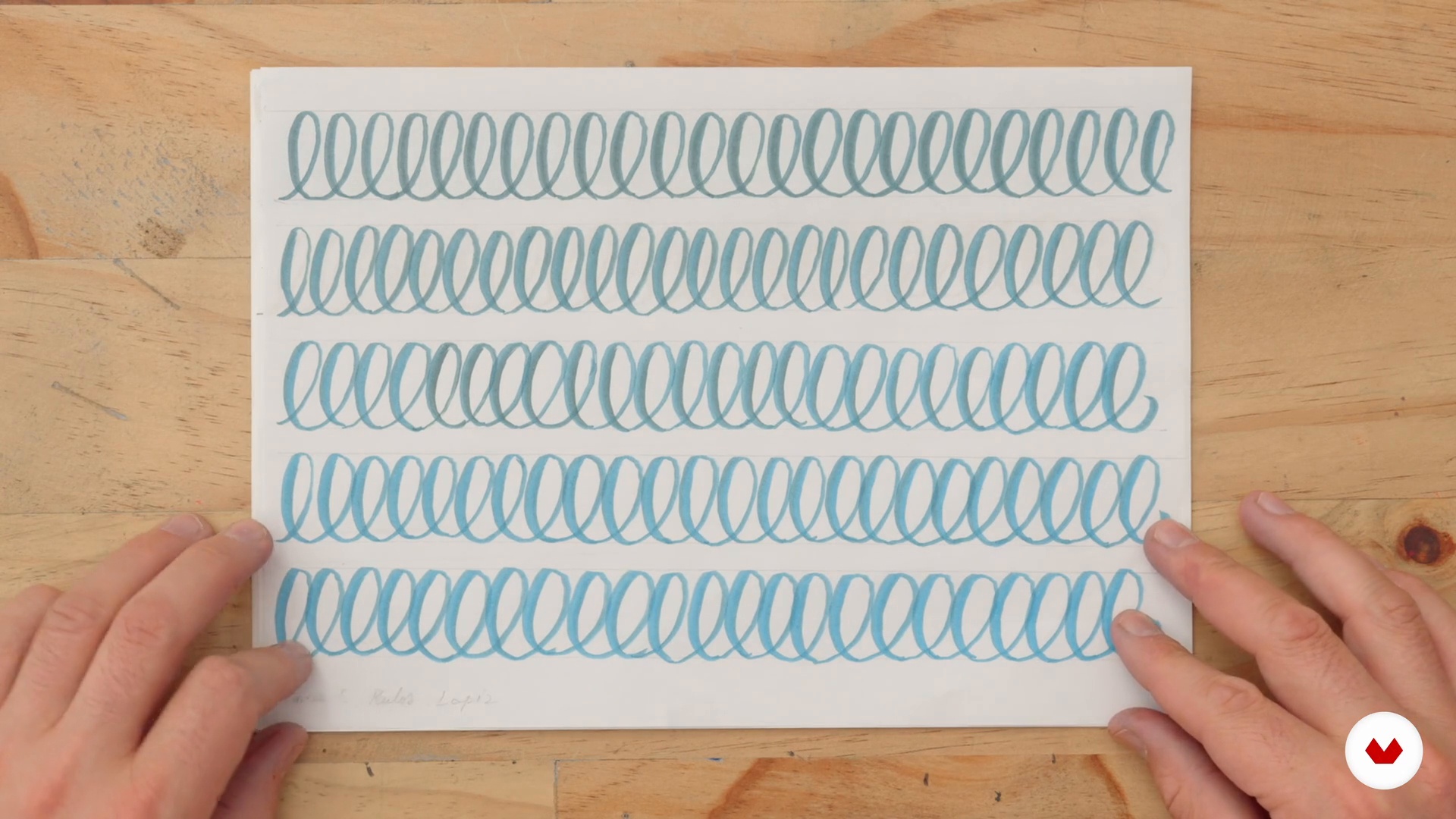
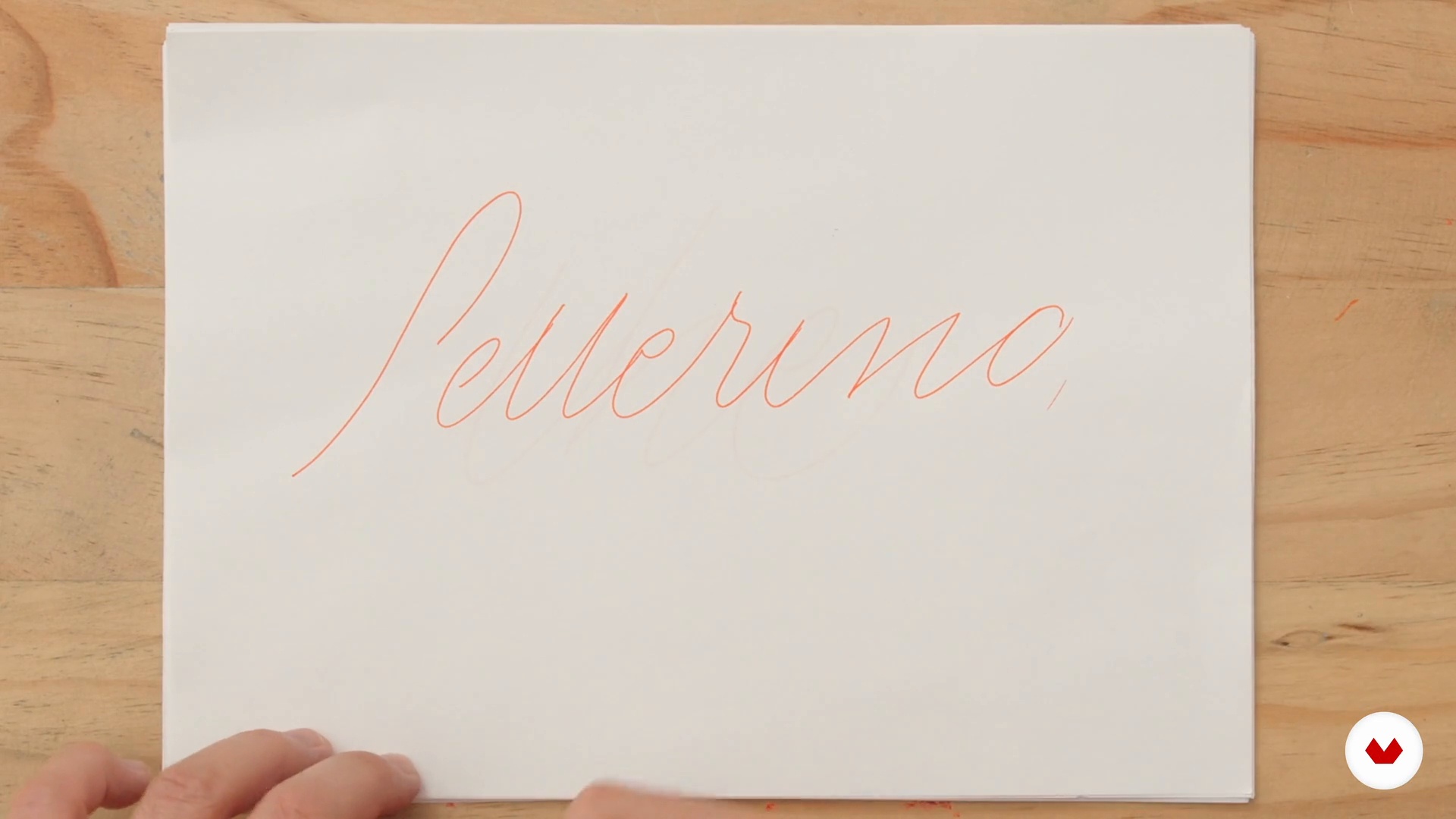
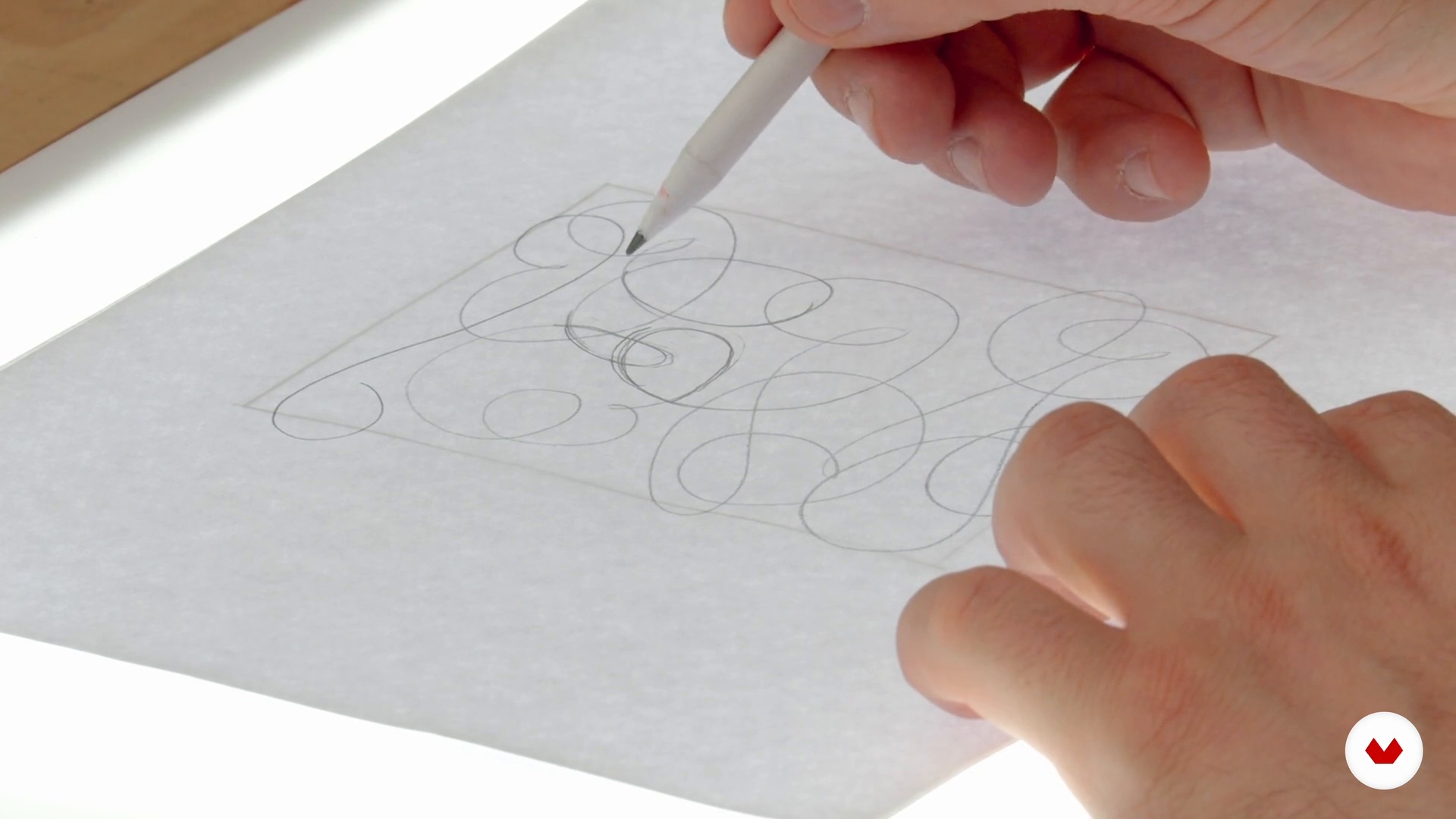
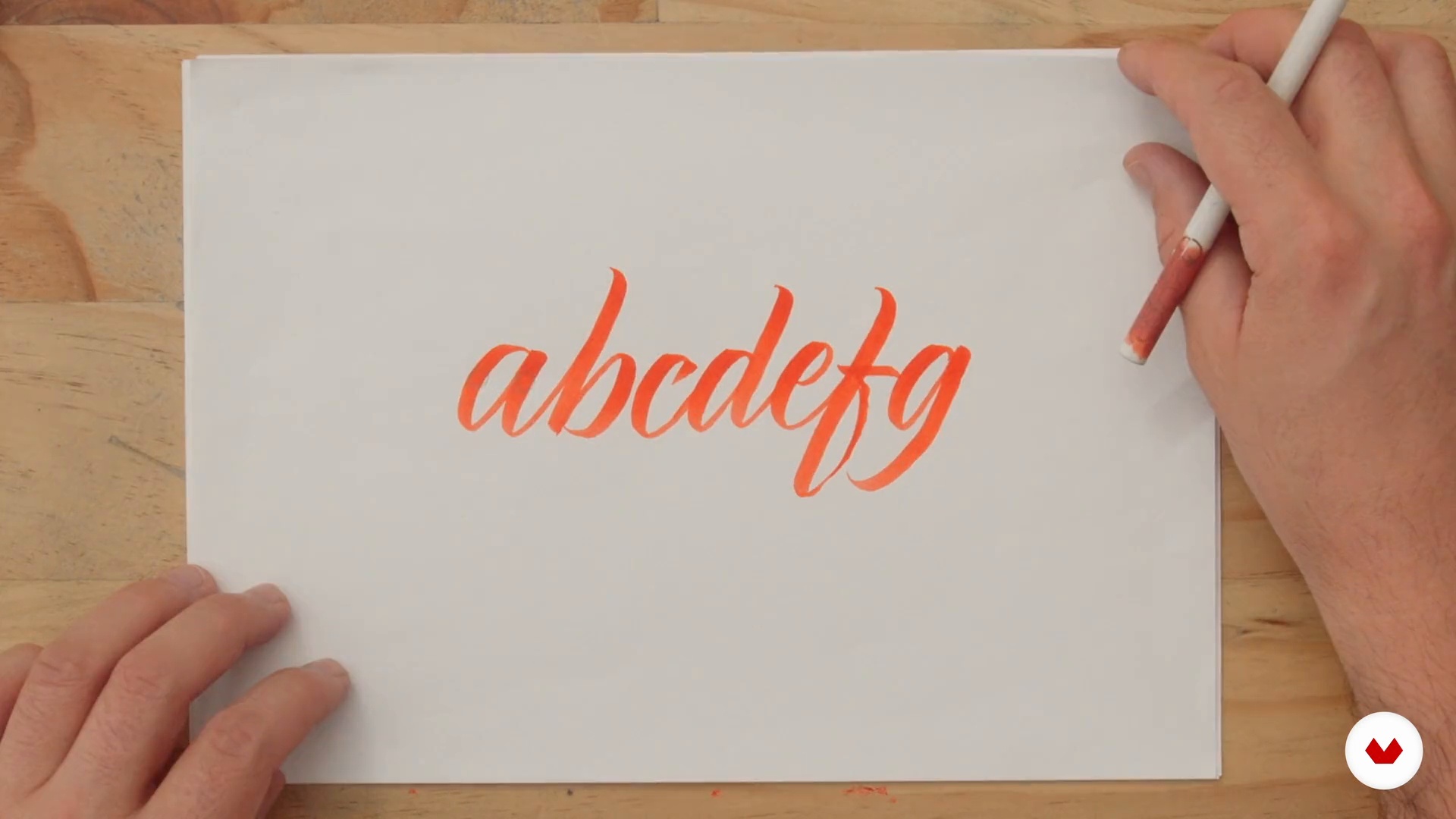
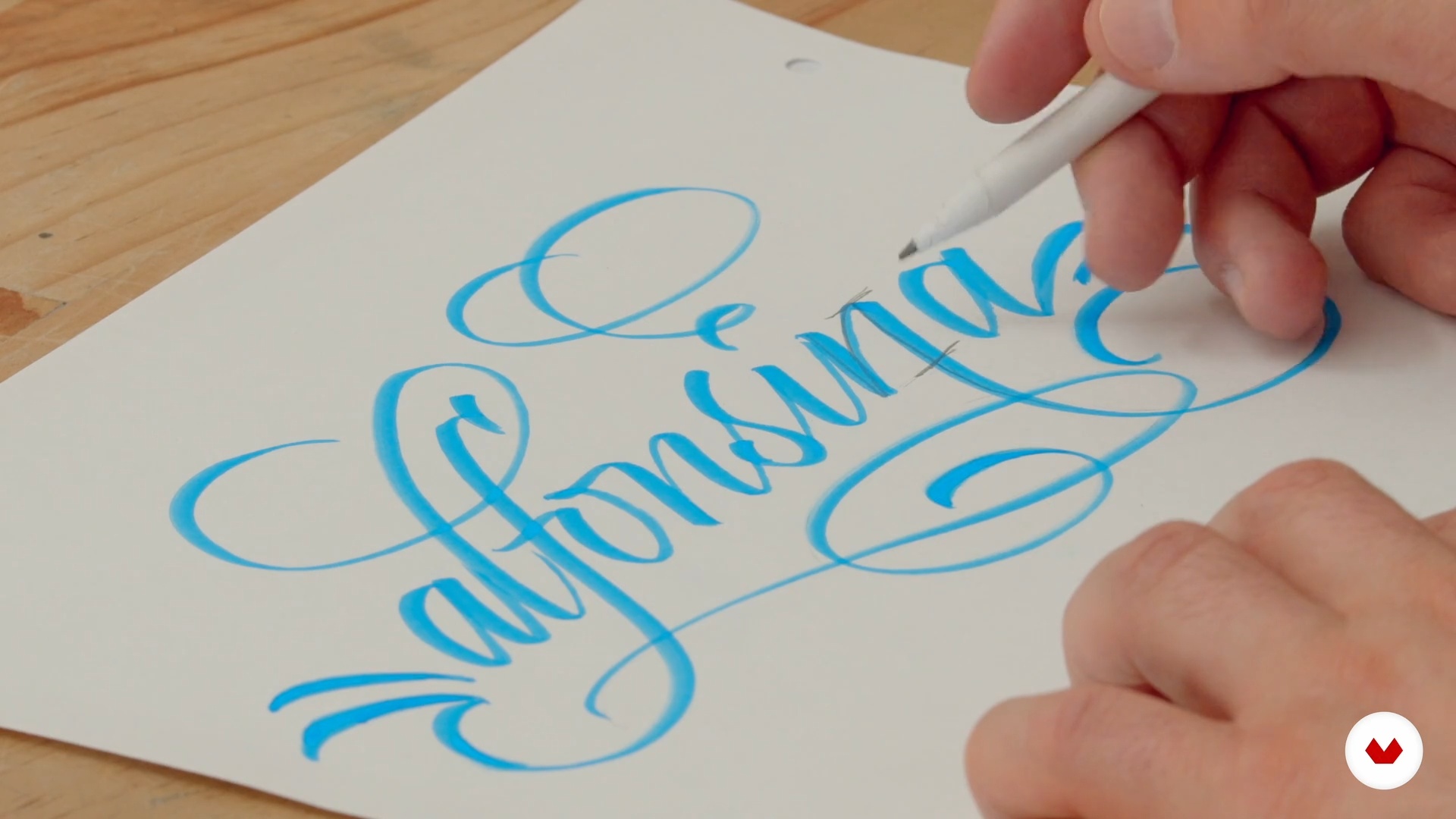
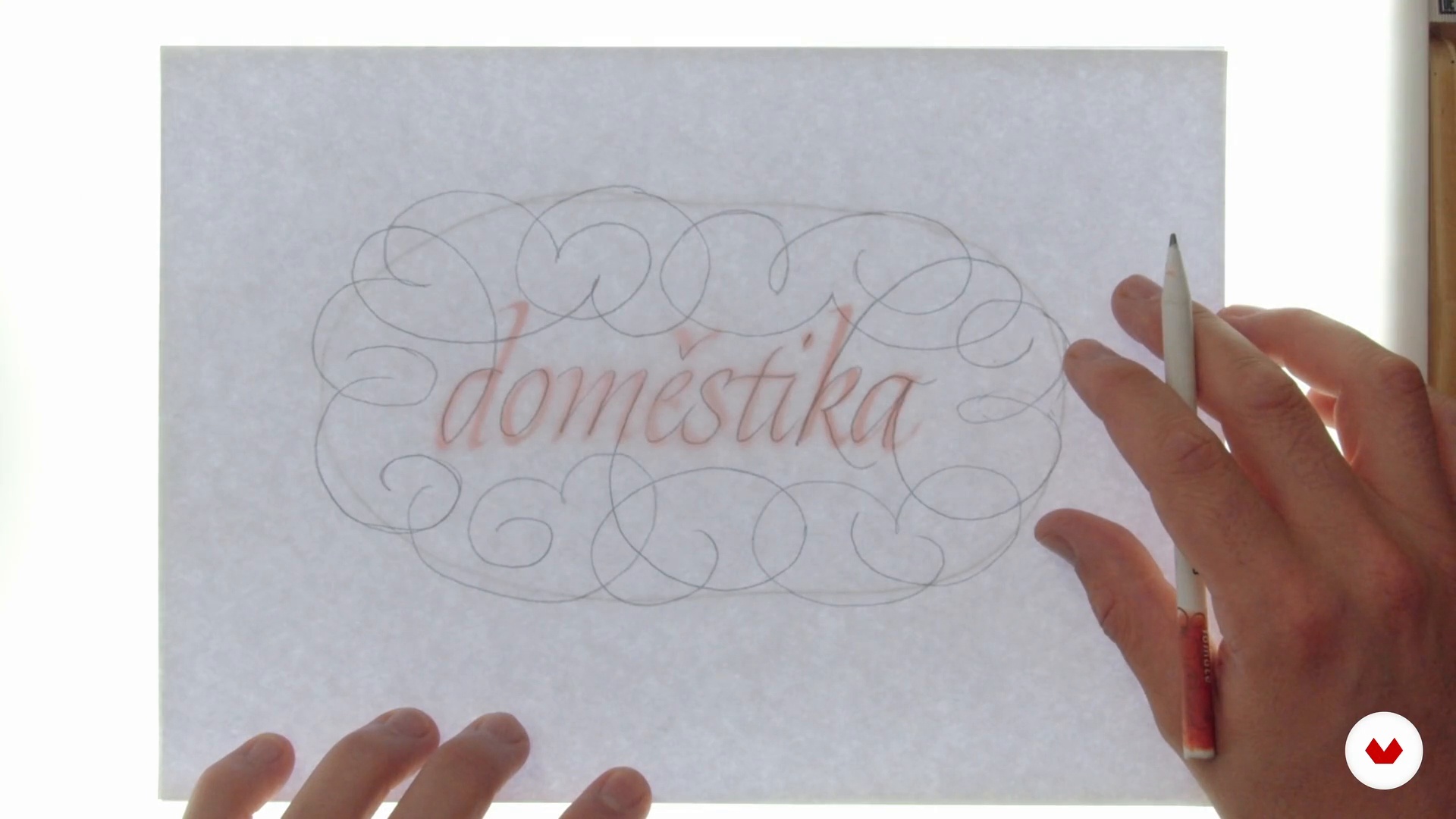
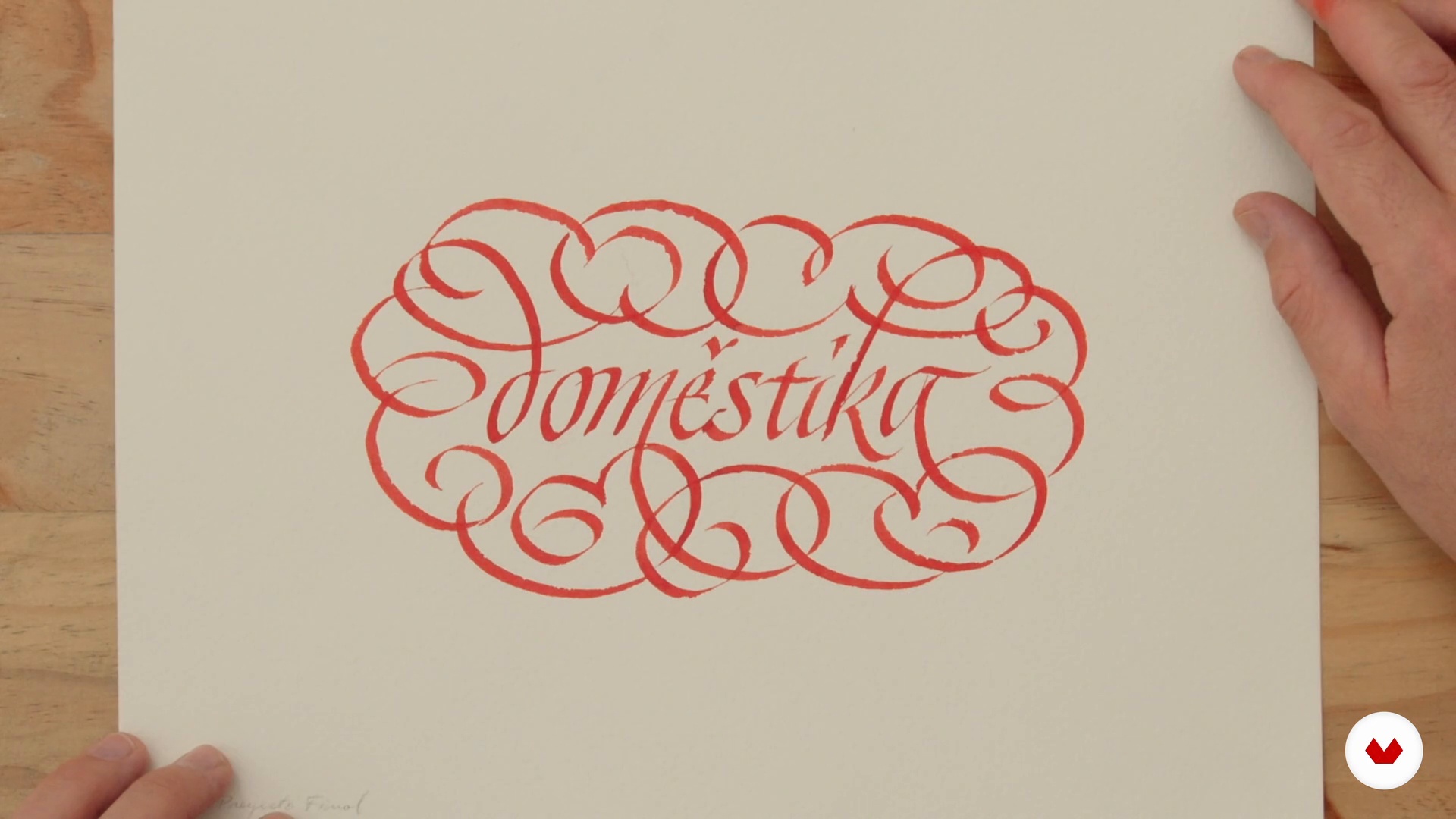
- 68 students
- 83 lessons (14h 21m)
- 79 additional resources (44 files)
- Online and at your own pace
- Audio: Spanish, German, English, Spanish (Latam), French, Italian, Dutch, Polish, Portuguese, Turkish
- Spanish · English · Portuguese · German · French · Italian · Polish · Dutch · Turkish
- Level: Beginner
- Unlimited access forever
What is this course's project?
You'll create a professional portfolio that demonstrates technical mastery in English, uncial, italic, and foundational calligraphy styles, culminating in a masterful ornamental composition. You'll integrate classical and modern techniques, creating unique artistic and commercial pieces.
Who is this specialization for?
Graphic designers looking to incorporate authenticity into their projects; artists wishing to develop traditional craft skills with contemporary applications; branding professionals creating unique visual identities; and aspiring calligraphers interested in comprehensive training from fundamentals to masterful ornamentation.
Requirements and materials
No extensive prior knowledge is required, but it's helpful to have a quill pen, a brush pen, calligraphy paper, a pencil, an eraser, and masking tape. Regular practice and patience are essential to mastering calligraphy techniques and developing artistic skills.






What to expect from this specialization course
-
Learn at your own pace
Enjoy learning from home without a set schedule and with an easy-to-follow method. You set your own pace.
-
Learn from the best professionals
Learn valuable methods and techniques explained by top experts in the creative sector.
-
Meet expert teachers
Each expert teaches what they do best, with clear guidelines, true passion, and professional insight in every lesson.
-
Certificates
PlusIf you're a Plus member, get a custom certificate for every specialization course. Share it on your portfolio, social media, or wherever you like.
-
Get front-row seats
Videos of the highest quality, so you don't miss a single detail. With unlimited access, you can watch them as many times as you need to perfect your technique.
-
Share knowledge and ideas
Ask questions, request feedback, or offer solutions. Share your learning experience with other students in the community who are as passionate about creativity as you are.
-
Connect with a global creative community
The community is home to millions of people from around the world who are curious and passionate about exploring and expressing their creativity.
-
Watch professionally produced courses
Domestika curates its teacher roster and produces every course in-house to ensure a high-quality online learning experience.
FAQs
What are Domestika's online courses?
Domestika courses are online classes that allow you to learn new skills and create incredible projects. All our courses include the opportunity to share your work with other students and/or teachers, creating an active learning community. We offer different formats:
Original Courses: Complete classes that combine videos, texts, and educational materials to complete a specific project from start to finish.
Basics Courses: Specialized training where you master specific software tools step by step.
Specialization Courses: Learning paths with various expert teachers on the same topic, perfect for becoming a specialist by learning from different approaches.
Guided Courses: Practical experiences ideal for directly acquiring specific skills.
Intensive Courses (Deep Dives): New creative processes based on artificial intelligence tools in an accessible format for in-depth and dynamic understanding.
When do the specialization courses start and when do they finish?
All specialization courses are 100% online, so once they're published, specialization courses start and finish whenever you want. You set the pace of the class. You can go back to review what interests you most and skip what you already know, ask questions, answer questions, share your projects, and more.
What do Domestika's specialization courses include?
The specialization courses are divided into different modules. Each one includes lessons, informational text, tasks, and practice exercises to help you carry out your project step by step, with additional complementary resources and downloads. You'll also have access to an exclusive forum where you can interact with other students, as well as share your work and your final project, creating a community around the specialization courses.
Have you been given a specialization courses?
You can redeem the specialization courses you received by accessing the redeeming page and entering your gift code.

